Third in a series of posts highlighting the Polish children's book collection of Aleksandra & Daniel Mizieliński, aka Hipopotam
![]()
Illus. by Jan Marcin Szancer for Baśń o Szklanej Górze, 1972
From the collection of Hipopotam
From a blurb by Janusz Stanny about the 2009 book Wwaga! Spychacze! (Watch Out! Bulldozers!: Young Polish Illustration)The early 1960s. "RUCH" Publishers is founded. Professor Jan Marcin Szancer becomes its art director. Szancer decides to reach with ambitious books out to the most distant corners of the country, and he succeeds in selling them through a network of RUCH outlets. He invites some distinguished artists to work with him, including Henryk Tomaszewski, Antoni Uniechowski, Jan Mlodozeniec, Andrzej Strumillo, and Olga Siemaszko, as well as a large group of young artists, often his students. That group numbered 40 people, and I was in it too, as an assistant of Professor Jan Marcin's. Szancer organized regular exhibitions of work by artists cooperating with the publishing house.
From Zygmunt Januszewski's preface to the same book:The Studio of Illustration, Academy of Fine Arts in Warsaw, is an exceptional place, continuing a tradition that goes back many years, and with an established position within the Faculty of Graphic Arts. Founded by Jan Marcin Szancer in 1951, then for over 25 years , from 1971, superbly run by Professor Janusz Stanny, it educated 250 degree students.
![]()
Illus. by Henryk Chmielewski for Tytus, Romek i A’Tomek, 1974
From the collection of Hipopotam
![]()
Cover illus. by Teresa Wilbik for Joachim Lis, detektyw dyplomowany, 1974
From the collection of Hipopotam
Original title: Joakim Räv by Ingemar Fjell. There's a 1968 English edition, Jack Fox, Detective: "When the Badgers discover their jam has disappeared, and the only clue is an X on the wall, they call in Jack Fox, who has just completed a correspondence course for private detectives, to investigate the case."
![]()
Illus. by Teresa Wilbik for Joachim Lis, detektyw dyplomowany, 1974
From the collection of Hipopotam
![]()
Cover illus. by Waldemar Andrzejewski for Śmiejmy się, 1976
From the collection of Hipopotam
![]()
Illus. by Waldemar Andrzejewski for Śmiejmy się, 1976
From the collection of Hipopotam
![]()
Illus. by Waldemar Andrzejewski for Śmiejmy się, 1976
From the collection of Hipopotam
![]()
Illus. by Waldemar Andrzejewski for Śmiejmy się, 1976
From the collection of Hipopotam
![]()
Illus. by Józef Wilkoń for Wyprawa tapatików, 1974
From the collection of Hipopotam
![]()
Illus. by Józef Wilkoń for Wyprawa tapatików, 1974
From the collection of Hipopotam
![]()
Illus. by Józef Wilkoń for Wyprawa tapatików, 1974
From the collection of Hipopotam
![]()
Illus. by Irena Przewłocka for Baśnie indiańskie, 1971
From the collection of Hipopotam
![]()
Illus. by Irena Przewłocka for Baśnie indiańskie, 1971
From the collection of Hipopotam
![]()
Illus. by Zbigniew Rychlicki for Zaczarowane kółko Misia Uszatka, 1970
From the collection of Hipopotam
![]()
Illus. by Zbigniew Rychlicki for Zaczarowane kółko Misia Uszatka, 1970
From the collection of Hipopotam
![]()
Illus. by Maria Szymańska for Dar Królowej Róż, 1971
From the collection of Hipopotam
![]()
Illus. by Maria Szymańska for Dar Królowej Róż, 1971
From the collection of Hipopotam
![]()
Cover illus. by Bohdan Butenko for Niebo i kalendarz, 1973
From the collection of Hipopotam
![]()
Illus. by Bohdan Butenko for Niebo i kalendarz, 1973
From the collection of Hipopotam
![]()
Illus. by Bohdan Butenko for Niebo i kalendarz, 1973
From the collection of Hipopotam
![]()
Cover illus. by Zbigniew Rychlicki for Mądra poduszka, 1977
From the collection of Hipopotam
![]()
Illus. by Zbigniew Rychlicki for Mądra poduszka, 1977
From the collection of Hipopotam
![]()
Illus. by Zbigniew Rychlicki for Mądra poduszka, 1977
From the collection of Hipopotam
![]()
Illus. by Teresa Wilbik for O dobrym rycerzu, dumnym koniu i śmiejącym się ośle, 1971
From the collection of Hipopotam
![]()
Illus. by Marian Stachurski for Bajki, 1970
From the collection of Hipopotam
![]()
Illus. by Krystyna Michałowska for Kaczki, 1972
From the collection of Hipopotam
![]()
Illus. by Józef Wilkoń for Tapatiki kontra Mandiable, 1976
From the collection of Hipopotam
![]()
Illus. by Józef Wilkoń for Tapatiki kontra Mandiable, 1976
From the collection of Hipopotam
![]()
Illus. by Bohdan Butenko for Romek i czarownice, 1978
From the collection of Hipopotam
![]()
Illus. by Adam Kilian for Misie nie chcą spać, 1973
From the collection of Hipopotam
![]()
Illus. by Krystyna Wojciechowska for Gdyby…, 1975
From the collection of Hipopotam
![]()
From U nas |Środowisko społeczno-przyrodnicze, 1978
Illustrators: Illus. by Elżbieta Procka, Jerzy Heintze, Mirosław Tokarczyk
From the collection of Hipopotam
![]()
Illus. by Adam Kilian for French-Polish children's dictionary, 1979
From the collection of Hipopotam
![]()
Illus. by Jerzy Flisak for Niewiarygodne przygody Marka Piegusa, 1973
From the collection of Hipopotam
See the full series and also "The Wonderful Wizards of Wooj" parts one and two
See all posts tagged "Poland" on 50 Watts
![]() I can't find so much as a blurb about Olga (1868–1928), who published under "O. Kopetzky." Her work has been in circulation, though, as she illustrated an oft-reprinted 1915 edition of Paul Carus's Gospel of Buddha.
The animated dolls of Das Nürnberger ABC remind me strongly of Das Puppendorf.
Scans via the Braunschweig Library
I can't find so much as a blurb about Olga (1868–1928), who published under "O. Kopetzky." Her work has been in circulation, though, as she illustrated an oft-reprinted 1915 edition of Paul Carus's Gospel of Buddha.
The animated dolls of Das Nürnberger ABC remind me strongly of Das Puppendorf.
Scans via the Braunschweig Library
![]()
![]()
![]()
![]()
![]()
![]()
![]()
![]()
![]()
![]()
![]()
![]()
![]()
![]()
![]()
![]() See the full "Kinderbuch series" of German, Austrian, and Swiss children's books
See all children's books on 50 Watts
See the full "Kinderbuch series" of German, Austrian, and Swiss children's books
See all children's books on 50 Watts
 I can't find so much as a blurb about Olga (1868–1928), who published under "O. Kopetzky." Her work has been in circulation, though, as she illustrated an oft-reprinted 1915 edition of Paul Carus's Gospel of Buddha.
The animated dolls of Das Nürnberger ABC remind me strongly of Das Puppendorf.
Scans via the Braunschweig Library
I can't find so much as a blurb about Olga (1868–1928), who published under "O. Kopetzky." Her work has been in circulation, though, as she illustrated an oft-reprinted 1915 edition of Paul Carus's Gospel of Buddha.
The animated dolls of Das Nürnberger ABC remind me strongly of Das Puppendorf.
Scans via the Braunschweig Library





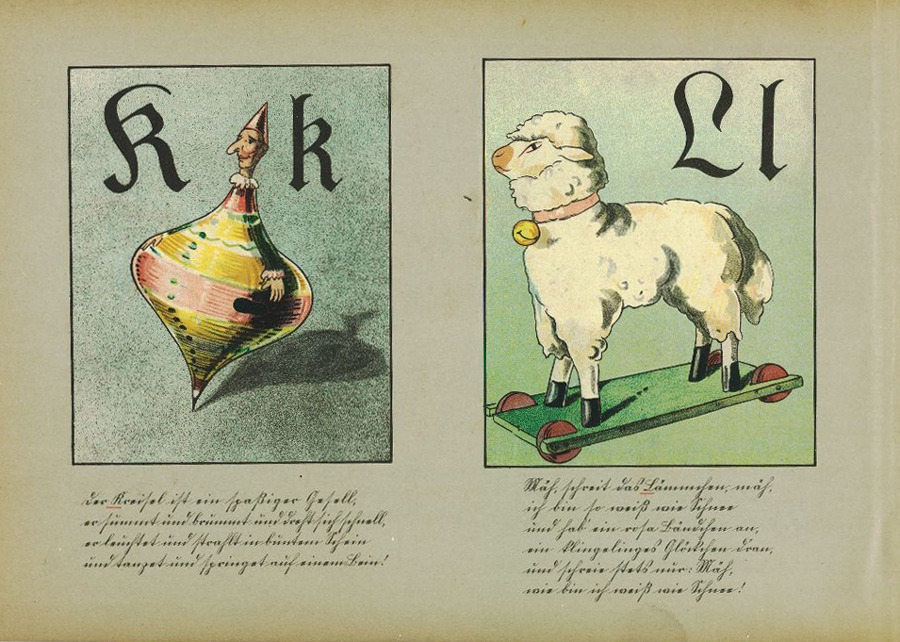









 See the full "Kinderbuch series" of German, Austrian, and Swiss children's books
See all children's books on 50 Watts
See the full "Kinderbuch series" of German, Austrian, and Swiss children's books
See all children's books on 50 Watts
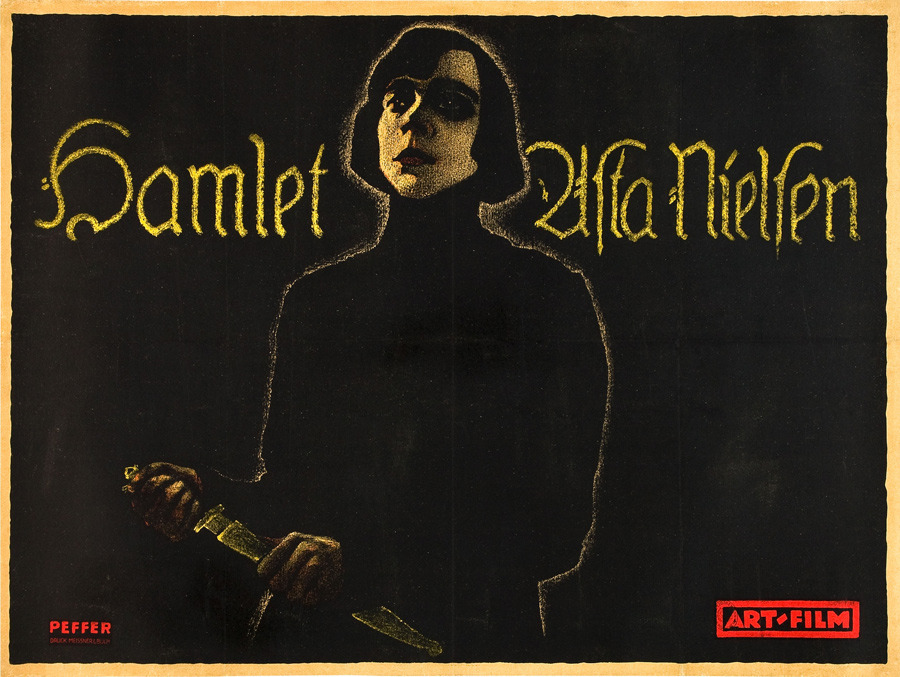 Hamlet, Germany 1921
This post was prompted by my ogling the archives of the poster dealer plakatkontor.de. I then scrounged around expired auction listings for more. Also check out the recent popular post on Swedish posters from 1930s Hollywood (sequel in post-production).
Hamlet, Germany 1921
This post was prompted by my ogling the archives of the poster dealer plakatkontor.de. I then scrounged around expired auction listings for more. Also check out the recent popular post on Swedish posters from 1930s Hollywood (sequel in post-production).
 Sherlock Holmes, 1922
Sherlock Holmes, 1922
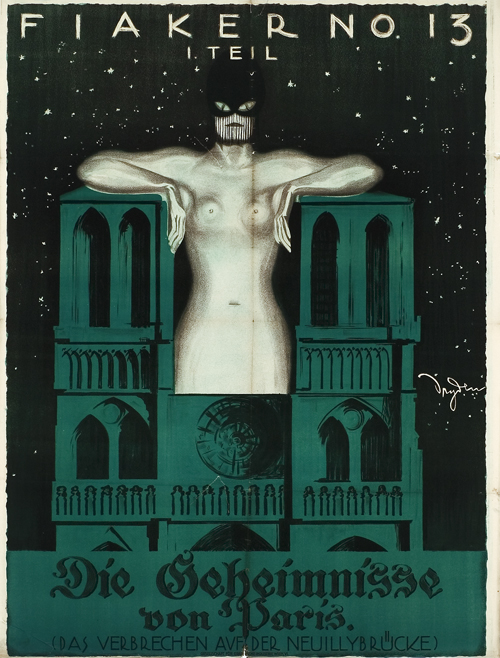 Carriage No. 13, part 1: The Secrets of Paris
design by Ernst Dryden, Austria c.1916 [buy one for $19,000]
Carriage No. 13, part 1: The Secrets of Paris
design by Ernst Dryden, Austria c.1916 [buy one for $19,000]
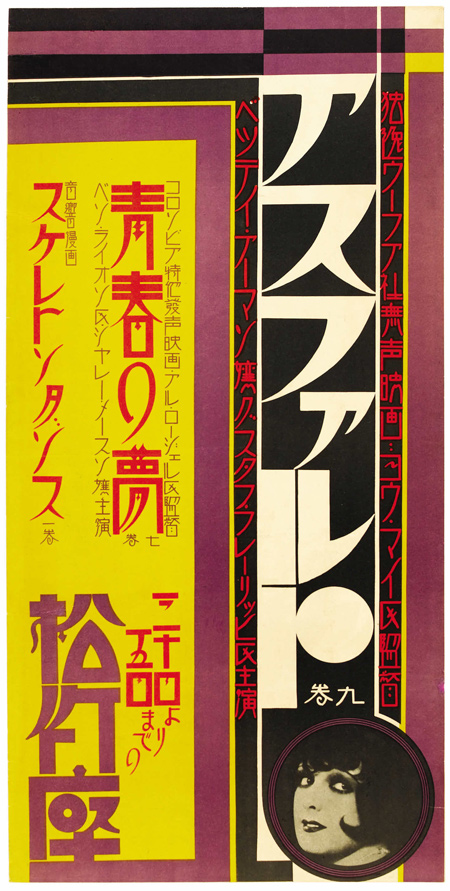 Japanese poster for Asphalt, 1929
Japanese poster for Asphalt, 1929
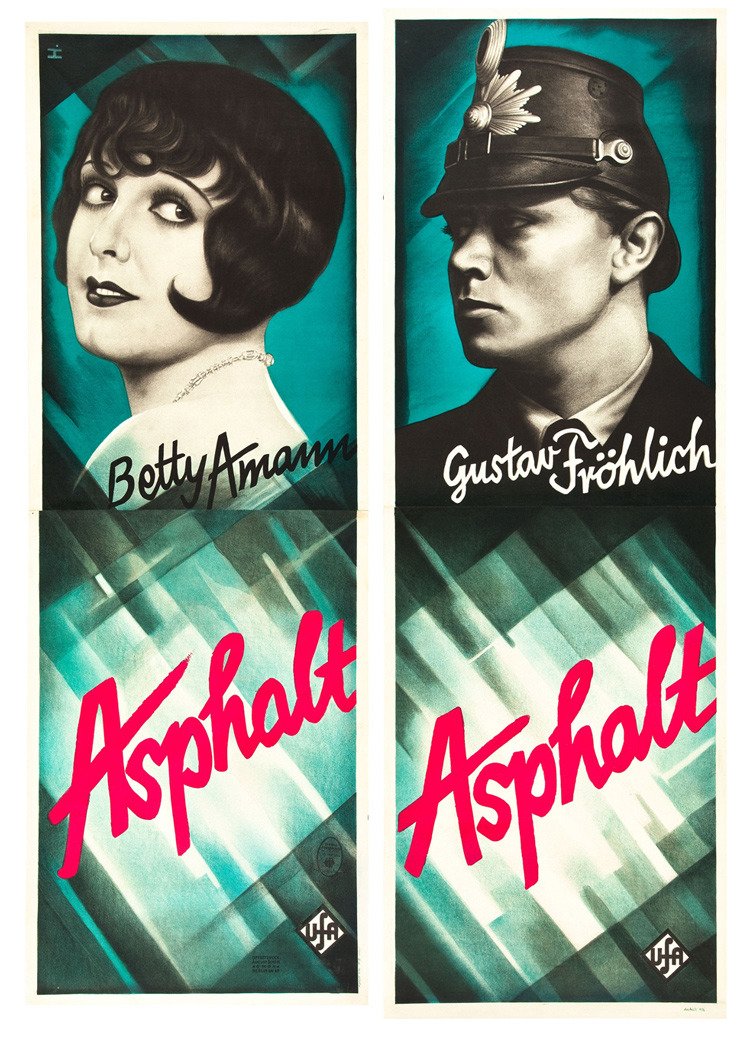 Asphalt, 1929
Asphalt, 1929
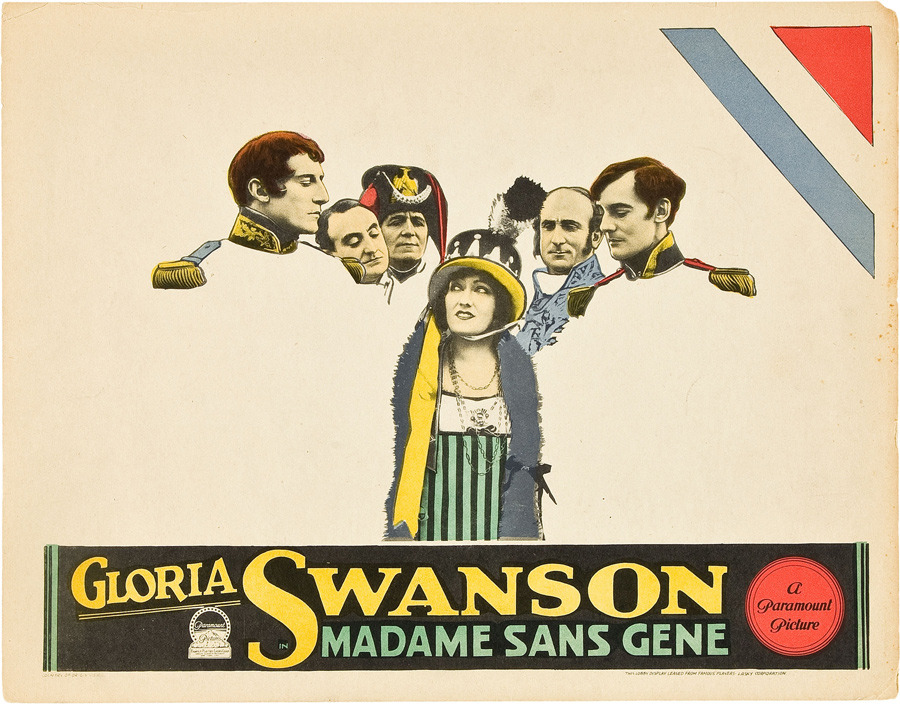 Gloria Swanson in Madame Sans Gêne, 1924
Gloria Swanson in Madame Sans Gêne, 1924
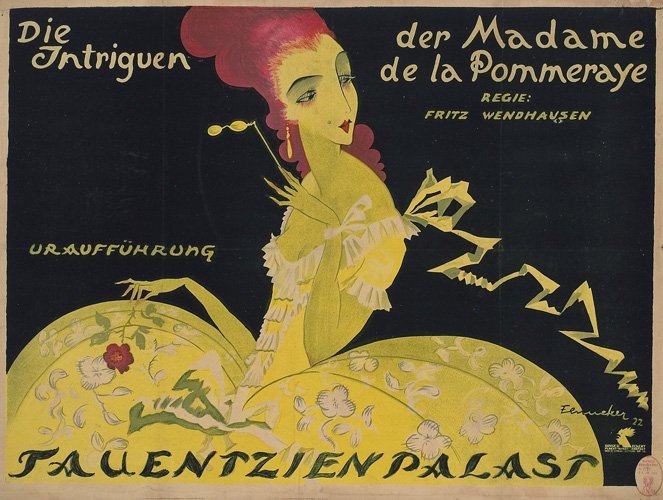 Die Intriguen der Madame de la Pommeraye, Germany 1922
via plakatkontor.de
Die Intriguen der Madame de la Pommeraye, Germany 1922
via plakatkontor.de
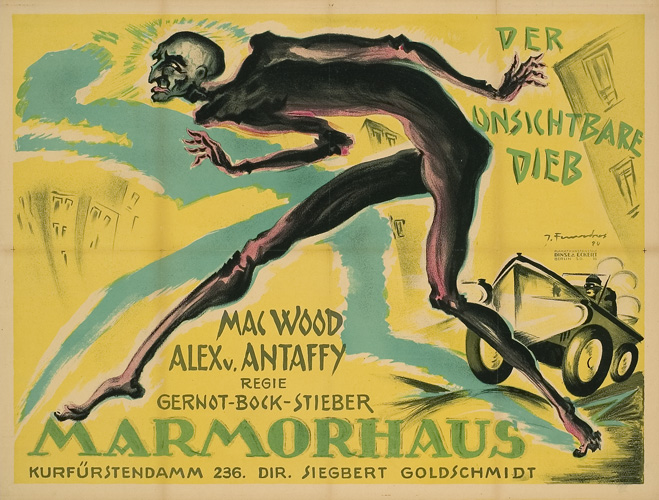 Der unsichtbare Dieb, Germany 1920
via plakatkontor.de
Der unsichtbare Dieb, Germany 1920
via plakatkontor.de
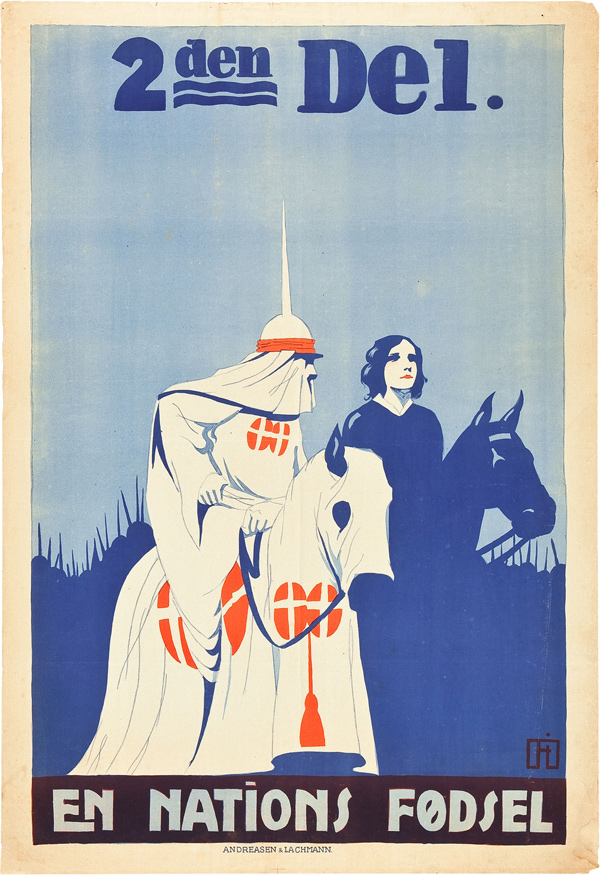 Birth of a Nation, Denmark
Birth of a Nation, Denmark
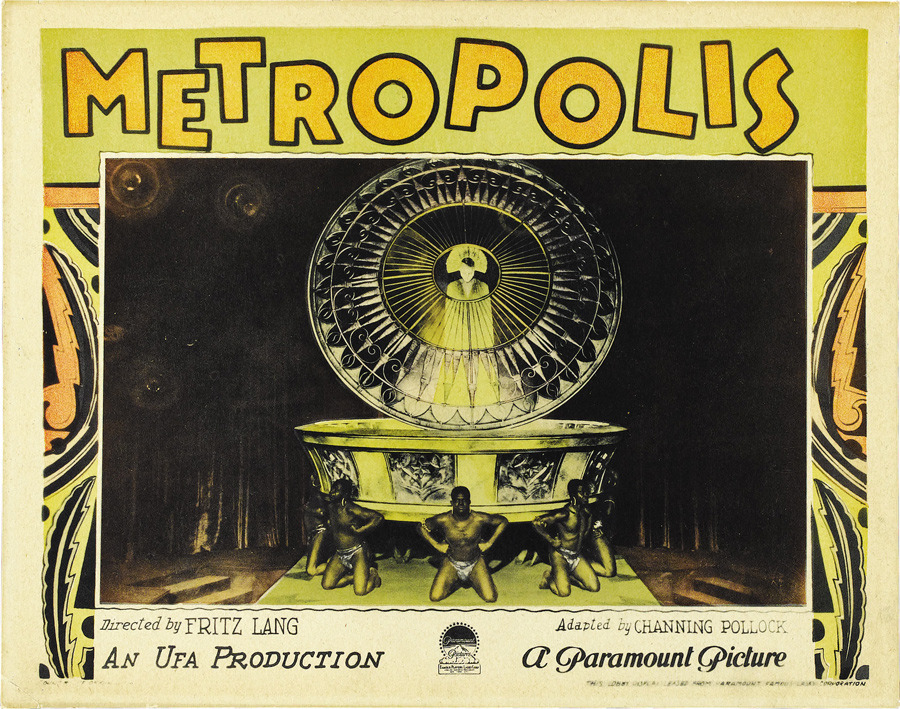 Metropolis, 1927
Metropolis, 1927
 Heart 'O the Hills, Sweden 1919
Heart 'O the Hills, Sweden 1919
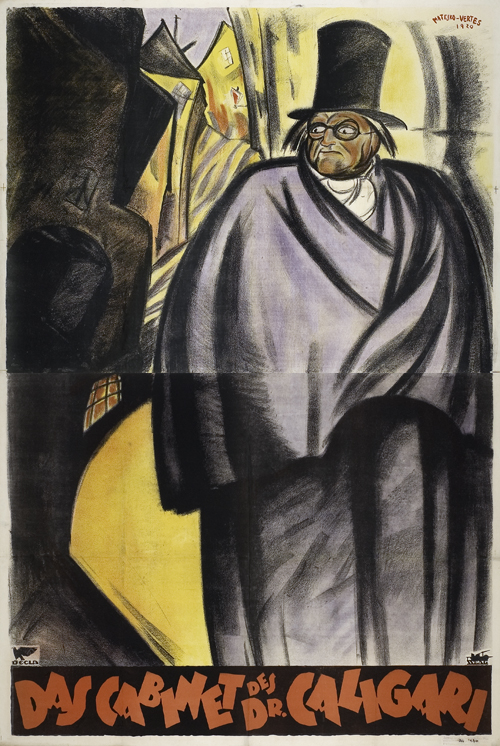 Cabinet of Dr. Caligari, c.1919
Poster by Theo Matejko & Marcell Vértes for the Vienna premiere
via plakatkontor.de
Cabinet of Dr. Caligari, c.1919
Poster by Theo Matejko & Marcell Vértes for the Vienna premiere
via plakatkontor.de
 Im Zeichen der Schuld, Austria 1918
via plakatkontor.de
Im Zeichen der Schuld, Austria 1918
via plakatkontor.de
 Who Is Number One?, 1917
Who Is Number One?, 1917
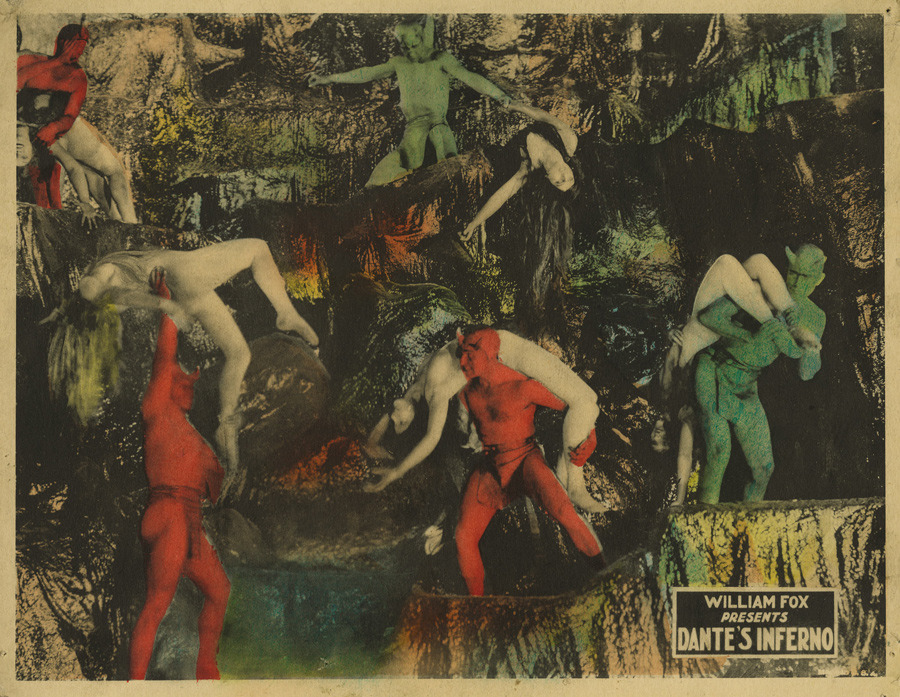 Dante's Inferno, 1924
Dante's Inferno, 1924
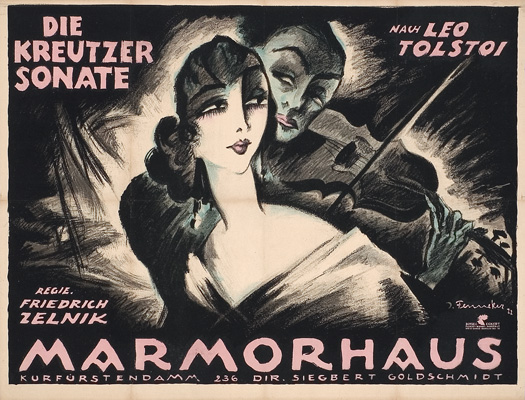 The Kreutzer Sonata, Germany 1922
via plakatkontor.de
The Kreutzer Sonata, Germany 1922
via plakatkontor.de
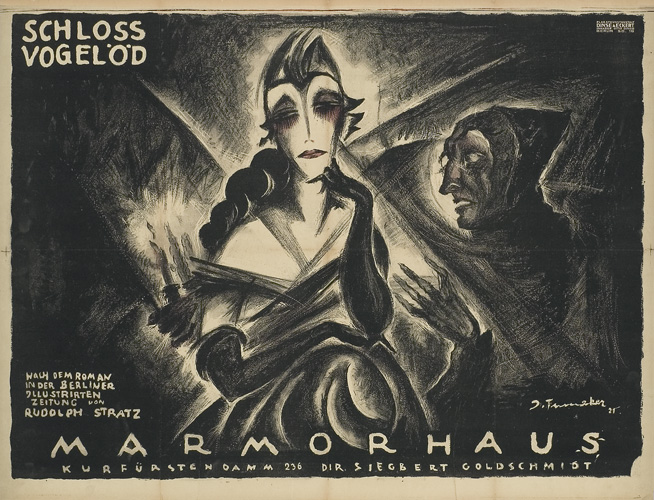 The Haunted Castle, Germany 1921
via plakatkontor.de
The Haunted Castle, Germany 1921
via plakatkontor.de
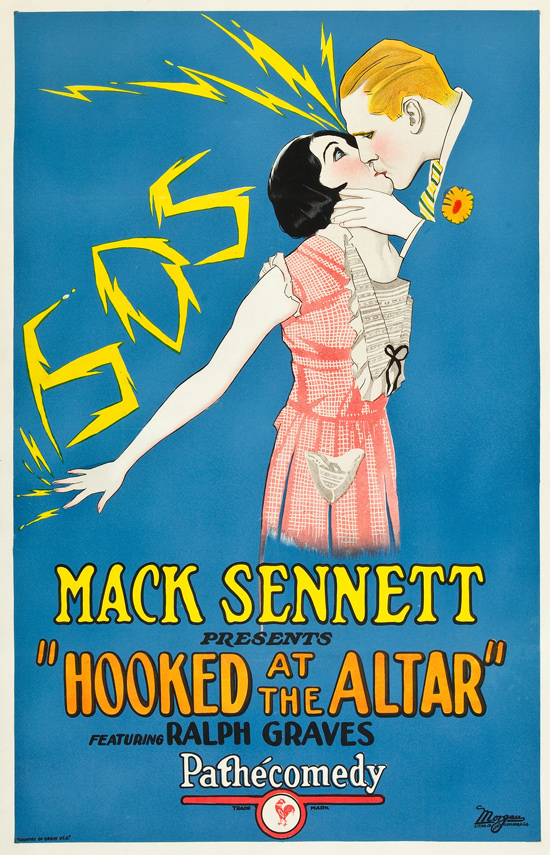 Hooked at the Alter, 1926
Hooked at the Alter, 1926
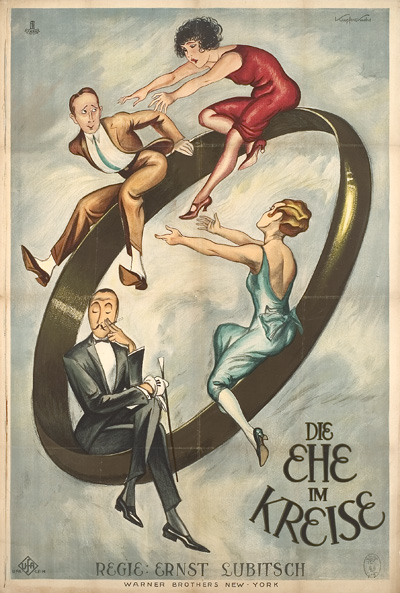 The Marriage Cycle, Germany 1924
via plakatkontor.de
The Marriage Cycle, Germany 1924
via plakatkontor.de
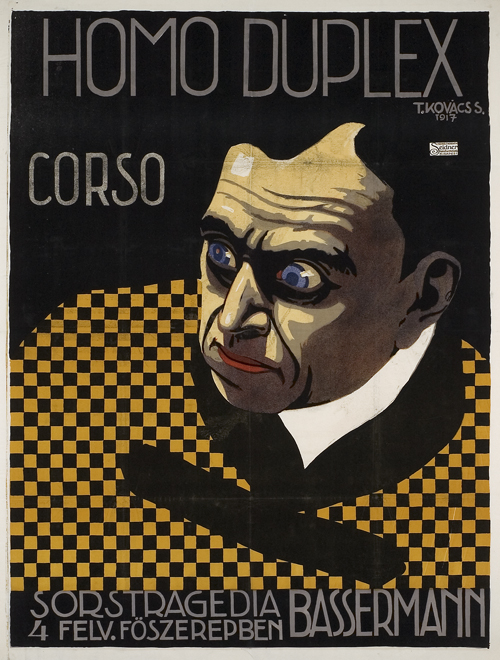 Homo Duplex, Hungary 1917
via plakatkontor.de
Homo Duplex, Hungary 1917
via plakatkontor.de
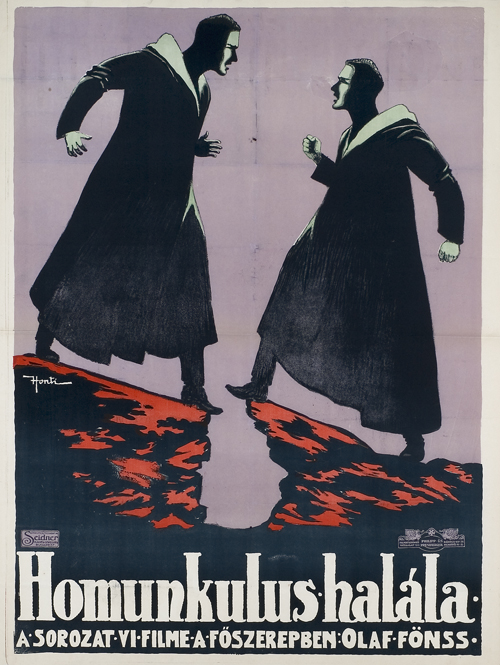 Homunkulus Halála, Hungary 1916
via plakatkontor.de
Homunkulus Halála, Hungary 1916
via plakatkontor.de
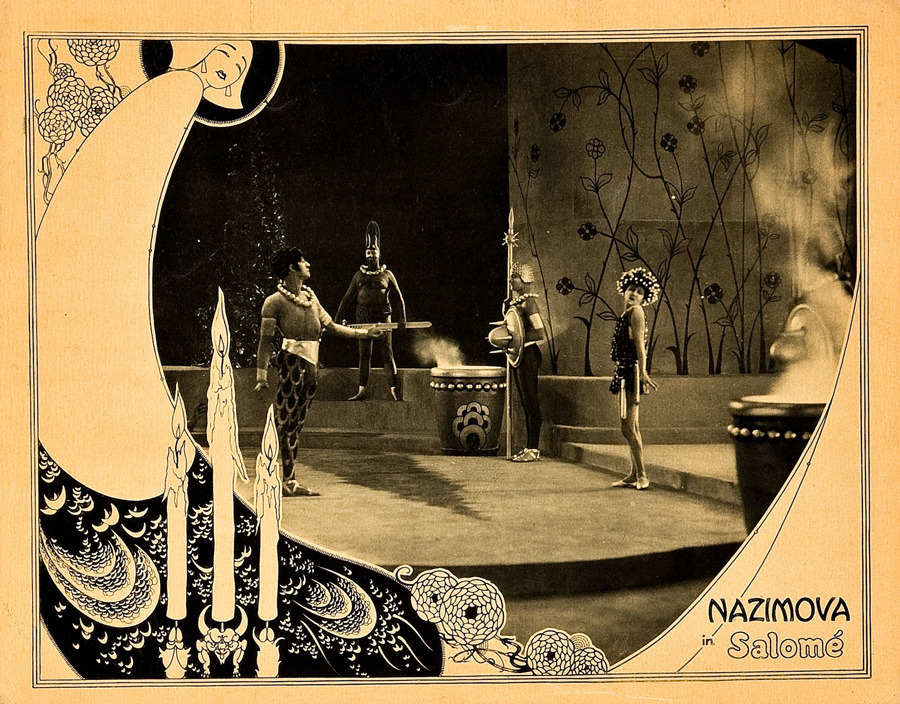 Salome, 1923
Salome, 1923
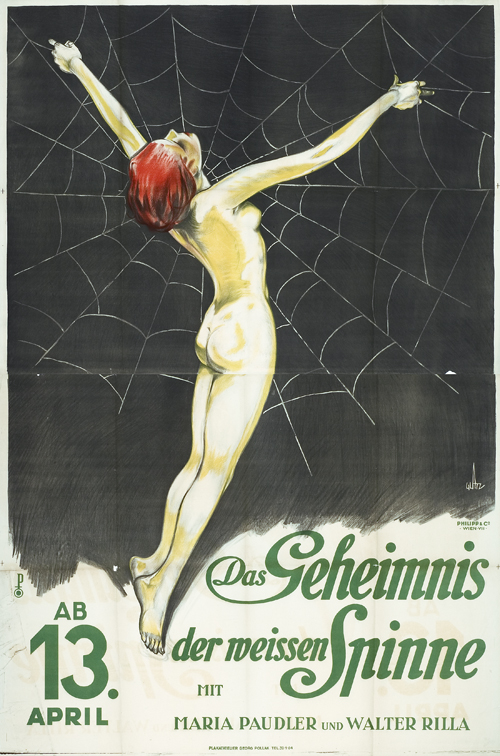 The White Spider, Austria 1927
via plakatkontor.de
The White Spider, Austria 1927
via plakatkontor.de
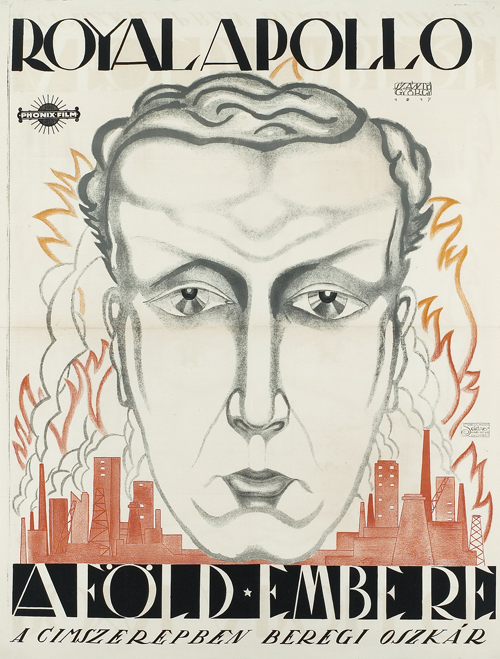 A Föld Embere [The man of the earth], Hungary 1917
via plakatkontor.de
A Föld Embere [The man of the earth], Hungary 1917
via plakatkontor.de
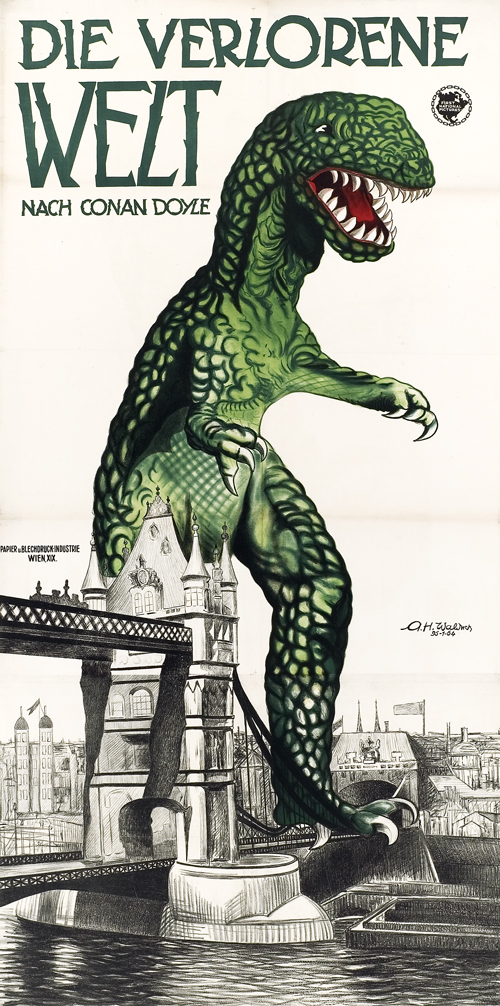 The Lost World, Austria 1926
via plakatkontor.de
The Lost World, Austria 1926
via plakatkontor.de
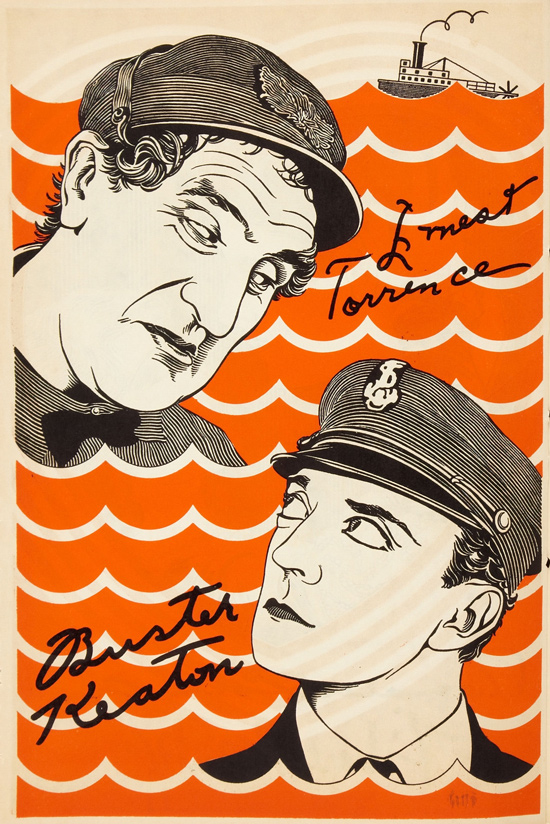 from United Artists Exhibitor Book, 1928-29
from United Artists Exhibitor Book, 1928-29
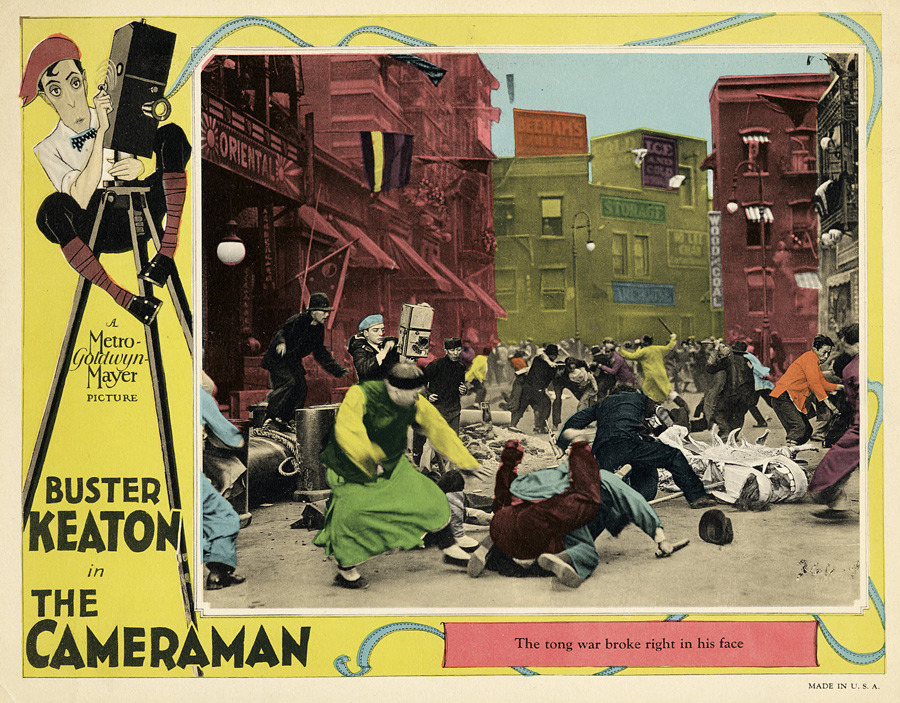 The Cameraman, 1928
The Cameraman, 1928
 Read about the illustrator on Wikipedia: "Paul Vincent Woodroffe (1875–1954) was a British book illustrator and stained-glass artist..."
This is the first of many posts featuring British illustrators I found in Fantastic Illustration And Design In Britain 1850-1930 by Diana L. Johnson.
Read about the illustrator on Wikipedia: "Paul Vincent Woodroffe (1875–1954) was a British book illustrator and stained-glass artist..."
This is the first of many posts featuring British illustrators I found in Fantastic Illustration And Design In Britain 1850-1930 by Diana L. Johnson.



 I love the mice in the bubble on the right.
I love the mice in the bubble on the right.

 Les Monstres du Placard / Caza's blog
From "There are Mickeys everywhere!", a short story issued in the french fanzine Krukuk # 6, in 73.
Les Monstres du Placard / Caza's blog
From "There are Mickeys everywhere!", a short story issued in the french fanzine Krukuk # 6, in 73.
 Les Monstres du Placard / Caza's blog
These next four images are from "Rêve d'eau" ("Water dream"), published in Actuel # 6 (March '71). Actuel was an underground magazine created in '71 in France by Jean-François Bizot.
Caza writes, "Here, in fac-simile, the pages of the magazine with their strange colors (underground style!) and, in black and white, my originals."
Les Monstres du Placard / Caza's blog
These next four images are from "Rêve d'eau" ("Water dream"), published in Actuel # 6 (March '71). Actuel was an underground magazine created in '71 in France by Jean-François Bizot.
Caza writes, "Here, in fac-simile, the pages of the magazine with their strange colors (underground style!) and, in black and white, my originals."
 Les Monstres du Placard / Caza's blog
Les Monstres du Placard / Caza's blog
 Les Monstres du Placard / Caza's blog
Les Monstres du Placard / Caza's blog
 Les Monstres du Placard / Caza's blog
Les Monstres du Placard / Caza's blog
 Les Monstres du Placard / Caza's blog
Above and below images are from "Bip-bip", published in Actuel #15 (December 71)
Caza writes, "I was a great fan of Moscoso, Crumb, Griffin, and some other US underground comix that I could find at one bookseller in Paris."
Les Monstres du Placard / Caza's blog
Above and below images are from "Bip-bip", published in Actuel #15 (December 71)
Caza writes, "I was a great fan of Moscoso, Crumb, Griffin, and some other US underground comix that I could find at one bookseller in Paris."
 Les Monstres du Placard / Caza's blog
Les Monstres du Placard / Caza's blog
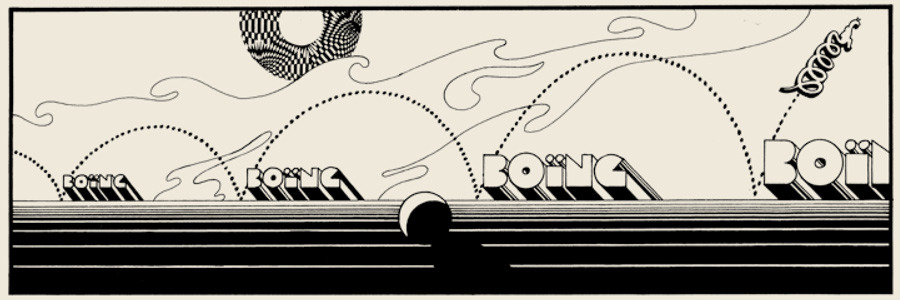 Les Monstres du Placard / Caza's blog
These three come from "Jacno and Ozalide," a short story published in '71 by fanzine Zinograph, and later, in '77, by another fanzine, A comme…
Caza: "My idea was to do something 'Kris Kool style,' but for children, and without psychedelic colors, only some black and white decorative effects 'à la Aubrey Beardsley.'"
Les Monstres du Placard / Caza's blog
These three come from "Jacno and Ozalide," a short story published in '71 by fanzine Zinograph, and later, in '77, by another fanzine, A comme…
Caza: "My idea was to do something 'Kris Kool style,' but for children, and without psychedelic colors, only some black and white decorative effects 'à la Aubrey Beardsley.'"
 Les Monstres du Placard / Caza's blog
Les Monstres du Placard / Caza's blog
 Les Monstres du Placard / Caza's blog
Les Monstres du Placard / Caza's blog
 Les Monstres du Placard / Caza's blog
Caza explains: "These last two are extracts from 'Quand les costumes avaient des dents' ('When suits had teeth'), a series of short stories published during '71 and '72 in Pilote, the celebrated magazine directed by René Goscinny."
Les Monstres du Placard / Caza's blog
Caza explains: "These last two are extracts from 'Quand les costumes avaient des dents' ('When suits had teeth'), a series of short stories published during '71 and '72 in Pilote, the celebrated magazine directed by René Goscinny."
 Les Monstres du Placard / Caza's blog
Previously: Kris Kool
Thanks again to David @ Jive Time Records for sharing Kris Kool last year.
[50 Watts Facebook page]
Les Monstres du Placard / Caza's blog
Previously: Kris Kool
Thanks again to David @ Jive Time Records for sharing Kris Kool last year.
[50 Watts Facebook page]
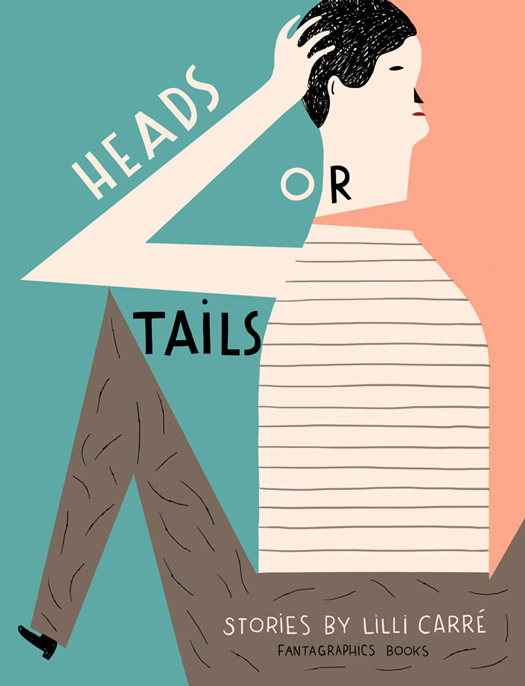 I'm delighted to feature some of my favorite pieces from Lilli Carré's new book Heads or Tails. If you like any of these buy the book immediately [Amazon / Fantagraphics]. See Lilli's comics, illustrations, and artist's books on her website and blog, and read a 2010 interview with her on Pikaland. Watch her animation work on vimeo. Lilli is also one of the guest artists at the Brooklyn Comics & Graphics Festival on November 10.
Bio:Lilli Carré is an artist and illustrator currently living in Chicago. She primarily works in the forms of experimental animation, comics, and print. Her animated films have shown in festivals throughout the US and abroad, including the Sundance Film Festival, and she is the co-founder of the Eyeworks Festival of Experimental Animation. Her books of comics are The Lagoon, Nine Ways to Disappear, Tales of Woodsman Pete, and Heads or Tails. Her work has appeared in The Believer Magazine, the New Yorker, The New York Times, Best American Comics and Best American Nonrequired Reading.
I'm delighted to feature some of my favorite pieces from Lilli Carré's new book Heads or Tails. If you like any of these buy the book immediately [Amazon / Fantagraphics]. See Lilli's comics, illustrations, and artist's books on her website and blog, and read a 2010 interview with her on Pikaland. Watch her animation work on vimeo. Lilli is also one of the guest artists at the Brooklyn Comics & Graphics Festival on November 10.
Bio:Lilli Carré is an artist and illustrator currently living in Chicago. She primarily works in the forms of experimental animation, comics, and print. Her animated films have shown in festivals throughout the US and abroad, including the Sundance Film Festival, and she is the co-founder of the Eyeworks Festival of Experimental Animation. Her books of comics are The Lagoon, Nine Ways to Disappear, Tales of Woodsman Pete, and Heads or Tails. Her work has appeared in The Believer Magazine, the New Yorker, The New York Times, Best American Comics and Best American Nonrequired Reading.
 Lilli Carré, panels from "The Carnival"[Ed.: My mom told me a story over and over growing up. She and a friend were walking on the steep hilly streets of Manayunk Philadelphia during a storm—two unattended skinny little girls—when the wind lifted my mom off her feet and into the air. She first grabbed a stop sign to avoid getting "blown away." As she tells it, this kept happening for the remainder of the walk from House A to House B. Scamper forward, get picked up by the wind, grab something to keep from flying away. In my surely-faulty-but-jealously-clung-to memory of the story, mom made it at least eight feet off the ground. For thirty years I have been consciously and unconciously wishin' and hopin' and thinkin' and prayin' this would happen to me too. Lilli's sequence somehow communicates with those years of 'wafting' dreams and daydreams — I've always known I would "give in for just a minute" — and has in its quiet way lifted me off my feet.]
Lilli Carré, panels from "The Carnival"[Ed.: My mom told me a story over and over growing up. She and a friend were walking on the steep hilly streets of Manayunk Philadelphia during a storm—two unattended skinny little girls—when the wind lifted my mom off her feet and into the air. She first grabbed a stop sign to avoid getting "blown away." As she tells it, this kept happening for the remainder of the walk from House A to House B. Scamper forward, get picked up by the wind, grab something to keep from flying away. In my surely-faulty-but-jealously-clung-to memory of the story, mom made it at least eight feet off the ground. For thirty years I have been consciously and unconciously wishin' and hopin' and thinkin' and prayin' this would happen to me too. Lilli's sequence somehow communicates with those years of 'wafting' dreams and daydreams — I've always known I would "give in for just a minute" — and has in its quiet way lifted me off my feet.]
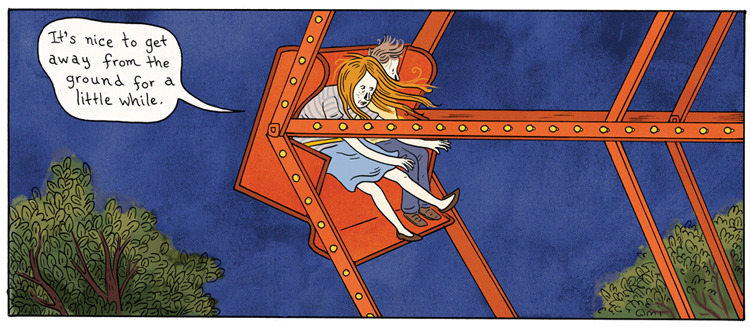 Lilli Carré, panel from "The Carnival"
Lilli Carré, panel from "The Carnival"


 Smoke Signal cover
Smoke Signal cover
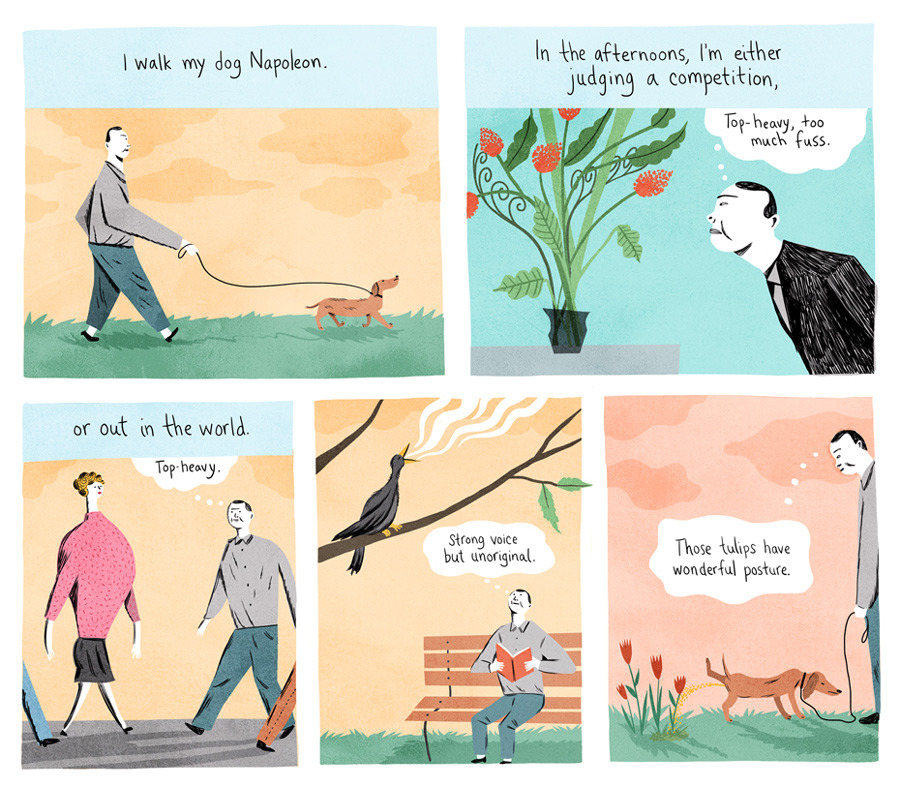 Lilli Carré, panels from "Wishy Washy"
Lilli Carré, panels from "Wishy Washy"
 Lilli Carré, page from "Rainbow Moment"
Lilli Carré, page from "Rainbow Moment"
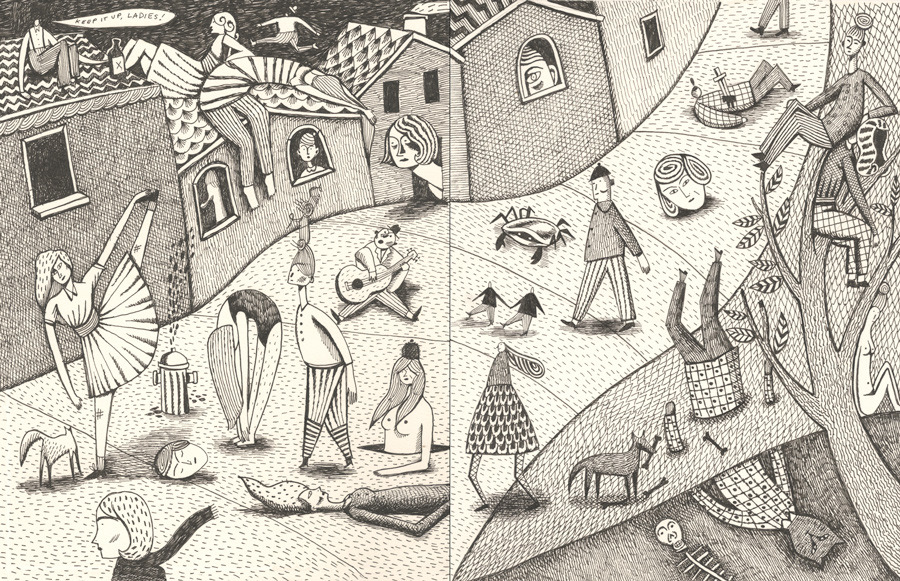
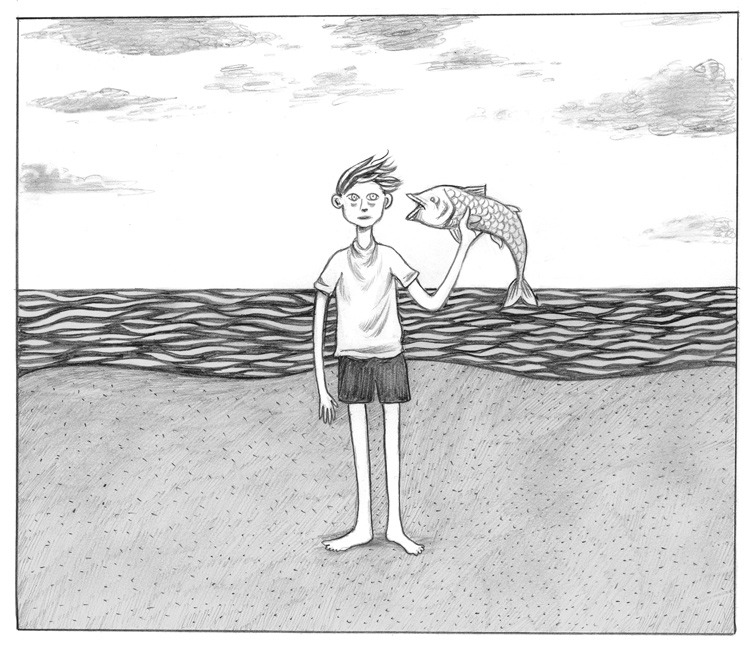 Lilli Carré, panel from "Too Hot to Sleep"
Lilli Carré, panel from "Too Hot to Sleep"

 Lilli Carré, panel from "Into the Night"
Lilli Carré, panel from "Into the Night"

 This story begins, I've thought about you a lot... Maybe 20 times, but each time you get a little foggier,
This story begins, I've thought about you a lot... Maybe 20 times, but each time you get a little foggier,
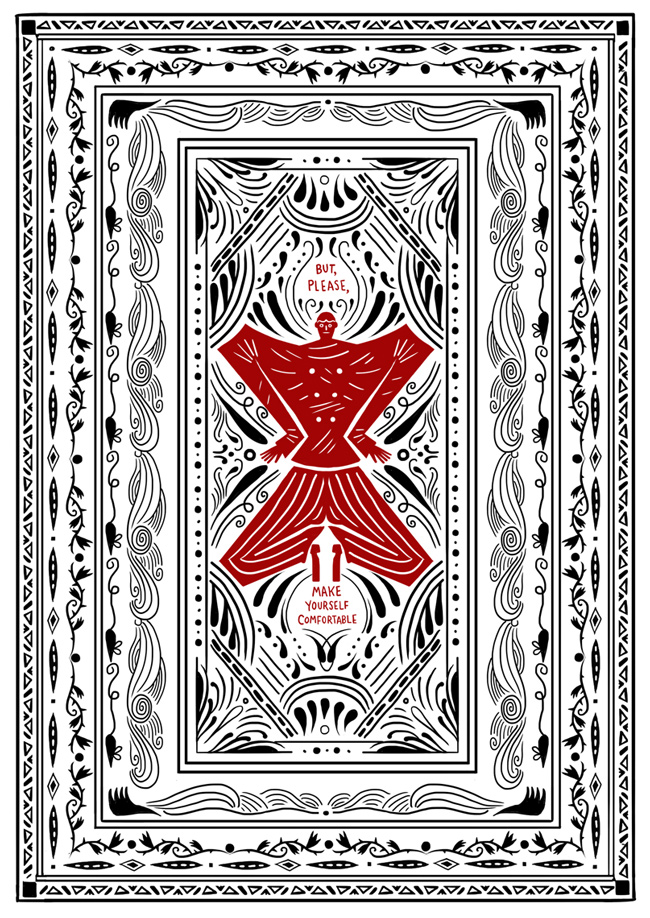
 The book's flaps continue the illustrations from the inside covers. (This image folds on the wrist.) Deluxe!
A quick peak at the animation work:
Pout Melody (Excerpt) by Lilli Carré on Vimeo.
Publisher copy for Heads or Tails:The creator of 2008’s acclaimed graphic novel The Lagoon — named to many annual critics’ lists including Publishers Weekly and USA Today’s Pop Candy — is back with a stunningly designed and packaged collection of some of the most poetic and confident short fiction being produced in comics today. These stories, created over a period of five years, touch on ideas of flip sides, choices, and extreme ambivalence.
Carré’s elegant short stories read like the gothic, family narratives of Flannery O’Connor or Carson McCullers, but told visually. Poetic rhythms — a coin flip, a circling ferris wheel — are punctuated by elements of melancholy fantasy pushed forward by character-driven, naturalistic dialogue. The stories in Heads or Tails display a virtuosic breadth of visual styles and color palettes, each in perfect service of the story, and range from experimental one-pagers to short masterpieces like "The Thing About Madeline" (featured in The Best American Comics 2008), to graphic novellas like "The Carnival" (featured in David Sedaris’ and Dave Eggers’ 2010 Best American Nonrequired Reading, originally published in MOME), to new work created for this book.
The book's flaps continue the illustrations from the inside covers. (This image folds on the wrist.) Deluxe!
A quick peak at the animation work:
Pout Melody (Excerpt) by Lilli Carré on Vimeo.
Publisher copy for Heads or Tails:The creator of 2008’s acclaimed graphic novel The Lagoon — named to many annual critics’ lists including Publishers Weekly and USA Today’s Pop Candy — is back with a stunningly designed and packaged collection of some of the most poetic and confident short fiction being produced in comics today. These stories, created over a period of five years, touch on ideas of flip sides, choices, and extreme ambivalence.
Carré’s elegant short stories read like the gothic, family narratives of Flannery O’Connor or Carson McCullers, but told visually. Poetic rhythms — a coin flip, a circling ferris wheel — are punctuated by elements of melancholy fantasy pushed forward by character-driven, naturalistic dialogue. The stories in Heads or Tails display a virtuosic breadth of visual styles and color palettes, each in perfect service of the story, and range from experimental one-pagers to short masterpieces like "The Thing About Madeline" (featured in The Best American Comics 2008), to graphic novellas like "The Carnival" (featured in David Sedaris’ and Dave Eggers’ 2010 Best American Nonrequired Reading, originally published in MOME), to new work created for this book.
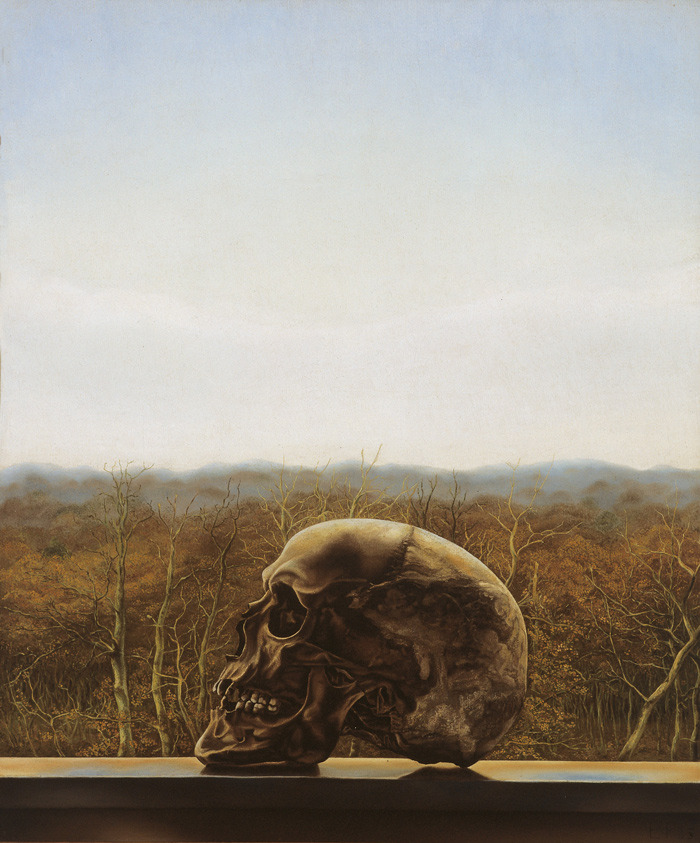 Edgar Fernhout (1912–74), Schedel (Skull),1935
I found this exhibit when searching for work by Edgar Fernhout at the suggestion of Antonia Flowerville. Fernhout is the grandson of Jan Toorop (and son of Charley Toorop, also a painter).
I plan to research all of these artists. Stay tuned.
Edgar Fernhout (1912–74), Schedel (Skull),1935
I found this exhibit when searching for work by Edgar Fernhout at the suggestion of Antonia Flowerville. Fernhout is the grandson of Jan Toorop (and son of Charley Toorop, also a painter).
I plan to research all of these artists. Stay tuned.
 Raoul Hynckes (1893–1973) , Ex-est, 1940
Raoul Hynckes (1893–1973) , Ex-est, 1940
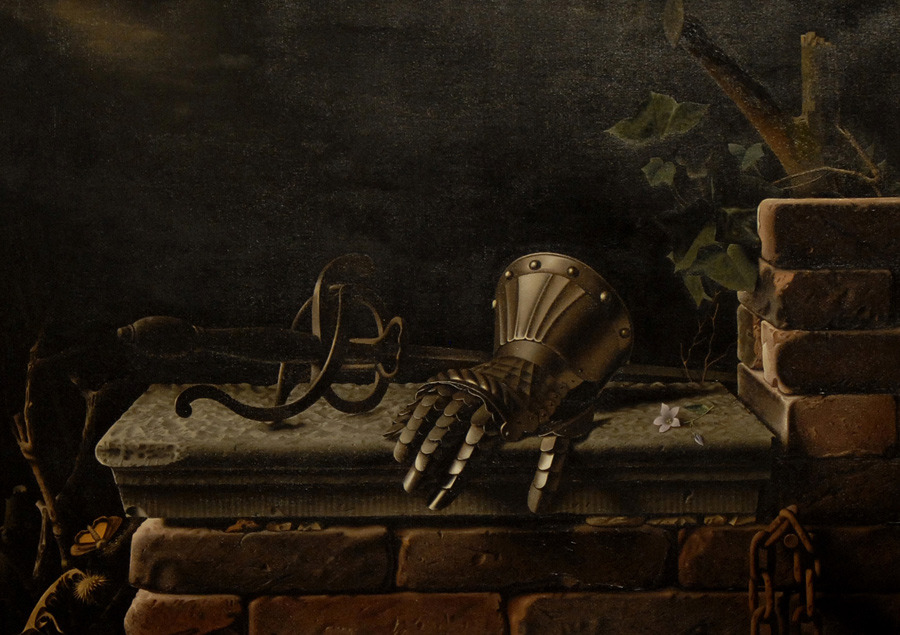 Raoul Hynckes (1893–1973) , De ijzeren hand (The iron hand), 1935
Raoul Hynckes (1893–1973) , De ijzeren hand (The iron hand), 1935
 Johan Mekkink (1904–91), Stilleven met houtduif (Still-life with wood pigeon), 1943/44–1947
Johan Mekkink (1904–91), Stilleven met houtduif (Still-life with wood pigeon), 1943/44–1947
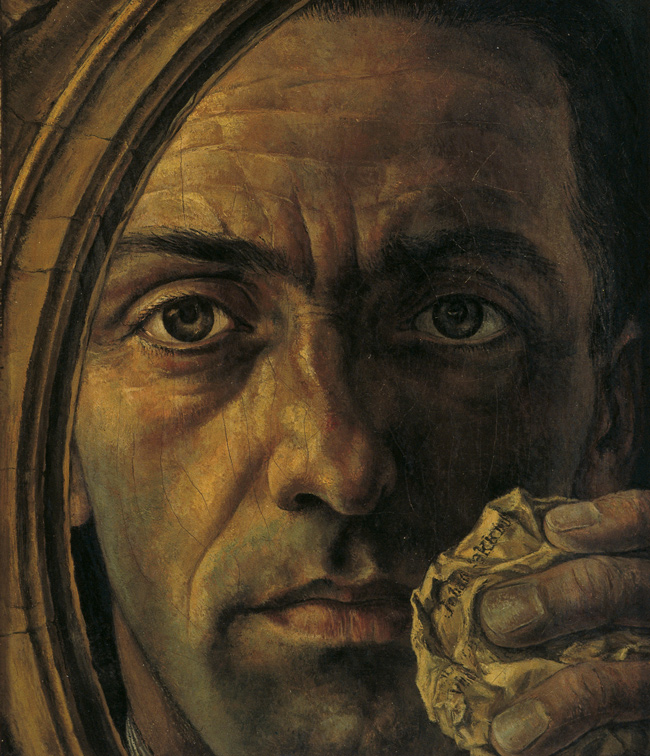 Johan Mekkink (1904–91), Zelfportret in spiegel (Self-portrait in mirror), 1940
Johan Mekkink (1904–91), Zelfportret in spiegel (Self-portrait in mirror), 1940
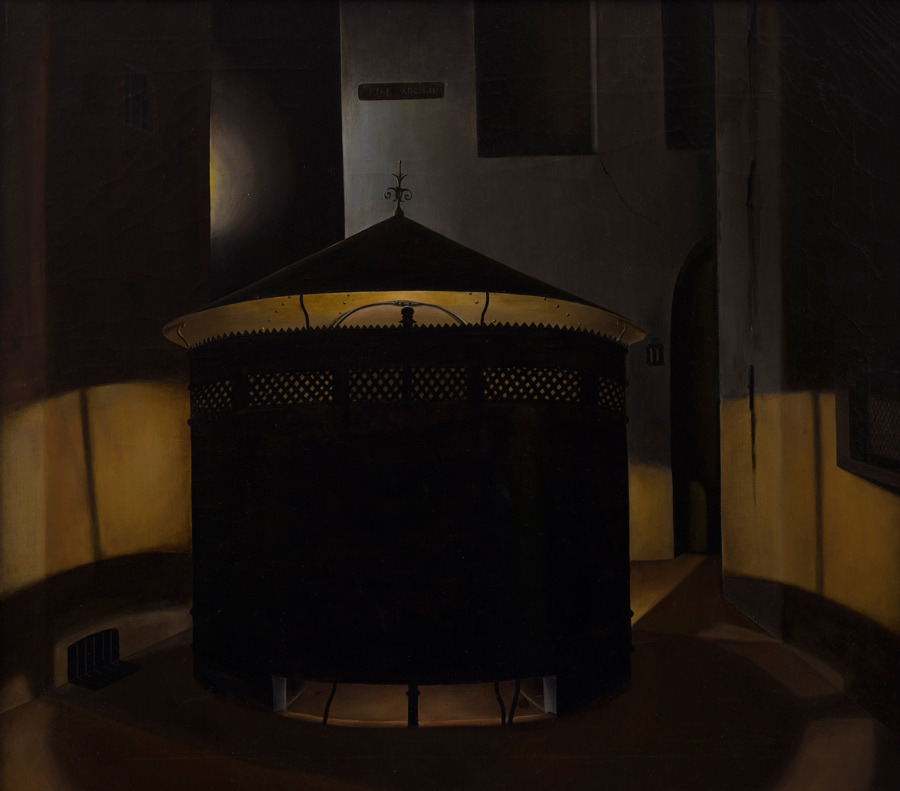 Pyke Koch (1901–91), Nocturne, 1930
Pyke Koch (1901–91), Nocturne, 1930
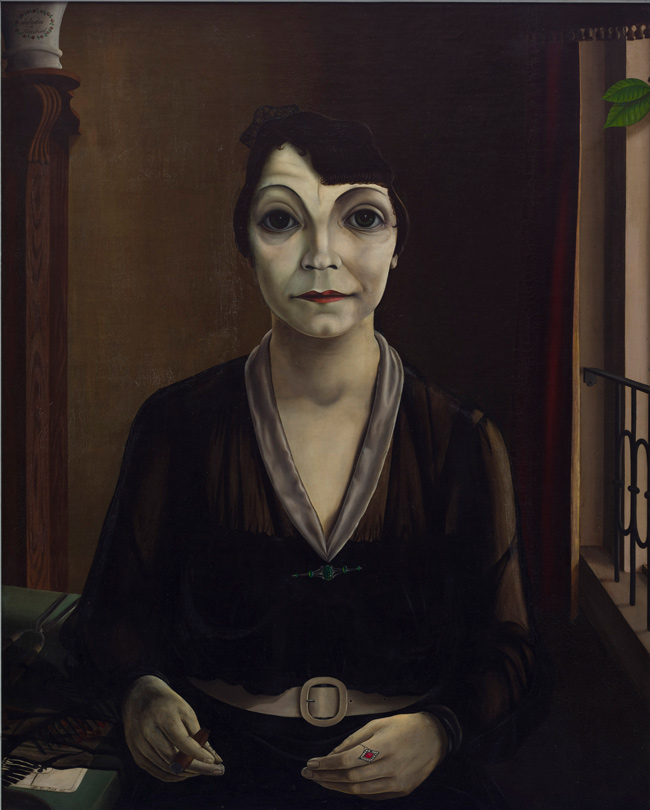 Pyke Koch (1901–91) , Mercedes de Barcelona, 1930
Pyke Koch (1901–91) , Mercedes de Barcelona, 1930
 Dick Ket (1902–40), Stilleven met druiventros (Still-life with grapes), 1934
Dick Ket (1902–40), Stilleven met druiventros (Still-life with grapes), 1934
 Dick Ket (1902–40), Stilleven met Piëta, (Still-life with Piëta), 1932
Dick Ket (1902–40), Stilleven met Piëta, (Still-life with Piëta), 1932
 Carel Willink, Zelfportret met schede (Self-portrait with skull), 1936
Carel Willink, Zelfportret met schede (Self-portrait with skull), 1936
 Carel Willink, Stadsgezicht (City-view), 1934
Carel Willink, Stadsgezicht (City-view), 1934
 Carel Willink, Landschap met omvergeworpen beeld (Landscape with overthrown statue), 1942
Exhibit press release:In November of this year, the exhibition In the shadow of tomorrow. Neorealism in the Netherlands will open at the MMKA. The exhibition is a reprise of the influential exhibition The fearful thirties (De bange jaren dertig) which was featured in 1960 at the Arnhem Municipal Museum (Gemeentemuseum Arnhem), now the MMKA. What made this exhibition unique was that the zeitgeist of the 1930s was used as a starting point for presenting a controversial movement of that time: neorealism. The idea was that this group of painters in the 1930s consciously or unconsciously displayed on canvas the threat of a new world war.
Since its beginnings in 1920, the MMKA has put together an important collection of works by neorealists. Over time, this collection has been carefully expanded with works by painters from the inter-bellum — the period between the world wars — including Dick Ket, Carel Willink, Pyke Koch, Raoul Hynckes, Johan Mekkink, Wim Schuhmacher and Edgar Fernhout. There were significant differences between these artists, but it was clear that they shared common features in their style at this time: figurative painting and fine brushstrokes. Due to the 1960 exhibition and the publication that accompanied it, written by curator Jan van der Mark, the above-mentioned artists are now part of the canon of Dutch neorealists.
Disappointment
Unfortunately, not all of the intended art works could be shown in 1960. Wim Schuhmacher did not participate since he refused to have his work displayed with that of Pyke Koch (who had sympathized with Nazi Germany), Edgar Fernhout was no longer interested in his early work, and Raoul Hynckes wanted to display recent paintings alongside older work.
Two reasons
There are two reasons for presenting a new version of the exhibition in 2012. One has to do with the museum itself. The MMKA was the first museum in the Netherlands to recognize, name, and collect work representing the neorealist movement at a time when other museums demonstrated a preference for Cobra and American abstract expressionism. In addition, it is now possible to display all the works that were originally selected. The second motivation for a reprise is the similarity between the zeitgeist of the 1930s and that of today, with its global crises and accompanying fears.
Historical document
Curator Ype Koopmans states the following about In the shadow of tomorrow, 2012 : ‘Work by Dutch neorealists has now become well-known and loved by a large public, but the movement hasn’t been represented in a context where so many works could be seen together in one place since the 1960s. For this reason, In the shadow of tomorrow is a unique historical document and an exhibition that art aficionados have to see.’
Carel Willink, Landschap met omvergeworpen beeld (Landscape with overthrown statue), 1942
Exhibit press release:In November of this year, the exhibition In the shadow of tomorrow. Neorealism in the Netherlands will open at the MMKA. The exhibition is a reprise of the influential exhibition The fearful thirties (De bange jaren dertig) which was featured in 1960 at the Arnhem Municipal Museum (Gemeentemuseum Arnhem), now the MMKA. What made this exhibition unique was that the zeitgeist of the 1930s was used as a starting point for presenting a controversial movement of that time: neorealism. The idea was that this group of painters in the 1930s consciously or unconsciously displayed on canvas the threat of a new world war.
Since its beginnings in 1920, the MMKA has put together an important collection of works by neorealists. Over time, this collection has been carefully expanded with works by painters from the inter-bellum — the period between the world wars — including Dick Ket, Carel Willink, Pyke Koch, Raoul Hynckes, Johan Mekkink, Wim Schuhmacher and Edgar Fernhout. There were significant differences between these artists, but it was clear that they shared common features in their style at this time: figurative painting and fine brushstrokes. Due to the 1960 exhibition and the publication that accompanied it, written by curator Jan van der Mark, the above-mentioned artists are now part of the canon of Dutch neorealists.
Disappointment
Unfortunately, not all of the intended art works could be shown in 1960. Wim Schuhmacher did not participate since he refused to have his work displayed with that of Pyke Koch (who had sympathized with Nazi Germany), Edgar Fernhout was no longer interested in his early work, and Raoul Hynckes wanted to display recent paintings alongside older work.
Two reasons
There are two reasons for presenting a new version of the exhibition in 2012. One has to do with the museum itself. The MMKA was the first museum in the Netherlands to recognize, name, and collect work representing the neorealist movement at a time when other museums demonstrated a preference for Cobra and American abstract expressionism. In addition, it is now possible to display all the works that were originally selected. The second motivation for a reprise is the similarity between the zeitgeist of the 1930s and that of today, with its global crises and accompanying fears.
Historical document
Curator Ype Koopmans states the following about In the shadow of tomorrow, 2012 : ‘Work by Dutch neorealists has now become well-known and loved by a large public, but the movement hasn’t been represented in a context where so many works could be seen together in one place since the 1960s. For this reason, In the shadow of tomorrow is a unique historical document and an exhibition that art aficionados have to see.’
 Jan 1939 Ridendo, from the collection of Jérôme Dubois
This is guest post by illustrator Jérôme Dubois, who recently came into a big collection of old magazines which he is lovingly scanning and preserving. Here's what he has learned about Ridendo:Ridendo (derived from the French verb 'rire,' to laugh) was a medical and humor magazine distributed to French physicians from 1933 to 1977, reaching around 450 issues. The first 139 covers were made by illustrator and commercial artist Jacques Touchet (who also published several books in the early fifties, and worked with another french magazine called L'illustration). The covers always picture a physician along with a sympatethic version of Esculape, Latin god of medicine.
The magazine's main content was jokes and cartoons about medicine and medical life, often even drawn by physicians themselves (making most of them really hard to understand). The covers tend to be a good representation of France's cultural life over the years, from medical exams to national celebrations, or even war.
See an article and slideshow about Ridendo on Design Observer. A French website includes smaller scans of most of the covers.
Jan 1939 Ridendo, from the collection of Jérôme Dubois
This is guest post by illustrator Jérôme Dubois, who recently came into a big collection of old magazines which he is lovingly scanning and preserving. Here's what he has learned about Ridendo:Ridendo (derived from the French verb 'rire,' to laugh) was a medical and humor magazine distributed to French physicians from 1933 to 1977, reaching around 450 issues. The first 139 covers were made by illustrator and commercial artist Jacques Touchet (who also published several books in the early fifties, and worked with another french magazine called L'illustration). The covers always picture a physician along with a sympatethic version of Esculape, Latin god of medicine.
The magazine's main content was jokes and cartoons about medicine and medical life, often even drawn by physicians themselves (making most of them really hard to understand). The covers tend to be a good representation of France's cultural life over the years, from medical exams to national celebrations, or even war.
See an article and slideshow about Ridendo on Design Observer. A French website includes smaller scans of most of the covers.
 June 1936 Ridendo, from the collection of Jérôme Dubois
June 1936 Ridendo, from the collection of Jérôme Dubois
 October 1938 Ridendo, from the collection of Jérôme Dubois
October 1938 Ridendo, from the collection of Jérôme Dubois
 Nov. 1937 Ridendo, from the collection of Jérôme Dubois
Nov. 1937 Ridendo, from the collection of Jérôme Dubois
 June 1939 Ridendo, from the collection of Jérôme Dubois
June 1939 Ridendo, from the collection of Jérôme Dubois
 March 1936 Ridendo, from the collection of Jérôme Dubois
March 1936 Ridendo, from the collection of Jérôme Dubois
 detail
detail February 1936 Ridendo, from the collection of Jérôme Dubois
February 1936 Ridendo, from the collection of Jérôme Dubois
 April 1939 Ridendo, from the collection of Jérôme Dubois
April 1939 Ridendo, from the collection of Jérôme Dubois
 detail
detail October 1937 Ridendo, from the collection of Jérôme Dubois
October 1937 Ridendo, from the collection of Jérôme Dubois
 detail
detail February 1937 Ridendo, from the collection of Jérôme Dubois
February 1937 Ridendo, from the collection of Jérôme Dubois
 May 1937 Ridendo, from the collection of Jérôme Dubois
May 1937 Ridendo, from the collection of Jérôme Dubois
 April 1937 Ridendo, from the collection of Jérôme Dubois
April 1937 Ridendo, from the collection of Jérôme Dubois
 October 1934 Ridendo, from the collection of Jérôme Dubois
October 1934 Ridendo, from the collection of Jérôme Dubois
 December 1936 Ridendo, from the collection of Jérôme Dubois
December 1936 Ridendo, from the collection of Jérôme Dubois
 January 1939 Ridendo, from the collection of Jérôme Dubois
January 1939 Ridendo, from the collection of Jérôme Dubois
 June 1936 Ridendo, from the collection of Jérôme Dubois
June 1936 Ridendo, from the collection of Jérôme Dubois
 April 1940 Ridendo, from the collection of Jérôme Dubois
April 1940 Ridendo, from the collection of Jérôme Dubois
 May 1940 Ridendo, from the collection of Jérôme Dubois
May 1940 Ridendo, from the collection of Jérôme Dubois
 June 1938 Ridendo, from the collection of Jérôme Dubois
June 1938 Ridendo, from the collection of Jérôme Dubois
 Nov. 1938 Ridendo, from the collection of Jérôme Dubois
Nov. 1938 Ridendo, from the collection of Jérôme Dubois
 May 1938 Ridendo, from the collection of Jérôme Dubois
May 1938 Ridendo, from the collection of Jérôme Dubois
 detail
detail February 1939 Ridendo, from the collection of Jérôme Dubois
February 1939 Ridendo, from the collection of Jérôme Dubois
 detail
detail May 1939 Ridendo, from the collection of Jérôme Dubois
May 1939 Ridendo, from the collection of Jérôme Dubois
 July 1936 Ridendo, from the collection of Jérôme Dubois
July 1936 Ridendo, from the collection of Jérôme Dubois
 July 1939 Ridendo, from the collection of Jérôme Dubois
July 1939 Ridendo, from the collection of Jérôme Dubois
 July 1938 Ridendo, from the collection of Jérôme Dubois
Jérôme would like to thank Laurie for her help and patience. I would like to thank both Jérôme and Laurie!
July 1938 Ridendo, from the collection of Jérôme Dubois
Jérôme would like to thank Laurie for her help and patience. I would like to thank both Jérôme and Laurie!
 "military"
I've wanted to feature this portfolio since seeing Brad Cornelius's flickr set a few years ago. While scouring the auction site Bassenge the other night I found a few nice scans, and then a few more at Librairie l'Arrondi. You can see the artist's sculptures in a Dutch-language article by Jaap Versteegh and in the Dutch wikipedia entry.
Bio from Bojiman's:Fred Carasso (1899–1969), born Federico Antonio Carasso, fled his native Italy in 1922 to escape the emerging fascism. In subsequent years his politics forced him to move several times within Europe. Carasso’s drawings provided a vehicle for his critical view of society. Hypocrisy, social inequality and injustice are recurring themes. Sometimes his critiques have a humorous quality, others are more disturbing.
...
[He] spent his last thirty-five years in the Netherlands [achieving] recognition principally as a sculptor, [though] he was also a passionate draughtsman.
...
In the Netherlands Fred Carasso was best known for his monumental public sculptures, including the National Monument to the Merchant Navy, known as ‘The Prow’ (1957–1965), on the River Maas in Rotterdam.
...
Carasso’s drawings show the influence of various artistic movements including Dada, Surrealism, and Russian Constructivism. They display the remarkable ease with which Carasso combined a variety of techniques and methods: his oeuvre includes collages inspired by Pop art, brightly coloured gouaches and detailed ink drawings. The deployment of a wide range of styles and techniques allowed Carasso to depict the world in his own unique way.
The portfolio included a preface by Henri Barbusse.
"military"
I've wanted to feature this portfolio since seeing Brad Cornelius's flickr set a few years ago. While scouring the auction site Bassenge the other night I found a few nice scans, and then a few more at Librairie l'Arrondi. You can see the artist's sculptures in a Dutch-language article by Jaap Versteegh and in the Dutch wikipedia entry.
Bio from Bojiman's:Fred Carasso (1899–1969), born Federico Antonio Carasso, fled his native Italy in 1922 to escape the emerging fascism. In subsequent years his politics forced him to move several times within Europe. Carasso’s drawings provided a vehicle for his critical view of society. Hypocrisy, social inequality and injustice are recurring themes. Sometimes his critiques have a humorous quality, others are more disturbing.
...
[He] spent his last thirty-five years in the Netherlands [achieving] recognition principally as a sculptor, [though] he was also a passionate draughtsman.
...
In the Netherlands Fred Carasso was best known for his monumental public sculptures, including the National Monument to the Merchant Navy, known as ‘The Prow’ (1957–1965), on the River Maas in Rotterdam.
...
Carasso’s drawings show the influence of various artistic movements including Dada, Surrealism, and Russian Constructivism. They display the remarkable ease with which Carasso combined a variety of techniques and methods: his oeuvre includes collages inspired by Pop art, brightly coloured gouaches and detailed ink drawings. The deployment of a wide range of styles and techniques allowed Carasso to depict the world in his own unique way.
The portfolio included a preface by Henri Barbusse.
 "property"
"property" "social democracy"
"social democracy" "police spies"
"police spies" "fascism"
"fascism" "l'esprit moyen" / "patriotism"
"l'esprit moyen" / "patriotism" "parliamentary"
"parliamentary" "justice"
"justice" "religion"
"religion" "philanthropy"
"philanthropy" "colonization"
"colonization"

 ad for Serenol
Neuro-vegetative unbalance
Anxiety, Emotionalism, Nervous Dyspepsia, Etc.
from the collection of Jérôme Dubois
ad for Serenol
Neuro-vegetative unbalance
Anxiety, Emotionalism, Nervous Dyspepsia, Etc.
from the collection of Jérôme Dubois

 ad for Strychnal
Signed by Vasarely
from the collection of Jérôme Dubois
ad for Strychnal
Signed by Vasarely
from the collection of Jérôme Dubois
 ad for Veinotrope, signed "Pesle"
Well being
Full treatment of venous illness and its complications
from the collection of Jérôme Dubois
ad for Veinotrope, signed "Pesle"
Well being
Full treatment of venous illness and its complications
from the collection of Jérôme Dubois

 ad for "Ampho Tablets" for Pharyngitis
from the collection of Jérôme Dubois
ad for "Ampho Tablets" for Pharyngitis
from the collection of Jérôme Dubois
 ad for Strychnal
from the collection of Jérôme Dubois
ad for Strychnal
from the collection of Jérôme Dubois
 ad for Serenol
from the collection of Jérôme Dubois
ad for Serenol
from the collection of Jérôme Dubois
 ad for Serenol
from the collection of Jérôme Dubois
ad for Serenol
from the collection of Jérôme Dubois

 ad for Septicemine
Each Septicemine injection leads to a temperature drop without any shock or reaction.
from the collection of Jérôme Dubois
ad for Septicemine
Each Septicemine injection leads to a temperature drop without any shock or reaction.
from the collection of Jérôme Dubois
 ad for Rhino-Amphogel
Flu and head cold prevention
from the collection of Jérôme Dubois
ad for Rhino-Amphogel
Flu and head cold prevention
from the collection of Jérôme Dubois
 ad for Neo-Salyl
Rheumatism
from the collection of Jérôme Dubois
ad for Neo-Salyl
Rheumatism
from the collection of Jérôme Dubois
 ad for Dr. Debouzy's Pills, signed "Loch"
Made from biliary and boldine extracts
from the collection of Jérôme Dubois
ad for Dr. Debouzy's Pills, signed "Loch"
Made from biliary and boldine extracts
from the collection of Jérôme Dubois
 ad for Citrosodine
from the collection of Jérôme Dubois
ad for Citrosodine
from the collection of Jérôme Dubois
 ad for a urinary vaccine
from the collection of Jérôme Dubois
ad for a urinary vaccine
from the collection of Jérôme Dubois
 Intestinal vaccine ad signed by Vasarely
Bring back to normal the diverted intestinal microbism.
from the collection of Jérôme Dubois
Intestinal vaccine ad signed by Vasarely
Bring back to normal the diverted intestinal microbism.
from the collection of Jérôme Dubois
 Intestinal vaccine ad
from the collection of Jérôme Dubois
Intestinal vaccine ad
from the collection of Jérôme Dubois
 ad for Taxol
Constipation vanquished, Cheerfulness returned.
from the collection of Jérôme Dubois
ad for Taxol
Constipation vanquished, Cheerfulness returned.
from the collection of Jérôme Dubois
 ad for Taxol
Made from
1 Intestinal mucous membrane powder
2 Depigmented biliary extract
3 Agar agar
4 Selected lactique culture
from the collection of Jérôme Dubois
ad for Taxol
Made from
1 Intestinal mucous membrane powder
2 Depigmented biliary extract
3 Agar agar
4 Selected lactique culture
from the collection of Jérôme Dubois
 ad for Urisanine
Gall bladder & loins antiseptis
from the collection of Jérôme Dubois
ad for Urisanine
Gall bladder & loins antiseptis
from the collection of Jérôme Dubois
 ad for Opocalcium
School overload
from the collection of Jérôme Dubois
ad for Opocalcium
School overload
from the collection of Jérôme Dubois
 ad for Quinuryl antioxidant
Block the formation of urea
from the collection of Jérôme Dubois
ad for Quinuryl antioxidant
Block the formation of urea
from the collection of Jérôme Dubois
 ad for Anaclasine (which seems to cure everything)
from the collection of Jérôme Dubois
ad for Anaclasine (which seems to cure everything)
from the collection of Jérôme Dubois
 ad for Carditone
from the collection of Jérôme Dubois
ad for Carditone
from the collection of Jérôme Dubois
 ad for Irradiated Opocalcium
from the collection of Jérôme Dubois
ad for Irradiated Opocalcium
from the collection of Jérôme Dubois
 ad for Serenol
from the collection of Jérôme Dubois
Thanks again to Jérôme and Laurie for preserving and sharing this work!
ad for Serenol
from the collection of Jérôme Dubois
Thanks again to Jérôme and Laurie for preserving and sharing this work!
 Zhang Minjie, "Dancing on and beneath the Great Wall no. 1," 1992
Waste-block woodcut printed with oil-based inks
From the pint-sized (6.5" x 9.5", 158 pp) but powerful book Chinese Prints 1950–2006 in the Ashmolean Museum by Weimin He and Shelagh Vainker:"Zhang Minjie began to produce stage art in 1975 for a troupe of actors based in Fengnan. He was injured in the great Tangshan earthquake of 1976, and on his recovery, returned to the troupe as an actor. He studied printmaking in the Printmaking Department of the Central Academy of Fine Arts from 1988 to 1990, then he worked as a printmaker at the Qinhaungdao Mass Arts Centre. He is now head of the Visual Art College at the National Academy of Fine Arts in Hangzhou. His work spans a wide range of media, including lithography, woodcuts, oil painting and sculpture. Influenced by his stage career, Zhang specializes in creating stage scenes on a grand scale, showing psychological effects in a whimsical manner."
This book also quotes the artist: "With limited props, the art of Chinese traditional drama accomplishes the recapitulation of unlimited time, space and plot. I admire and often ponder over this realm."
An exhibit press release makes an intriguing suggestion: "It is thought that the imagery used in the opening ceremony of the 2008 Olympics was derived largely from Minjie's vision of Chinese history and the Chinese people."
I didn't keep track of what I was doing when rooting around for these images (only the first image is included in the book); I do know that it took me many days to source good scans. I suppose I was just googling "张敏杰作品" and "张敏杰" — you can see those search results for yourself. If I can retrace my steps and find titles/dates, I will certainly add them here.
Links:
—two pages on artelino: one, two
—page on Zhuoke Arts
—bio at World Print Makers
All works (c) Zhang Minjie
Zhang Minjie, "Dancing on and beneath the Great Wall no. 1," 1992
Waste-block woodcut printed with oil-based inks
From the pint-sized (6.5" x 9.5", 158 pp) but powerful book Chinese Prints 1950–2006 in the Ashmolean Museum by Weimin He and Shelagh Vainker:"Zhang Minjie began to produce stage art in 1975 for a troupe of actors based in Fengnan. He was injured in the great Tangshan earthquake of 1976, and on his recovery, returned to the troupe as an actor. He studied printmaking in the Printmaking Department of the Central Academy of Fine Arts from 1988 to 1990, then he worked as a printmaker at the Qinhaungdao Mass Arts Centre. He is now head of the Visual Art College at the National Academy of Fine Arts in Hangzhou. His work spans a wide range of media, including lithography, woodcuts, oil painting and sculpture. Influenced by his stage career, Zhang specializes in creating stage scenes on a grand scale, showing psychological effects in a whimsical manner."
This book also quotes the artist: "With limited props, the art of Chinese traditional drama accomplishes the recapitulation of unlimited time, space and plot. I admire and often ponder over this realm."
An exhibit press release makes an intriguing suggestion: "It is thought that the imagery used in the opening ceremony of the 2008 Olympics was derived largely from Minjie's vision of Chinese history and the Chinese people."
I didn't keep track of what I was doing when rooting around for these images (only the first image is included in the book); I do know that it took me many days to source good scans. I suppose I was just googling "张敏杰作品" and "张敏杰" — you can see those search results for yourself. If I can retrace my steps and find titles/dates, I will certainly add them here.
Links:
—two pages on artelino: one, two
—page on Zhuoke Arts
—bio at World Print Makers
All works (c) Zhang Minjie














 I hope the artist now has a team of students executing such massive works!
Previously: The Great Northern Wasteland
I hope the artist now has a team of students executing such massive works!
Previously: The Great Northern Wasteland
 "One lives high in the sky. The other lives deep underground. Follow Hang Glider and Mud Mask as they fly down and climb up to meet each other halfway—on the surface of the earth and in the center of the book. Hang Glider & Mud Mask is uniquely constructed with two front covers, two spines, and a Z-shaped binding that links the two sides of the story. Will you begin from the Hang Glider side, or flip the book around and start from the Mud Mask side? It’s your choice. (And since one half’s finale becomes the other half’s front cover, it’s hard to stop and put the book down.)"
Note that this post is Mud Mask centric, mostly because I love the idea of a children's book hero with cucumber slices for eyes.
"One lives high in the sky. The other lives deep underground. Follow Hang Glider and Mud Mask as they fly down and climb up to meet each other halfway—on the surface of the earth and in the center of the book. Hang Glider & Mud Mask is uniquely constructed with two front covers, two spines, and a Z-shaped binding that links the two sides of the story. Will you begin from the Hang Glider side, or flip the book around and start from the Mud Mask side? It’s your choice. (And since one half’s finale becomes the other half’s front cover, it’s hard to stop and put the book down.)"
Note that this post is Mud Mask centric, mostly because I love the idea of a children's book hero with cucumber slices for eyes.






 Previously: The Night Riders and The Children's Theater of the Absurd
Previously: The Night Riders and The Children's Theater of the Absurd
 1905
For the past months I've been slowly scrolling through decades of issues of Jugend, the Munich-based magazine which gave Jugendstil its name. Issues after 1910 haven't been OCR'd/indexed so you really just have to dig. John Coulthart has been unearthing gems from the archives for a few years.
Repeating the text from my post on Weisgerber's Grimm: The painter Albert Weisgerber (1878–1915) worked alongside a group of art titans in Munich before being killed in World War I. From a bio at Ketterer Kunst:He studied at the "Akademie der Bildenden Künste" from 1897 to 1901, first under Gabriel Hackl, then under Franz von Stuck. He began working for the journal "Jugend" in 1897. Albert Weisgerber met Hans Purrmann, Paul Klee, Wassily Kandinsky, Willi Geiger and Gino Finetti in Stuck's painting class in 1898, the same year in which he founded "Sturmfackel", an association with members such as Alfred Kubin, Rudolf Levy and Alfred Lörcher.
[...]
His work for the journal 'Jugend' took him to Paris a couple of times during 1905 to 1907, where he met Henri Matisse. His painting style was strongly influenced by Cézanne, Manet, Toulouse-Lautrec and Greco.
[...]
He was a founding member and the president of the Neue Münchener Secession in 1913, which had members such as Alexej von Jawlensky, Paul Klee, Alexander Kanoldt and others. Weisgerber saw the first exhibition of the Neue Münchener Secession shortly before being drafted into the war in Autumn 1914. He was killed one year later in the war.
Another art magazine, Deutsche Kunst und Dekoration, published an appreciation of Weisgerber after his death.
1905
For the past months I've been slowly scrolling through decades of issues of Jugend, the Munich-based magazine which gave Jugendstil its name. Issues after 1910 haven't been OCR'd/indexed so you really just have to dig. John Coulthart has been unearthing gems from the archives for a few years.
Repeating the text from my post on Weisgerber's Grimm: The painter Albert Weisgerber (1878–1915) worked alongside a group of art titans in Munich before being killed in World War I. From a bio at Ketterer Kunst:He studied at the "Akademie der Bildenden Künste" from 1897 to 1901, first under Gabriel Hackl, then under Franz von Stuck. He began working for the journal "Jugend" in 1897. Albert Weisgerber met Hans Purrmann, Paul Klee, Wassily Kandinsky, Willi Geiger and Gino Finetti in Stuck's painting class in 1898, the same year in which he founded "Sturmfackel", an association with members such as Alfred Kubin, Rudolf Levy and Alfred Lörcher.
[...]
His work for the journal 'Jugend' took him to Paris a couple of times during 1905 to 1907, where he met Henri Matisse. His painting style was strongly influenced by Cézanne, Manet, Toulouse-Lautrec and Greco.
[...]
He was a founding member and the president of the Neue Münchener Secession in 1913, which had members such as Alexej von Jawlensky, Paul Klee, Alexander Kanoldt and others. Weisgerber saw the first exhibition of the Neue Münchener Secession shortly before being drafted into the war in Autumn 1914. He was killed one year later in the war.
Another art magazine, Deutsche Kunst und Dekoration, published an appreciation of Weisgerber after his death.
 1908
1908 1909
1909 1909
1909 1912
1912 1908
1908 1903
1903 1909
1909 1909
1909 1913
1913 1907
1907 1910
1910 1904
1904 1911
1911 1904
1904 1908
1908 1908
1908 1910
1910 1911
1911 1912
1912 1906
1906 1905
1905 1909
1909 1906
1906 1904
Previously: Nineteen Hundred and Grimm
1904
Previously: Nineteen Hundred and Grimm
 1937
Here's a belated sequel to a popular August 2012 post of vintage Japanese magazine covers. Many of these again come from Bookcover Design in Japan 1910s-40s (ISBN 4-89444-426-7; Amazon link), an out-of-print treasure (Japanese-language only) which features 650 book and magazine covers. A handful in this post come from the website of Shiroko Shobu, a Japanese antiquarian dealer.
See my 2009 posts for even more.
1937
Here's a belated sequel to a popular August 2012 post of vintage Japanese magazine covers. Many of these again come from Bookcover Design in Japan 1910s-40s (ISBN 4-89444-426-7; Amazon link), an out-of-print treasure (Japanese-language only) which features 650 book and magazine covers. A handful in this post come from the website of Shiroko Shobu, a Japanese antiquarian dealer.
See my 2009 posts for even more.
 1935
1935 1936
1936 1927
1927 1927
1927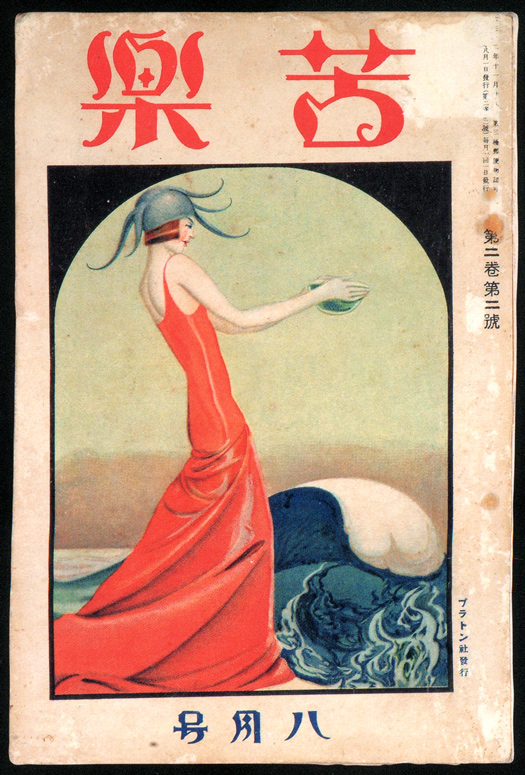 1924
1924 1923
1923 1927
1927 1937
1937 1936
1936
 1913
1913 1932
1932 1927
1927 1924
1924 1935
1935 1935
1935 1924
Update 12/5/2012: Bookcover Design in Japan 1910s-40s featured these covers upside-down and I repeated their mistake (assuming it was a joke by the original designers). Thanks to @Melissbian for pointing it out, and to Prof. Gennifer Weisenfeld (author of the book on MAVO) for confirming.
1924
Update 12/5/2012: Bookcover Design in Japan 1910s-40s featured these covers upside-down and I repeated their mistake (assuming it was a joke by the original designers). Thanks to @Melissbian for pointing it out, and to Prof. Gennifer Weisenfeld (author of the book on MAVO) for confirming.
 1925
1925 1937
1937 1936
1936 1936
1936 1928
1928 1924
1924 1931
1931 1921
1921 1929
1929 1933
1933 1931
1931 1914
1914
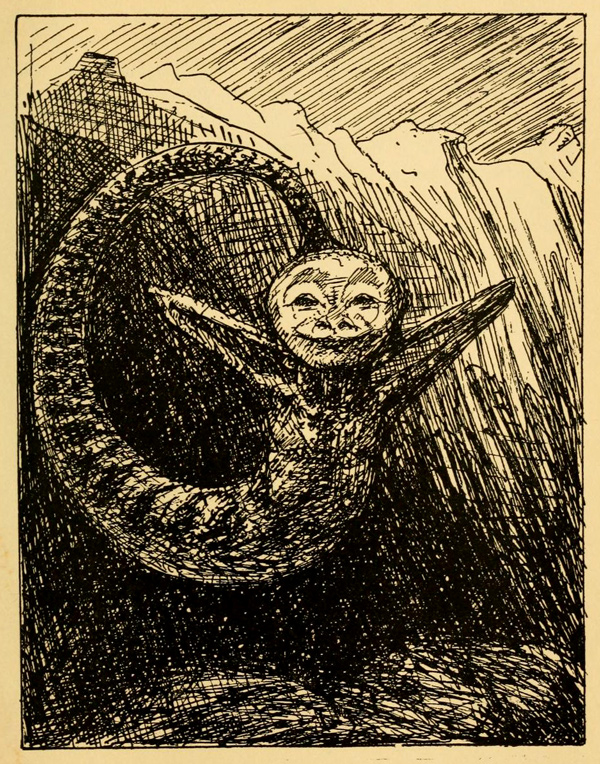 "Slowly, Lesabéndio floated into the depths, with his suction-foot still tucked behind his head."Posted to coincide with Matthew Jakubowski's profile of Paul Scheerbart on my other blog Writers No One Reads.
The scans in this post came from archive.org, though note that the new English translation of Lesabéndio includes much better reproductions.
For more of Alfred Kubin's work from this time, check out my posts on Der Orchideengarten. (These yellow-with-age illustrations in fact make me nostalgic for the weeks in 2009 I spent scanning the Orchid Garden.)
Wakefield Press copy for their edition:First published in German in 1913 and widely considered to be Paul Scheerbart's masterpiece, Lesabéndio is an intergalactic utopian novel that describes life on the planetoid Pallas, where rubbery suction-footed life forms with telescopic eyes smoke bubble-weed in mushroom meadows under violet skies and green stars. Amid the conveyor-belt highways and lighthouses weaving together the mountains and valleys, a visionary named Lesabéndio hatches a plan to build a 44-mile-high tower and employ architecture to connect the two halves of their double star. A cosmic ecological fable, Scheerbart’s novel was admired by such architects as Bruno Taut and Walter Gropius, and such thinkers as Walter Benjamin and Gershom Scholem (whose wedding present to Benjamin was a copy of Lesabéndio). Benjamin had intended to devote the concluding section of his lost manuscript The True Politician to a discussion of the positive political possibilities embedded in Scheerbart’s “Asteroid Novel.” As translator Christina Svendsen writes in her introduction, “Lesabéndio helps us imagine an ecological politics more daring than the conservative politics of preservation, even as it reminds us that we are part of a larger galactic set of interrelationships.”
"Slowly, Lesabéndio floated into the depths, with his suction-foot still tucked behind his head."Posted to coincide with Matthew Jakubowski's profile of Paul Scheerbart on my other blog Writers No One Reads.
The scans in this post came from archive.org, though note that the new English translation of Lesabéndio includes much better reproductions.
For more of Alfred Kubin's work from this time, check out my posts on Der Orchideengarten. (These yellow-with-age illustrations in fact make me nostalgic for the weeks in 2009 I spent scanning the Orchid Garden.)
Wakefield Press copy for their edition:First published in German in 1913 and widely considered to be Paul Scheerbart's masterpiece, Lesabéndio is an intergalactic utopian novel that describes life on the planetoid Pallas, where rubbery suction-footed life forms with telescopic eyes smoke bubble-weed in mushroom meadows under violet skies and green stars. Amid the conveyor-belt highways and lighthouses weaving together the mountains and valleys, a visionary named Lesabéndio hatches a plan to build a 44-mile-high tower and employ architecture to connect the two halves of their double star. A cosmic ecological fable, Scheerbart’s novel was admired by such architects as Bruno Taut and Walter Gropius, and such thinkers as Walter Benjamin and Gershom Scholem (whose wedding present to Benjamin was a copy of Lesabéndio). Benjamin had intended to devote the concluding section of his lost manuscript The True Politician to a discussion of the positive political possibilities embedded in Scheerbart’s “Asteroid Novel.” As translator Christina Svendsen writes in her introduction, “Lesabéndio helps us imagine an ecological politics more daring than the conservative politics of preservation, even as it reminds us that we are part of a larger galactic set of interrelationships.”
 "The studio terraces were also lively because Pallasians sprang constantly through the colonnades or jumped out from behind columns. Using their dorsal wings, they moved between higher and lower balconies."
"The studio terraces were also lively because Pallasians sprang constantly through the colonnades or jumped out from behind columns. Using their dorsal wings, they moved between higher and lower balconies." "Each of the seven Pallasians was holding a heavy lead hammer with a long shaft. With their hammers, the seven hammered on a single nut with their full strength, until suddenly there was a loud crack—and the seven jumped back."
"Each of the seven Pallasians was holding a heavy lead hammer with a long shaft. With their hammers, the seven hammered on a single nut with their full strength, until suddenly there was a loud crack—and the seven jumped back."
 "Biba was silent and smoked his bubble-weed, letting countless numbers of little blister-bubbles fly through his puckered lips. They soon grew in size and lit up the area as they eddied about the cave."
"Biba was silent and smoked his bubble-weed, letting countless numbers of little blister-bubbles fly through his puckered lips. They soon grew in size and lit up the area as they eddied about the cave." "The Pallasians should allow themselves to be tied tightly to the end of one of the planet's tentacles, so that, at just the right moment of maximum rotational speed, they could be cut loose from the star and flung out into space, in the direction of their home planet."
"The Pallasians should allow themselves to be tied tightly to the end of one of the planet's tentacles, so that, at just the right moment of maximum rotational speed, they could be cut loose from the star and flung out into space, in the direction of their home planet." "While perching on the model tower, all the Pallasians—with the exception of Lesabendio—vote for the construction of the giant tower. Lesabendio arrives too late."
"While perching on the model tower, all the Pallasians—with the exception of Lesabendio—vote for the construction of the giant tower. Lesabendio arrives too late."
 "And—and—my salve has been used up. I don't know how I'll be able to make any more. It's become completely impossible for me to create liquids."
"And—and—my salve has been used up. I don't know how I'll be able to make any more. It's become completely impossible for me to create liquids."
 "Lesabendio fell asleep. He dreamed of an enormous solar system—and it appeared to him like a system of millions of rubber bands that were continuously being stretched apart and then rebounding back together again."
"Lesabendio fell asleep. He dreamed of an enormous solar system—and it appeared to him like a system of millions of rubber bands that were continuously being stretched apart and then rebounding back together again."
 "Nax was silent, jiggling his proboscis."
"Nax was silent, jiggling his proboscis." "The consequence of this answer of theirs, however, was that every Pallasian suddenly only wanted to live on the great tower."
"The consequence of this answer of theirs, however, was that every Pallasian suddenly only wanted to live on the great tower." "I want to be absorbed into Lesa, who destroyed me. Maybe that way, something of what I have thought will remain behind on Pallas."
"I want to be absorbed into Lesa, who destroyed me. Maybe that way, something of what I have thought will remain behind on Pallas." "They brought the model out of the workshop on iron rails and wheels."
"They brought the model out of the workshop on iron rails and wheels." "The final preparations for Lesabendio's ascent are made. On the uppermost balcony, Lesa gives Biba a few more specific instructions."
"The final preparations for Lesabendio's ascent are made. On the uppermost balcony, Lesa gives Biba a few more specific instructions." "The tips of the beams touched the cloud, and the cloud began to tremble. A terrible thunder was audible."
***
Wakefield also includes two drawings by Scheerbart himself (below). My pal Arnold Mosselman recently directed me to scheerbart.de where you can see a ton of art by Scheerbart (at mostly small sizes for now).
"The tips of the beams touched the cloud, and the cloud began to tremble. A terrible thunder was audible."
***
Wakefield also includes two drawings by Scheerbart himself (below). My pal Arnold Mosselman recently directed me to scheerbart.de where you can see a ton of art by Scheerbart (at mostly small sizes for now).
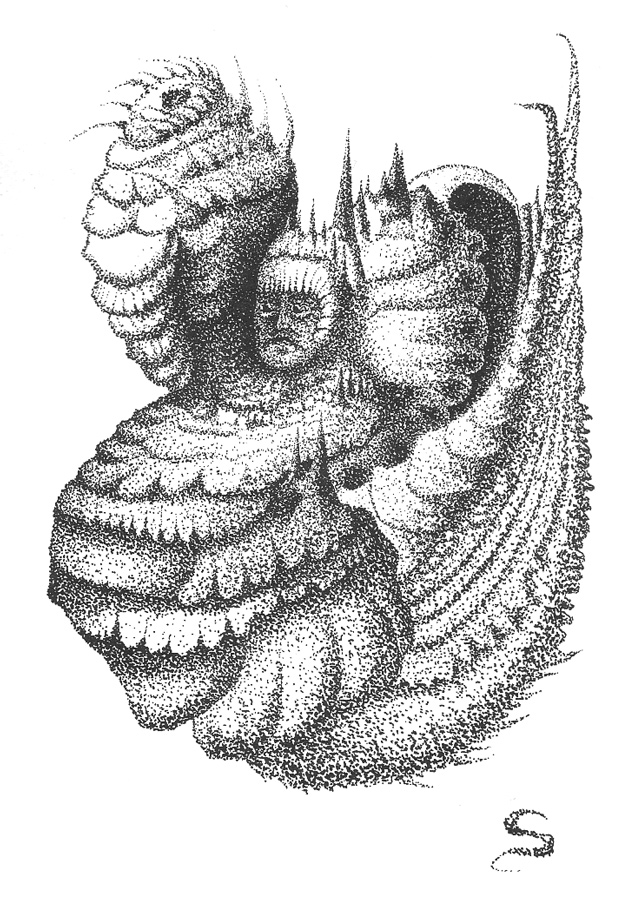

 great cover for Wakefield Press edition
Previously:
—Treatise on Elegant Publishing
—The Wily Grasser meets The Opium Eater
great cover for Wakefield Press edition
Previously:
—Treatise on Elegant Publishing
—The Wily Grasser meets The Opium Eater
 Illustration by Jan Marcin Szancer for Brzechwa Dzieciom, 1955
From the collection of Hipopotam
From a blurb by Janusz Stanny about the 2009 book Wwaga! Spychacze! (Watch Out! Bulldozers!: Young Polish Illustration)The early 1960s. "RUCH" Publishers is founded. Professor Jan Marcin Szancer becomes its art director. Szancer decides to reach with ambitious books out to the most distant corners of the country, and he succeeds in selling them through a network of RUCH outlets. He invites some distinguished artists to work with him, including Henryk Tomaszewski, Antoni Uniechowski, Jan Mlodozeniec, Andrzej Strumillo, and Olga Siemaszko, as well as a large group of young artists, often his students. That group numbered 40 people, and I was in it too, as an assistant of Professor Jan Marcin's. Szancer organized regular exhibitions of work by artists cooperating with the publishing house.
From Zygmunt Januszewski's preface to the same book:The Studio of Illustration, Academy of Fine Arts in Warsaw, is an exceptional place, continuing a tradition that goes back many years, and with an established position within the Faculty of Graphic Arts. Founded by Jan Marcin Szancer in 1951, then for over 25 years , from 1971, superbly run by Professor Janusz Stanny, it educated 250 degree students.
Previously: "The Wonderful Wizards of Lodz" parts one and two
Illustration by Jan Marcin Szancer for Brzechwa Dzieciom, 1955
From the collection of Hipopotam
From a blurb by Janusz Stanny about the 2009 book Wwaga! Spychacze! (Watch Out! Bulldozers!: Young Polish Illustration)The early 1960s. "RUCH" Publishers is founded. Professor Jan Marcin Szancer becomes its art director. Szancer decides to reach with ambitious books out to the most distant corners of the country, and he succeeds in selling them through a network of RUCH outlets. He invites some distinguished artists to work with him, including Henryk Tomaszewski, Antoni Uniechowski, Jan Mlodozeniec, Andrzej Strumillo, and Olga Siemaszko, as well as a large group of young artists, often his students. That group numbered 40 people, and I was in it too, as an assistant of Professor Jan Marcin's. Szancer organized regular exhibitions of work by artists cooperating with the publishing house.
From Zygmunt Januszewski's preface to the same book:The Studio of Illustration, Academy of Fine Arts in Warsaw, is an exceptional place, continuing a tradition that goes back many years, and with an established position within the Faculty of Graphic Arts. Founded by Jan Marcin Szancer in 1951, then for over 25 years , from 1971, superbly run by Professor Janusz Stanny, it educated 250 degree students.
Previously: "The Wonderful Wizards of Lodz" parts one and two
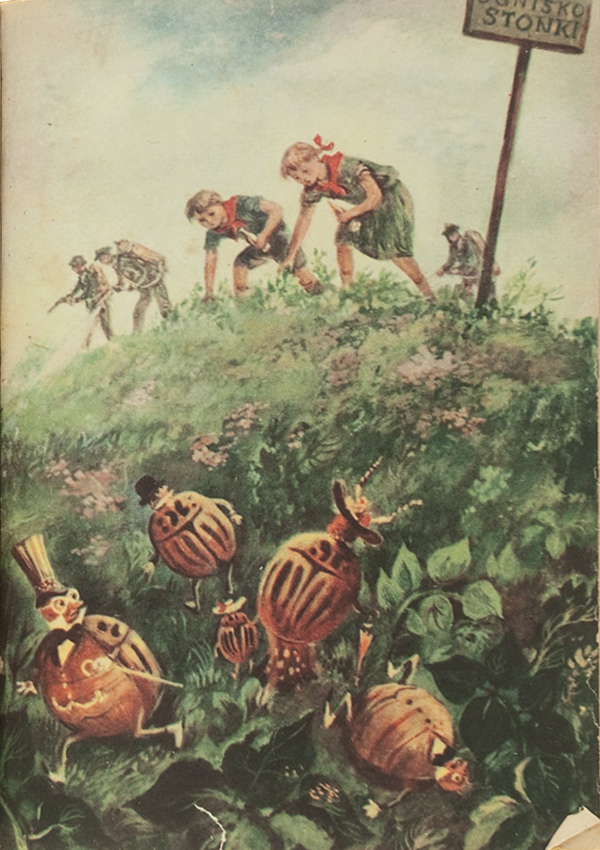 Illustration by Jan Marcin Szancer for Brzechwa Dzieciom, 1955
From the collection of Hipopotam
Illustration by Jan Marcin Szancer for Brzechwa Dzieciom, 1955
From the collection of Hipopotam Illustration by Jan Marcin Szancer for Brzechwa Dzieciom, 1955
From the collection of Hipopotam
Illustration by Jan Marcin Szancer for Brzechwa Dzieciom, 1955
From the collection of Hipopotam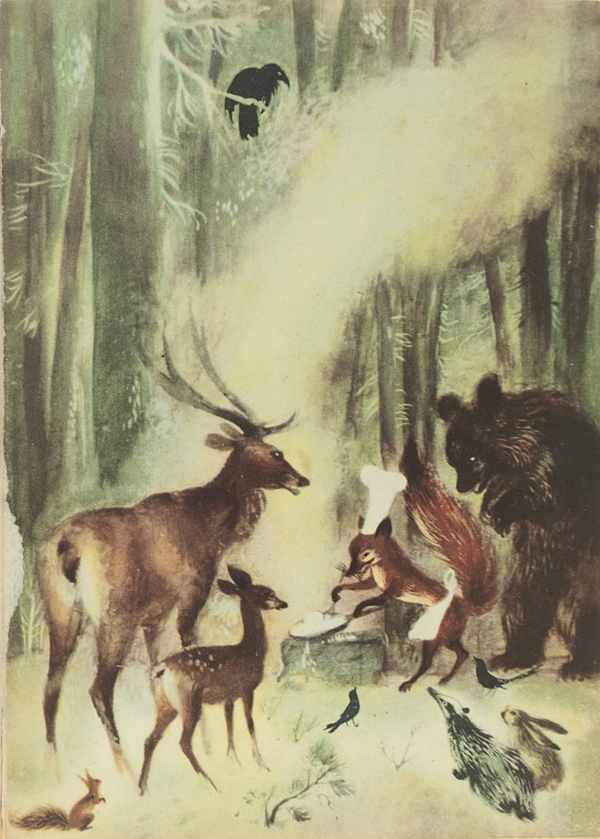 Illustration by Jan Marcin Szancer for Brzechwa Dzieciom, 1955
From the collection of Hipopotam
Illustration by Jan Marcin Szancer for Brzechwa Dzieciom, 1955
From the collection of Hipopotam Illustration by Jan Marcin Szancer for Brzechwa Dzieciom, 1955
From the collection of Hipopotam
Illustration by Jan Marcin Szancer for Brzechwa Dzieciom, 1955
From the collection of Hipopotam Illustration by Jan Marcin Szancer for Hoffmann's Dziadek do orzechów, 1951
From the collection of Hipopotam
Illustration by Jan Marcin Szancer for Hoffmann's Dziadek do orzechów, 1951
From the collection of Hipopotam
 Illustration by Jan Marcin Szancer for Hoffmann's Dziadek do orzechów, 1951
From the collection of Hipopotam
Illustration by Jan Marcin Szancer for Hoffmann's Dziadek do orzechów, 1951
From the collection of Hipopotam
 Illus. by Witold Chmielewski for Pięciu braci Li, 1954
From the collection of Hipopotam
Illus. by Witold Chmielewski for Pięciu braci Li, 1954
From the collection of Hipopotam
 Illus. by Witold Chmielewski for Pięciu braci Li, 1954
From the collection of Hipopotam
Illus. by Witold Chmielewski for Pięciu braci Li, 1954
From the collection of Hipopotam
 H. Rembowska (illus.) and H. Bielińska (design), for Z przygód krasnala Hałabały, 1950
From the collection of Hipopotam
H. Rembowska (illus.) and H. Bielińska (design), for Z przygód krasnala Hałabały, 1950
From the collection of Hipopotam
 H. Rembowska (illus.) and H. Bielińska (design), for Z przygód krasnala Hałabały, 1950
From the collection of Hipopotam
H. Rembowska (illus.) and H. Bielińska (design), for Z przygód krasnala Hałabały, 1950
From the collection of Hipopotam
 H. Rembowska (illus.) and H. Bielińska (design), for Z przygód krasnala Hałabały, 1950
From the collection of Hipopotam
H. Rembowska (illus.) and H. Bielińska (design), for Z przygód krasnala Hałabały, 1950
From the collection of Hipopotam
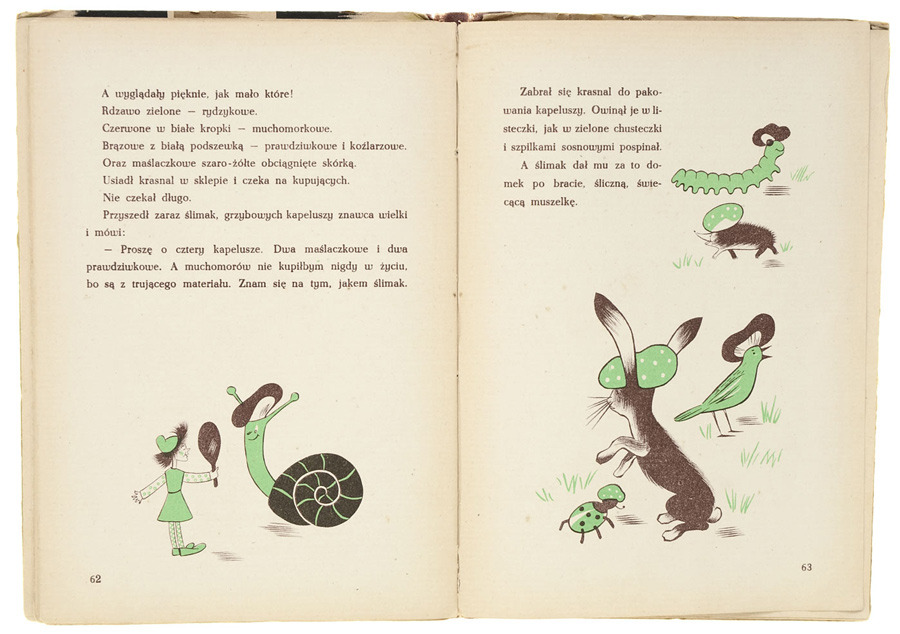 H. Rembowska (illus.) and H. Bielińska (design), for Z przygód krasnala Hałabały, 1950
From the collection of Hipopotam
H. Rembowska (illus.) and H. Bielińska (design), for Z przygód krasnala Hałabały, 1950
From the collection of Hipopotam
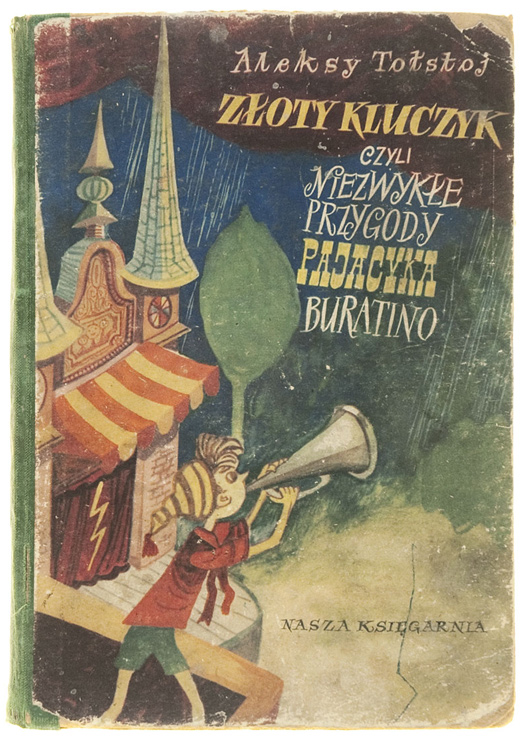 cover illustration by Zbigniew Rychlicki for Tuwim's Złoty kluczyk, 1953
From the collection of Hipopotam
cover illustration by Zbigniew Rychlicki for Tuwim's Złoty kluczyk, 1953
From the collection of Hipopotam
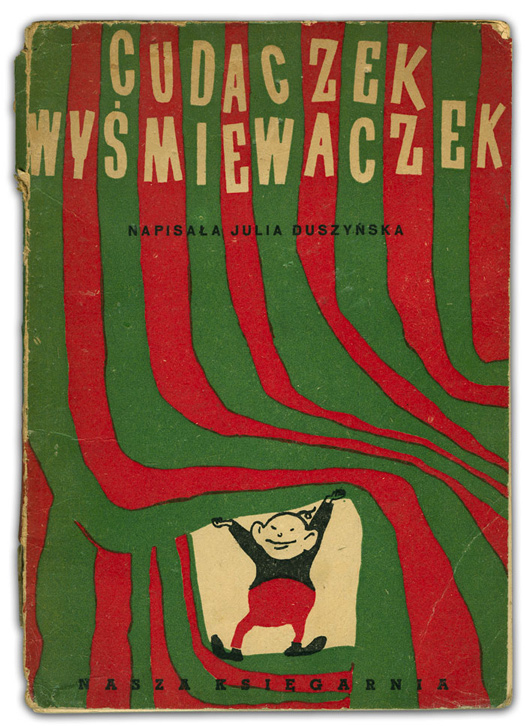 Illus. by Franciszka Themerson for Cudaczek Wyśmiewaczek by Julia Duszyńska, 1952
From the collection of Hipopotam
Illus. by Franciszka Themerson for Cudaczek Wyśmiewaczek by Julia Duszyńska, 1952
From the collection of Hipopotam
 Illus. by Franciszka Themerson for Cudaczek Wyśmiewaczek by Julia Duszyńska, 1952
From the collection of Hipopotam
Illus. by Franciszka Themerson for Cudaczek Wyśmiewaczek by Julia Duszyńska, 1952
From the collection of Hipopotam
 Illus. by Franciszka Themerson for Cudaczek Wyśmiewaczek by Julia Duszyńska, 1952
From the collection of Hipopotam
Illus. by Franciszka Themerson for Cudaczek Wyśmiewaczek by Julia Duszyńska, 1952
From the collection of Hipopotam
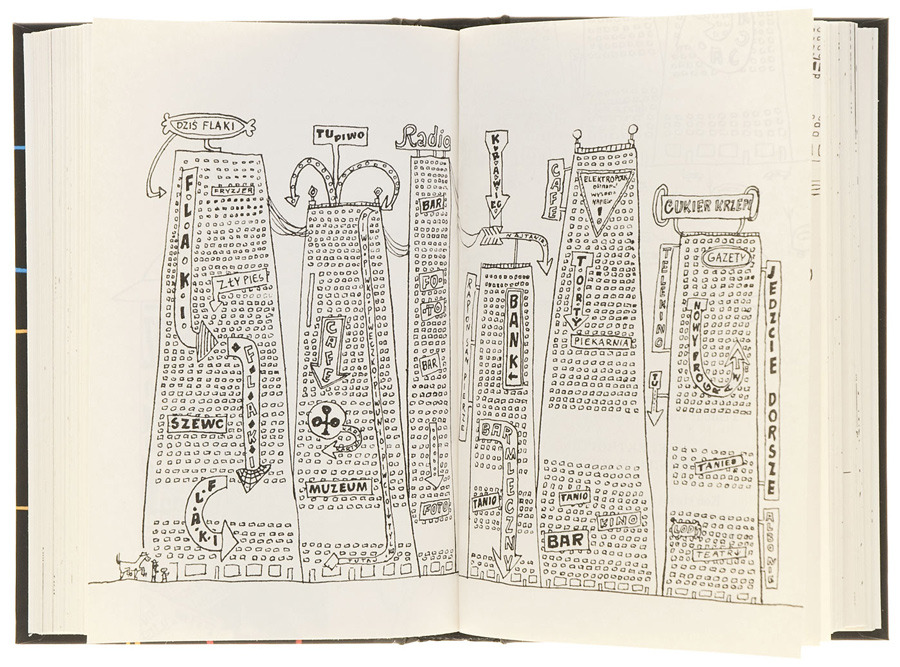 Illustration by Bohdan Butenko for 35 maja by Erich Kästner, 1955
From the collection of Hipopotam
Illustration by Bohdan Butenko for 35 maja by Erich Kästner, 1955
From the collection of Hipopotam
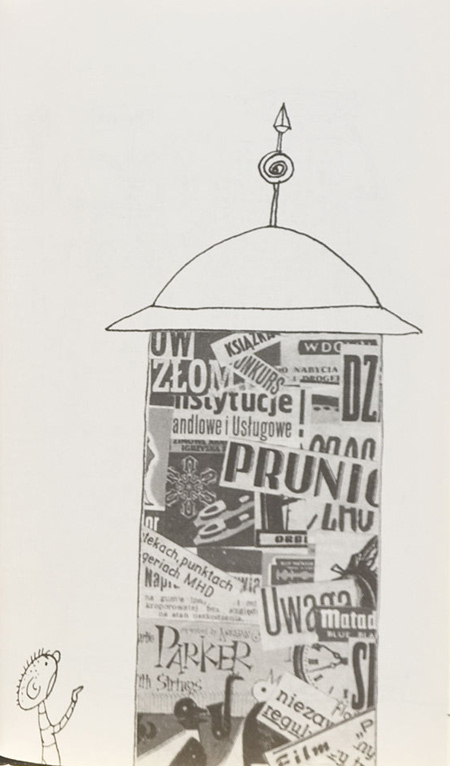 Illustration by Bohdan Butenko for 35 maja by Erich Kästner, 1955
From the collection of Hipopotam
Illustration by Bohdan Butenko for 35 maja by Erich Kästner, 1955
From the collection of Hipopotam
 Cover by Krystyna Witkowska for Verne, 1954
From the collection of Hipopotam
Cover by Krystyna Witkowska for Verne, 1954
From the collection of Hipopotam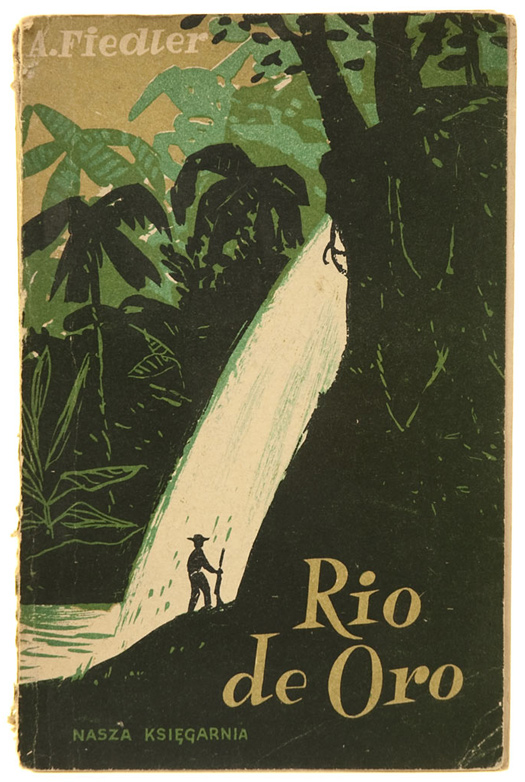 Cover by Antoni Pucek for Rio de Oro, 1956
From the collection of Hipopotam
Cover by Antoni Pucek for Rio de Oro, 1956
From the collection of Hipopotam Cover illus. Tadeusz Gronowski, for Czerwone węże by Helena Boguszewska, 1954
From the collection of Hipopotam
Cover illus. Tadeusz Gronowski, for Czerwone węże by Helena Boguszewska, 1954
From the collection of Hipopotam
 Illus. by Jan Marcin Szancer for Gulliver's Travels, 1958
From the collection of Hipopotam
Illus. by Jan Marcin Szancer for Gulliver's Travels, 1958
From the collection of Hipopotam Cover design by Bohdan Bocianowski for Jak powstała trąba słonia by Jan Żabiński
From the collection of Hipopotam
Cover design by Bohdan Bocianowski for Jak powstała trąba słonia by Jan Żabiński
From the collection of Hipopotam
 Illus. by Janusz Makowski for for Jak powstała trąba słonia by Jan Żabiński
From the collection of Hipopotam
Illus. by Janusz Makowski for for Jak powstała trąba słonia by Jan Żabiński
From the collection of Hipopotam
 Illus. by Stanisław Zagórski for Irena Tuwim's Marek Wagarek, 1955
From the collection of Hipopotam
Illus. by Stanisław Zagórski for Irena Tuwim's Marek Wagarek, 1955
From the collection of Hipopotam
 Illus. by Stanisław Zagórski for Irena Tuwim's Marek Wagarek, 1955
From the collection of Hipopotam
Illus. by Stanisław Zagórski for Irena Tuwim's Marek Wagarek, 1955
From the collection of Hipopotam
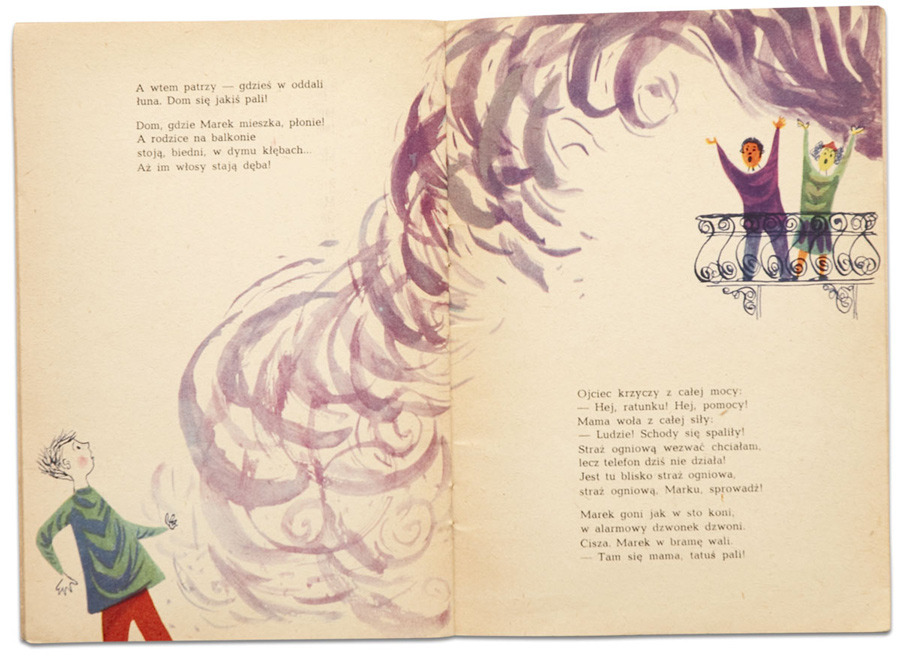 Illus. by Stanisław Zagórski for Irena Tuwim's Marek Wagarek, 1955
From the collection of Hipopotam
Illus. by Stanisław Zagórski for Irena Tuwim's Marek Wagarek, 1955
From the collection of Hipopotam
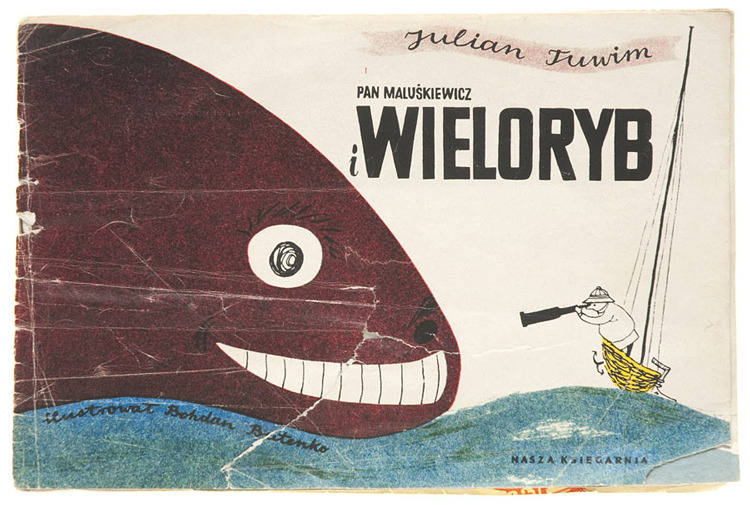 Illustration by Bohdan Butenko for Tuwim's Pan Maluśkiewicz i Wieloryb, 1956
From the collection of Hipopotam
Illustration by Bohdan Butenko for Tuwim's Pan Maluśkiewicz i Wieloryb, 1956
From the collection of Hipopotam
 Illustration by Bohdan Butenko for Tuwim's Pan Maluśkiewicz i Wieloryb, 1956
From the collection of Hipopotam
Illustration by Bohdan Butenko for Tuwim's Pan Maluśkiewicz i Wieloryb, 1956
From the collection of Hipopotam
 Illustration by Bohdan Butenko for Tuwim's Pan Maluśkiewicz i Wieloryb, 1956
From the collection of Hipopotam
See all posts tagged "Poland" on 50 Watts
Illustration by Bohdan Butenko for Tuwim's Pan Maluśkiewicz i Wieloryb, 1956
From the collection of Hipopotam
See all posts tagged "Poland" on 50 Watts
 Illus. by Jan Marcin Szancer for Tygrys w pociągu, 1964
From the collection of Hipopotam
From a blurb by Janusz Stanny about the 2009 book Wwaga! Spychacze! (Watch Out! Bulldozers!: Young Polish Illustration)The early 1960s. "RUCH" Publishers is founded. Professor Jan Marcin Szancer becomes its art director. Szancer decides to reach with ambitious books out to the most distant corners of the country, and he succeeds in selling them through a network of RUCH outlets. He invites some distinguished artists to work with him, including Henryk Tomaszewski, Antoni Uniechowski, Jan Mlodozeniec, Andrzej Strumillo, and Olga Siemaszko, as well as a large group of young artists, often his students. That group numbered 40 people, and I was in it too, as an assistant of Professor Jan Marcin's. Szancer organized regular exhibitions of work by artists cooperating with the publishing house.
From Zygmunt Januszewski's preface to the same book:The Studio of Illustration, Academy of Fine Arts in Warsaw, is an exceptional place, continuing a tradition that goes back many years, and with an established position within the Faculty of Graphic Arts. Founded by Jan Marcin Szancer in 1951, then for over 25 years , from 1971, superbly run by Professor Janusz Stanny, it educated 250 degree students.
Illus. by Jan Marcin Szancer for Tygrys w pociągu, 1964
From the collection of Hipopotam
From a blurb by Janusz Stanny about the 2009 book Wwaga! Spychacze! (Watch Out! Bulldozers!: Young Polish Illustration)The early 1960s. "RUCH" Publishers is founded. Professor Jan Marcin Szancer becomes its art director. Szancer decides to reach with ambitious books out to the most distant corners of the country, and he succeeds in selling them through a network of RUCH outlets. He invites some distinguished artists to work with him, including Henryk Tomaszewski, Antoni Uniechowski, Jan Mlodozeniec, Andrzej Strumillo, and Olga Siemaszko, as well as a large group of young artists, often his students. That group numbered 40 people, and I was in it too, as an assistant of Professor Jan Marcin's. Szancer organized regular exhibitions of work by artists cooperating with the publishing house.
From Zygmunt Januszewski's preface to the same book:The Studio of Illustration, Academy of Fine Arts in Warsaw, is an exceptional place, continuing a tradition that goes back many years, and with an established position within the Faculty of Graphic Arts. Founded by Jan Marcin Szancer in 1951, then for over 25 years , from 1971, superbly run by Professor Janusz Stanny, it educated 250 degree students.
 Cover illus. by Józef Wilkoń for Tygrys o złotym sercu, 1963
From the collection of Hipopotam
Cover illus. by Józef Wilkoń for Tygrys o złotym sercu, 1963
From the collection of Hipopotam
 Illus. by Józef Wilkoń for Tygrys o złotym sercu, 1963
From the collection of Hipopotam
Illus. by Józef Wilkoń for Tygrys o złotym sercu, 1963
From the collection of Hipopotam
 Illus. by J. Kábrt for Jak Zajączek Mateuszek chciał się ślizgać, 1965
From the collection of Hipopotam
Illus. by J. Kábrt for Jak Zajączek Mateuszek chciał się ślizgać, 1965
From the collection of Hipopotam
 detail
detail Illus. by J. Kábrt for Jak Zajączek Mateuszek chciał się ślizgać, 1965
From the collection of Hipopotam
Illus. by J. Kábrt for Jak Zajączek Mateuszek chciał się ślizgać, 1965
From the collection of Hipopotam
 Illus. by Zdzisław Witwicki for Z przygód krasnala Hałabały, 1960
From the collection of Hipopotam
Illus. by Zdzisław Witwicki for Z przygód krasnala Hałabały, 1960
From the collection of Hipopotam
 Illus. by Zdzisław Witwicki for Z przygód krasnala Hałabały, 1960
From the collection of Hipopotam
Illus. by Zdzisław Witwicki for Z przygód krasnala Hałabały, 1960
From the collection of Hipopotam
 Illus. by Zbigniew Rychlicki for Nowi przyjaciele Misia Uszatka, 1963
From the collection of Hipopotam
Illus. by Zbigniew Rychlicki for Nowi przyjaciele Misia Uszatka, 1963
From the collection of Hipopotam Cover illus. by Krystyna Witowska for Dziki Anda, 1961
From the collection of Hipopotam
Cover illus. by Krystyna Witowska for Dziki Anda, 1961
From the collection of Hipopotam Illus. by Bohdan Wróblewski for Wesołe odwiedziny, 1964
From the collection of Hipopotam
Illus. by Bohdan Wróblewski for Wesołe odwiedziny, 1964
From the collection of Hipopotam
 Illus. by Bohdan Wróblewski for Wesołe odwiedziny, 1964
From the collection of Hipopotam
Illus. by Bohdan Wróblewski for Wesołe odwiedziny, 1964
From the collection of Hipopotam
 Cover illus. by Bohdan Butenko for Wszystko dla naszej mamy, 1969
From the collection of Hipopotam
Cover illus. by Bohdan Butenko for Wszystko dla naszej mamy, 1969
From the collection of Hipopotam Illus. by Bohdan Butenko for Wszystko dla naszej mamy, 1969
From the collection of Hipopotam
Illus. by Bohdan Butenko for Wszystko dla naszej mamy, 1969
From the collection of Hipopotam Illus. by Janusz Stanny for Zaczarowany krawiec, 1967
From the collection of Hipopotam
Illus. by Janusz Stanny for Zaczarowany krawiec, 1967
From the collection of Hipopotam Cover illus. by Jan Marcin Szancer for Ambaje, 1967
From the collection of Hipopotam
Cover illus. by Jan Marcin Szancer for Ambaje, 1967
From the collection of Hipopotam Illus. by Jan Marcin Szancer for Ambaje, 1967
From the collection of Hipopotam
Illus. by Jan Marcin Szancer for Ambaje, 1967
From the collection of Hipopotam Cover. illus. by Mieczysław Piotrowski for Baśnie z dalekich wysp i lądów, 1966
From the collection of Hipopotam
Cover. illus. by Mieczysław Piotrowski for Baśnie z dalekich wysp i lądów, 1966
From the collection of Hipopotam
 Illus. by Mieczysław Piotrowski for Baśnie z dalekich wysp i lądów, 1966
From the collection of Hipopotam
Illus. by Mieczysław Piotrowski for Baśnie z dalekich wysp i lądów, 1966
From the collection of Hipopotam
 Cover illus. by Danuta Konwicka for Mirote i czarodziejska fontanna, 1962
From the collection of Hipopotam
Cover illus. by Danuta Konwicka for Mirote i czarodziejska fontanna, 1962
From the collection of Hipopotam Illus. by Danuta Konwicka for Mirote i czarodziejska fontanna, 1962
From the collection of Hipopotam
Illus. by Danuta Konwicka for Mirote i czarodziejska fontanna, 1962
From the collection of Hipopotam Cover illus. by Danuta Imielska-Gebethner for Czerwony Kapturek, 1963
From the collection of Hipopotam
Cover illus. by Danuta Imielska-Gebethner for Czerwony Kapturek, 1963
From the collection of Hipopotam Illus. by Janusz Grabiański for Idzie niebo ciemną nocą, 1969
From the collection of Hipopotam
Illus. by Janusz Grabiański for Idzie niebo ciemną nocą, 1969
From the collection of Hipopotam
 Illus. by Bohdan Butenko for Księga portretowych zażaleń, 1966
From the collection of Hipopotam
Illus. by Bohdan Butenko for Księga portretowych zażaleń, 1966
From the collection of Hipopotam
 Illus. by Bohdan Butenko for Księga portretowych zażaleń, 1966
From the collection of Hipopotam
Illus. by Bohdan Butenko for Księga portretowych zażaleń, 1966
From the collection of Hipopotam
 Illus. by Zbigniew Rychlicki for Michałek z pudełka od zapałek, 1966
From the collection of Hipopotam
Illus. by Zbigniew Rychlicki for Michałek z pudełka od zapałek, 1966
From the collection of Hipopotam
 Illus. by Bogdan Zieleniec for Baśnie angielskie, 1963
From the collection of Hipopotam
Illus. by Bogdan Zieleniec for Baśnie angielskie, 1963
From the collection of Hipopotam
 Cover illus. by Olga Siemaszko for Nalle, wesoły niedźwiadek, 1966
From the collection of Hipopotam
Cover illus. by Olga Siemaszko for Nalle, wesoły niedźwiadek, 1966
From the collection of Hipopotam
 Illus. by Tadeusz Grabiański for Ziemia nasz dom, 1965
From the collection of Hipopotam
(even the textbooks are lovely)
See the full series and also "The Wonderful Wizards of Lodz" parts one and two
See all posts tagged "Poland" on 50 Watts
Illus. by Tadeusz Grabiański for Ziemia nasz dom, 1965
From the collection of Hipopotam
(even the textbooks are lovely)
See the full series and also "The Wonderful Wizards of Lodz" parts one and two
See all posts tagged "Poland" on 50 Watts
 Illus. by Jan Marcin Szancer for Baśń o Szklanej Górze, 1972
From the collection of Hipopotam
From a blurb by Janusz Stanny about the 2009 book Wwaga! Spychacze! (Watch Out! Bulldozers!: Young Polish Illustration)The early 1960s. "RUCH" Publishers is founded. Professor Jan Marcin Szancer becomes its art director. Szancer decides to reach with ambitious books out to the most distant corners of the country, and he succeeds in selling them through a network of RUCH outlets. He invites some distinguished artists to work with him, including Henryk Tomaszewski, Antoni Uniechowski, Jan Mlodozeniec, Andrzej Strumillo, and Olga Siemaszko, as well as a large group of young artists, often his students. That group numbered 40 people, and I was in it too, as an assistant of Professor Jan Marcin's. Szancer organized regular exhibitions of work by artists cooperating with the publishing house.
From Zygmunt Januszewski's preface to the same book:The Studio of Illustration, Academy of Fine Arts in Warsaw, is an exceptional place, continuing a tradition that goes back many years, and with an established position within the Faculty of Graphic Arts. Founded by Jan Marcin Szancer in 1951, then for over 25 years , from 1971, superbly run by Professor Janusz Stanny, it educated 250 degree students.
Illus. by Jan Marcin Szancer for Baśń o Szklanej Górze, 1972
From the collection of Hipopotam
From a blurb by Janusz Stanny about the 2009 book Wwaga! Spychacze! (Watch Out! Bulldozers!: Young Polish Illustration)The early 1960s. "RUCH" Publishers is founded. Professor Jan Marcin Szancer becomes its art director. Szancer decides to reach with ambitious books out to the most distant corners of the country, and he succeeds in selling them through a network of RUCH outlets. He invites some distinguished artists to work with him, including Henryk Tomaszewski, Antoni Uniechowski, Jan Mlodozeniec, Andrzej Strumillo, and Olga Siemaszko, as well as a large group of young artists, often his students. That group numbered 40 people, and I was in it too, as an assistant of Professor Jan Marcin's. Szancer organized regular exhibitions of work by artists cooperating with the publishing house.
From Zygmunt Januszewski's preface to the same book:The Studio of Illustration, Academy of Fine Arts in Warsaw, is an exceptional place, continuing a tradition that goes back many years, and with an established position within the Faculty of Graphic Arts. Founded by Jan Marcin Szancer in 1951, then for over 25 years , from 1971, superbly run by Professor Janusz Stanny, it educated 250 degree students.
 Illus. by Henryk Chmielewski for Tytus, Romek i A’Tomek, 1974
From the collection of Hipopotam
Illus. by Henryk Chmielewski for Tytus, Romek i A’Tomek, 1974
From the collection of Hipopotam
 Cover illus. by Teresa Wilbik for Joachim Lis, detektyw dyplomowany, 1974
From the collection of Hipopotam
Original title: Joakim Räv by Ingemar Fjell. There's a 1968 English edition, Jack Fox, Detective: "When the Badgers discover their jam has disappeared, and the only clue is an X on the wall, they call in Jack Fox, who has just completed a correspondence course for private detectives, to investigate the case."
Cover illus. by Teresa Wilbik for Joachim Lis, detektyw dyplomowany, 1974
From the collection of Hipopotam
Original title: Joakim Räv by Ingemar Fjell. There's a 1968 English edition, Jack Fox, Detective: "When the Badgers discover their jam has disappeared, and the only clue is an X on the wall, they call in Jack Fox, who has just completed a correspondence course for private detectives, to investigate the case."
 Illus. by Teresa Wilbik for Joachim Lis, detektyw dyplomowany, 1974
From the collection of Hipopotam
Illus. by Teresa Wilbik for Joachim Lis, detektyw dyplomowany, 1974
From the collection of Hipopotam Cover illus. by Waldemar Andrzejewski for Śmiejmy się, 1976
From the collection of Hipopotam
Cover illus. by Waldemar Andrzejewski for Śmiejmy się, 1976
From the collection of Hipopotam
 Illus. by Waldemar Andrzejewski for Śmiejmy się, 1976
From the collection of Hipopotam
Illus. by Waldemar Andrzejewski for Śmiejmy się, 1976
From the collection of Hipopotam
 Illus. by Waldemar Andrzejewski for Śmiejmy się, 1976
From the collection of Hipopotam
Illus. by Waldemar Andrzejewski for Śmiejmy się, 1976
From the collection of Hipopotam
 Illus. by Waldemar Andrzejewski for Śmiejmy się, 1976
From the collection of Hipopotam
Illus. by Waldemar Andrzejewski for Śmiejmy się, 1976
From the collection of Hipopotam
 Illus. by Józef Wilkoń for Wyprawa tapatików, 1974
From the collection of Hipopotam
Illus. by Józef Wilkoń for Wyprawa tapatików, 1974
From the collection of Hipopotam
 Illus. by Józef Wilkoń for Wyprawa tapatików, 1974
From the collection of Hipopotam
Illus. by Józef Wilkoń for Wyprawa tapatików, 1974
From the collection of Hipopotam
 Illus. by Józef Wilkoń for Wyprawa tapatików, 1974
From the collection of Hipopotam
Illus. by Józef Wilkoń for Wyprawa tapatików, 1974
From the collection of Hipopotam
 Illus. by Irena Przewłocka for Baśnie indiańskie, 1971
From the collection of Hipopotam
Illus. by Irena Przewłocka for Baśnie indiańskie, 1971
From the collection of Hipopotam
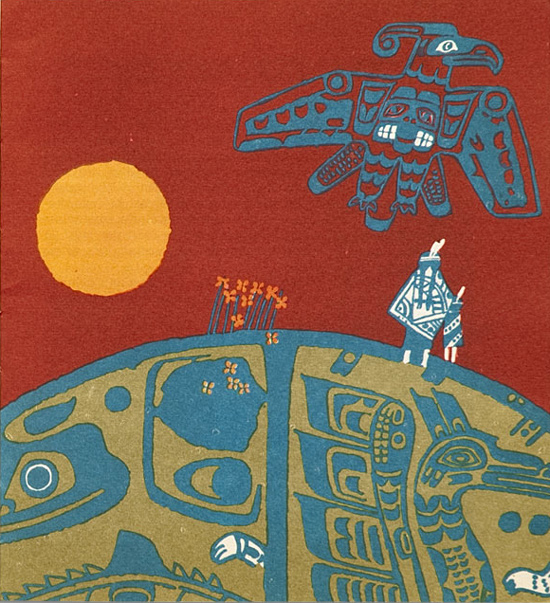 Illus. by Irena Przewłocka for Baśnie indiańskie, 1971
From the collection of Hipopotam
Illus. by Irena Przewłocka for Baśnie indiańskie, 1971
From the collection of Hipopotam
 Illus. by Zbigniew Rychlicki for Zaczarowane kółko Misia Uszatka, 1970
From the collection of Hipopotam
Illus. by Zbigniew Rychlicki for Zaczarowane kółko Misia Uszatka, 1970
From the collection of Hipopotam
 Illus. by Zbigniew Rychlicki for Zaczarowane kółko Misia Uszatka, 1970
From the collection of Hipopotam
Illus. by Zbigniew Rychlicki for Zaczarowane kółko Misia Uszatka, 1970
From the collection of Hipopotam
 Illus. by Maria Szymańska for Dar Królowej Róż, 1971
From the collection of Hipopotam
Illus. by Maria Szymańska for Dar Królowej Róż, 1971
From the collection of Hipopotam
 Illus. by Maria Szymańska for Dar Królowej Róż, 1971
From the collection of Hipopotam
Illus. by Maria Szymańska for Dar Królowej Róż, 1971
From the collection of Hipopotam
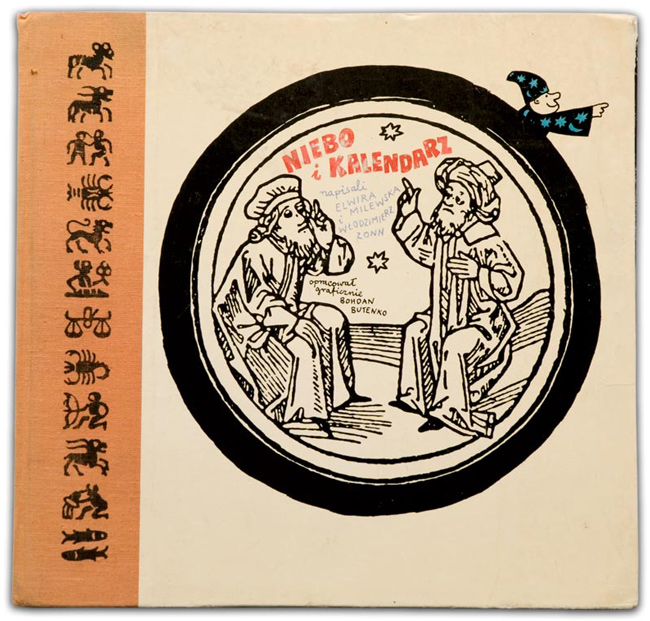 Cover illus. by Bohdan Butenko for Niebo i kalendarz, 1973
From the collection of Hipopotam
Cover illus. by Bohdan Butenko for Niebo i kalendarz, 1973
From the collection of Hipopotam Illus. by Bohdan Butenko for Niebo i kalendarz, 1973
From the collection of Hipopotam
Illus. by Bohdan Butenko for Niebo i kalendarz, 1973
From the collection of Hipopotam Illus. by Bohdan Butenko for Niebo i kalendarz, 1973
From the collection of Hipopotam
Illus. by Bohdan Butenko for Niebo i kalendarz, 1973
From the collection of Hipopotam Cover illus. by Zbigniew Rychlicki for Mądra poduszka, 1977
From the collection of Hipopotam
Cover illus. by Zbigniew Rychlicki for Mądra poduszka, 1977
From the collection of Hipopotam
 Illus. by Zbigniew Rychlicki for Mądra poduszka, 1977
From the collection of Hipopotam
Illus. by Zbigniew Rychlicki for Mądra poduszka, 1977
From the collection of Hipopotam
 Illus. by Zbigniew Rychlicki for Mądra poduszka, 1977
From the collection of Hipopotam
Illus. by Zbigniew Rychlicki for Mądra poduszka, 1977
From the collection of Hipopotam
 Illus. by Teresa Wilbik for O dobrym rycerzu, dumnym koniu i śmiejącym się ośle, 1971
From the collection of Hipopotam
Illus. by Teresa Wilbik for O dobrym rycerzu, dumnym koniu i śmiejącym się ośle, 1971
From the collection of Hipopotam
 Illus. by Marian Stachurski for Bajki, 1970
From the collection of Hipopotam
Illus. by Marian Stachurski for Bajki, 1970
From the collection of Hipopotam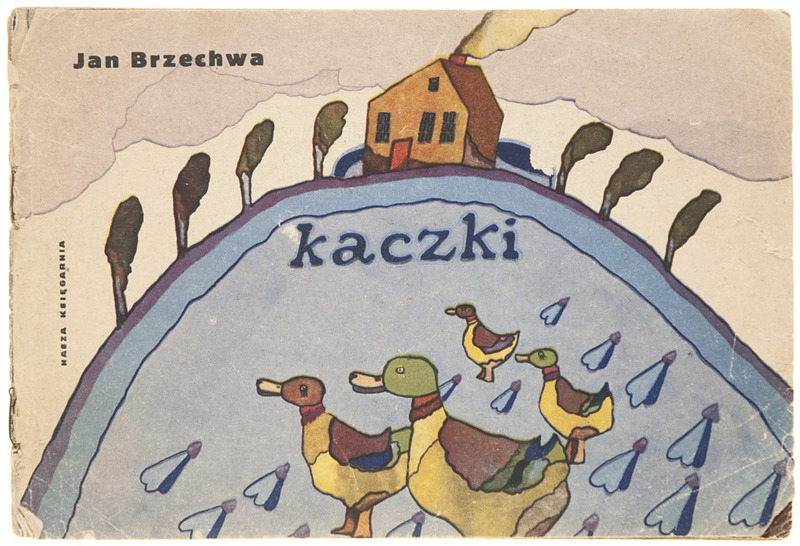 Illus. by Krystyna Michałowska for Kaczki, 1972
From the collection of Hipopotam
Illus. by Krystyna Michałowska for Kaczki, 1972
From the collection of Hipopotam
 Illus. by Józef Wilkoń for Tapatiki kontra Mandiable, 1976
From the collection of Hipopotam
Illus. by Józef Wilkoń for Tapatiki kontra Mandiable, 1976
From the collection of Hipopotam
 Illus. by Józef Wilkoń for Tapatiki kontra Mandiable, 1976
From the collection of Hipopotam
Illus. by Józef Wilkoń for Tapatiki kontra Mandiable, 1976
From the collection of Hipopotam
 Illus. by Bohdan Butenko for Romek i czarownice, 1978
From the collection of Hipopotam
Illus. by Bohdan Butenko for Romek i czarownice, 1978
From the collection of Hipopotam Illus. by Adam Kilian for Misie nie chcą spać, 1973
From the collection of Hipopotam
Illus. by Adam Kilian for Misie nie chcą spać, 1973
From the collection of Hipopotam
 Illus. by Krystyna Wojciechowska for Gdyby…, 1975
From the collection of Hipopotam
Illus. by Krystyna Wojciechowska for Gdyby…, 1975
From the collection of Hipopotam
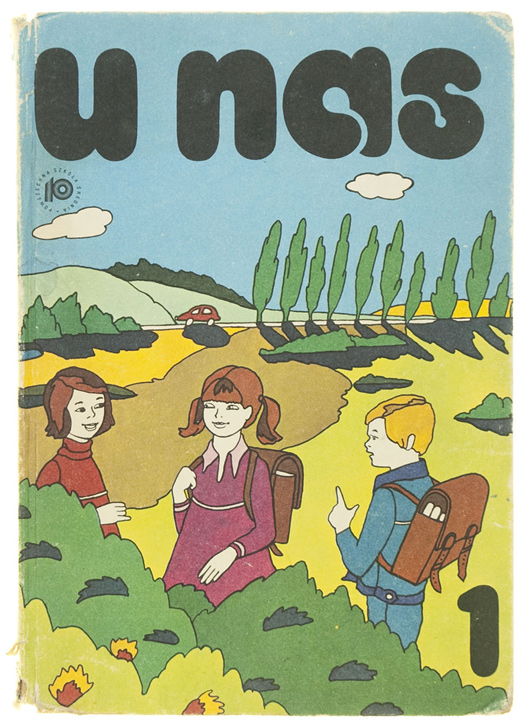 From U nas |Środowisko społeczno-przyrodnicze, 1978
Illustrators: Illus. by Elżbieta Procka, Jerzy Heintze, Mirosław Tokarczyk
From the collection of Hipopotam
From U nas |Środowisko społeczno-przyrodnicze, 1978
Illustrators: Illus. by Elżbieta Procka, Jerzy Heintze, Mirosław Tokarczyk
From the collection of Hipopotam
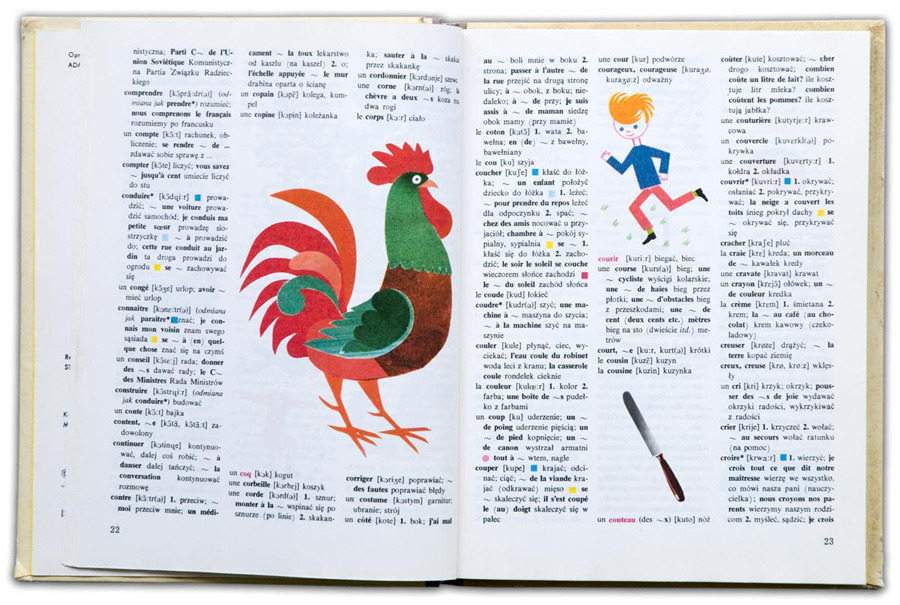 Illus. by Adam Kilian for French-Polish children's dictionary, 1979
From the collection of Hipopotam
Illus. by Adam Kilian for French-Polish children's dictionary, 1979
From the collection of Hipopotam Illus. by Jerzy Flisak for Niewiarygodne przygody Marka Piegusa, 1973
From the collection of Hipopotam
See the full series and also "The Wonderful Wizards of Wooj" parts one and two
See all posts tagged "Poland" on 50 Watts
Illus. by Jerzy Flisak for Niewiarygodne przygody Marka Piegusa, 1973
From the collection of Hipopotam
See the full series and also "The Wonderful Wizards of Wooj" parts one and two
See all posts tagged "Poland" on 50 Watts
 From Developmental Psychology Today, 1971Figure 20.8: "The adolescent may show a calm exterior, which often hides a raging inner turmoil."
Karl Nicholason, a key illustrator for Communications Research Machines (CRM) textbooks in the late 60s and early 70s, recently got in touch. Over the years I've posted many wild illustrations—including Karl's—from these books (see the series). Karl sent me a bunch of scans of his work, and I then scanned more from my own collection. I provided publication details whenever possible.
Bio from the publisher's page for Ptimothy Ptarmigan, a recent book illustrated by Nicholason:Karl Nicholason is a native Californian who has lived in Colorado on and off (here again, gone again) since 1960, including a stint as a student at The Art Institute of Colorado. He holds numerous awards for his illustrations including the Athena award for best four-color illustration, awards from the American Institute of Graphic Arts, the Saint Louis Art Directors Club (gold medal), the Philadelphia Art Directors Club (silver medal), and the Society of Publication Designers (merit award). One of his paintings resides in the Permanent Collection of Fine Art at the Western Colorado Center for the Arts.
In our back-and-forth, Karl gave a couple insights into how these books were received at the time (something I've long wondered about). He mentioned "Psych Today and CRM books were called the MAD magazine of textbooks and I was called 'Dial-A-Style' back then...so what." (Indeed.) Also: "Time and/or Newsweek did at least one article on us in, I don't remember, 69-70-71. They were pretty jealous of our working conditions and didn't hide it."
Stay tuned for another post on Phil Kirkland's CRM work.
From Developmental Psychology Today, 1971Figure 20.8: "The adolescent may show a calm exterior, which often hides a raging inner turmoil."
Karl Nicholason, a key illustrator for Communications Research Machines (CRM) textbooks in the late 60s and early 70s, recently got in touch. Over the years I've posted many wild illustrations—including Karl's—from these books (see the series). Karl sent me a bunch of scans of his work, and I then scanned more from my own collection. I provided publication details whenever possible.
Bio from the publisher's page for Ptimothy Ptarmigan, a recent book illustrated by Nicholason:Karl Nicholason is a native Californian who has lived in Colorado on and off (here again, gone again) since 1960, including a stint as a student at The Art Institute of Colorado. He holds numerous awards for his illustrations including the Athena award for best four-color illustration, awards from the American Institute of Graphic Arts, the Saint Louis Art Directors Club (gold medal), the Philadelphia Art Directors Club (silver medal), and the Society of Publication Designers (merit award). One of his paintings resides in the Permanent Collection of Fine Art at the Western Colorado Center for the Arts.
In our back-and-forth, Karl gave a couple insights into how these books were received at the time (something I've long wondered about). He mentioned "Psych Today and CRM books were called the MAD magazine of textbooks and I was called 'Dial-A-Style' back then...so what." (Indeed.) Also: "Time and/or Newsweek did at least one article on us in, I don't remember, 69-70-71. They were pretty jealous of our working conditions and didn't hide it."
Stay tuned for another post on Phil Kirkland's CRM work.
 From Society Today, 1971From Chapter 22: Religion as a social institution
From Society Today, 1971From Chapter 22: Religion as a social institution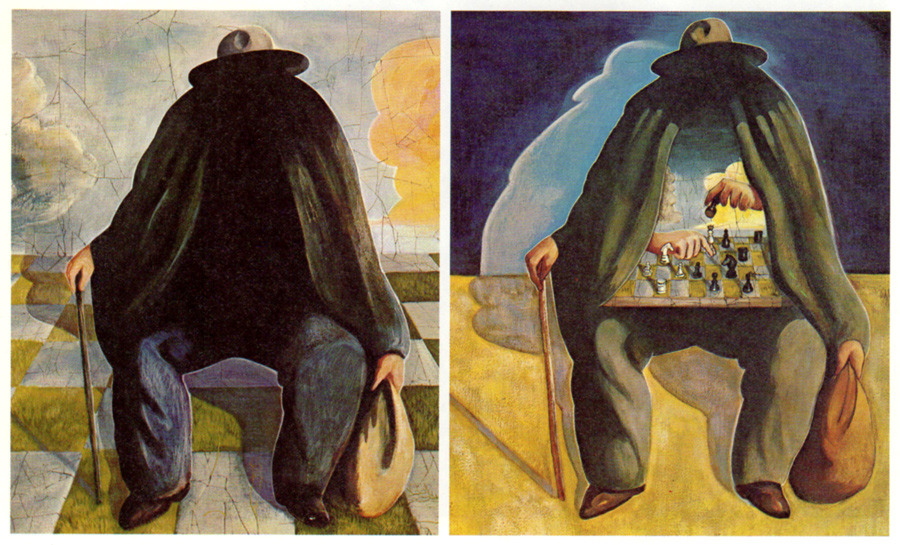 From Abnormal Psychology Today, 1972 (def. also used in another CRM textbook)Fig. 5.8: One important aim of existential psychotherapy is to help the person assume responsibility for his own actions, because only through accepting responsibility can the client create meaning in his own life. Different existential therapists, however, may use totally different approaches; the label "existential" represents a viewpoint, not a method. Frankl, for example, has developed the techniques of paradoxical intention and de-reflection, which he uses to help a client deal with neurotic disturbances. These methods, which are described in the chapter, help the individual to "control his own chess board" rather than being one of the pawns.
From Abnormal Psychology Today, 1972 (def. also used in another CRM textbook)Fig. 5.8: One important aim of existential psychotherapy is to help the person assume responsibility for his own actions, because only through accepting responsibility can the client create meaning in his own life. Different existential therapists, however, may use totally different approaches; the label "existential" represents a viewpoint, not a method. Frankl, for example, has developed the techniques of paradoxical intention and de-reflection, which he uses to help a client deal with neurotic disturbances. These methods, which are described in the chapter, help the individual to "control his own chess board" rather than being one of the pawns. From Psychology Today, 1970Illustrates the section "Agression Directed Inward"
From Psychology Today, 1970Illustrates the section "Agression Directed Inward" From Developmental Psychology Today, 1971"Figure 23.9: The revolutionary versus the patient."
From Developmental Psychology Today, 1971"Figure 23.9: The revolutionary versus the patient." From Abnormal Psychology Today, 1972section on personality disorders: "explosive" (top), "antisocial" (right), "obsessive-compulsive" (bottom), "explosive" (left)
From Abnormal Psychology Today, 1972section on personality disorders: "explosive" (top), "antisocial" (right), "obsessive-compulsive" (bottom), "explosive" (left) From Abnormal Psychology Today, 1972section on personality disorders: "paranoid" (top), "schizoid" (right), "cyclothymic" (bottom), "asthenic" (left)
From Abnormal Psychology Today, 1972section on personality disorders: "paranoid" (top), "schizoid" (right), "cyclothymic" (bottom), "asthenic" (left) From Abnormal Psychology Today, 1972section on personality disorders: "hysterical" (left), "cyclothymic" (right)
From Abnormal Psychology Today, 1972section on personality disorders: "hysterical" (left), "cyclothymic" (right) From Psychology Today, 1970Illustrates the section on homosexuality
From Psychology Today, 1970Illustrates the section on homosexuality From Society Today, 1971From Chapter 5: The demographic basis of society
From Society Today, 1971From Chapter 5: The demographic basis of society From Society Today, 1971From Chapter 12: The world of work
From Society Today, 1971From Chapter 12: The world of work From Society Today, 1971From Chapter 28: Knowledge and social structure
From Society Today, 1971From Chapter 28: Knowledge and social structure From Psychology Today, 1970Illustrates the section on personality disorders
From Psychology Today, 1970Illustrates the section on personality disorders Fig 26.8: "Sir Thomas More defied the British Parliament's Act of Supremacy, which had given control of the Church of England to King Henry VIII. His disobedience, expressed in this impassioned statement, cost him his life. Obedience to rules, laws, and commands are crucially important for the welfare of a social order, and disobedience to them may mean an overturn of that order—as in the American revolution." [From Robert Bolt, A Man for All Seasons]
Fig 26.8: "Sir Thomas More defied the British Parliament's Act of Supremacy, which had given control of the Church of England to King Henry VIII. His disobedience, expressed in this impassioned statement, cost him his life. Obedience to rules, laws, and commands are crucially important for the welfare of a social order, and disobedience to them may mean an overturn of that order—as in the American revolution." [From Robert Bolt, A Man for All Seasons]
 Fig 24.15: "The Bennington study by Newcomb revealed that these college students made a transition from identification with their families and homes to identification with the values they learned at college, and that their identification with the college reference group lasted long after they had graduated."
Fig 24.15: "The Bennington study by Newcomb revealed that these college students made a transition from identification with their families and homes to identification with the values they learned at college, and that their identification with the college reference group lasted long after they had graduated." "In Goffman's terms, this character is an actor; the people he will meet during the evening constitute his audience." (Quote from Hubert Selby, Jr., Last Exit to Brooklyn)"
"In Goffman's terms, this character is an actor; the people he will meet during the evening constitute his audience." (Quote from Hubert Selby, Jr., Last Exit to Brooklyn)"


 From Biology Today
From Biology Today From Psychology Today, 1970Illustrating (I think) the section titled "Organic Psychosis"
From Psychology Today, 1970Illustrating (I think) the section titled "Organic Psychosis" Illustrating "sequential causative factors" in psychopathology
Illustrating "sequential causative factors" in psychopathology From Abnormal Psychology Today, 1972
Illustrating section on low reliability of psychiatric diagnoses
From Abnormal Psychology Today, 1972
Illustrating section on low reliability of psychiatric diagnoses From Psychology Today, 1970Illustrating the section on psychoses
From Psychology Today, 1970Illustrating the section on psychoses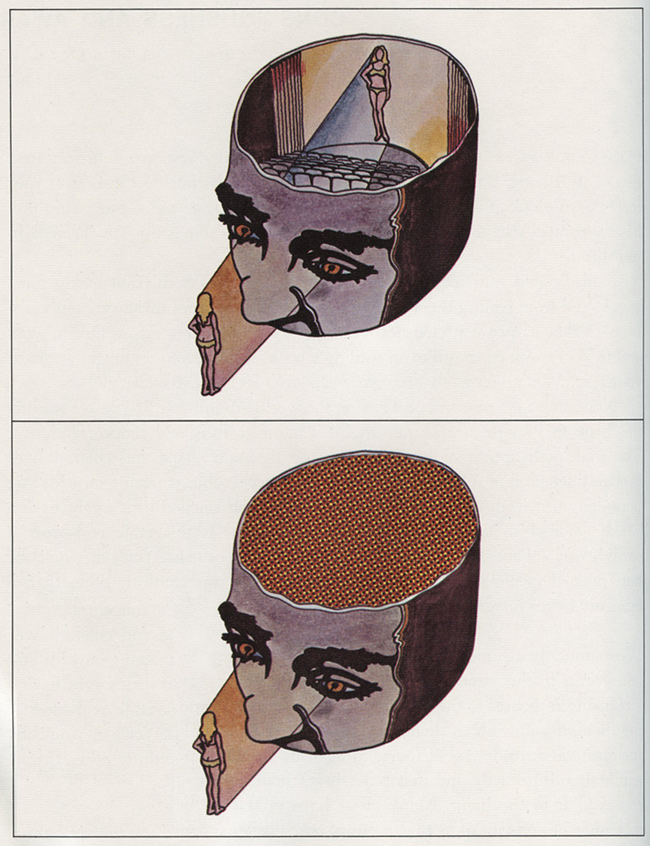 From Psychology Today, 1970"Figure 13.1: Our sensory systems do not transmit copies of the external world to an audience in the brain but rather perform complex encodings of information that are somehow interpreted in higher centers."
From Psychology Today, 1970"Figure 13.1: Our sensory systems do not transmit copies of the external world to an audience in the brain but rather perform complex encodings of information that are somehow interpreted in higher centers." From Society Today, 1971From Chapter 10: Youth and society
From Society Today, 1971From Chapter 10: Youth and society From Society Today, 1971From Chapter 3: Biology and society
From Society Today, 1971From Chapter 3: Biology and society From Society Today, 1971From Chapter 2: Basics concepts: the society game
From Society Today, 1971From Chapter 2: Basics concepts: the society game From Society Today, 1971From Chapter 11: Formal organizations
***
And some non-textbook illustrations from the same time period:
From Society Today, 1971From Chapter 11: Formal organizations
***
And some non-textbook illustrations from the same time period:
 silver medal for illustration at the Philadelphia Art Director's show in 1976
silver medal for illustration at the Philadelphia Art Director's show in 1976 "Film critics, like art critics, tend to reduce big visual ideas to little words. Leaning the other way, we sent artist Karl Nicholason to the Los Angeles press review of The Yellow Submarine. This is his review."
"Film critics, like art critics, tend to reduce big visual ideas to little words. Leaning the other way, we sent artist Karl Nicholason to the Los Angeles press review of The Yellow Submarine. This is his review." "Nixon of Arc," Psychology Today magazine
"Nixon of Arc," Psychology Today magazine
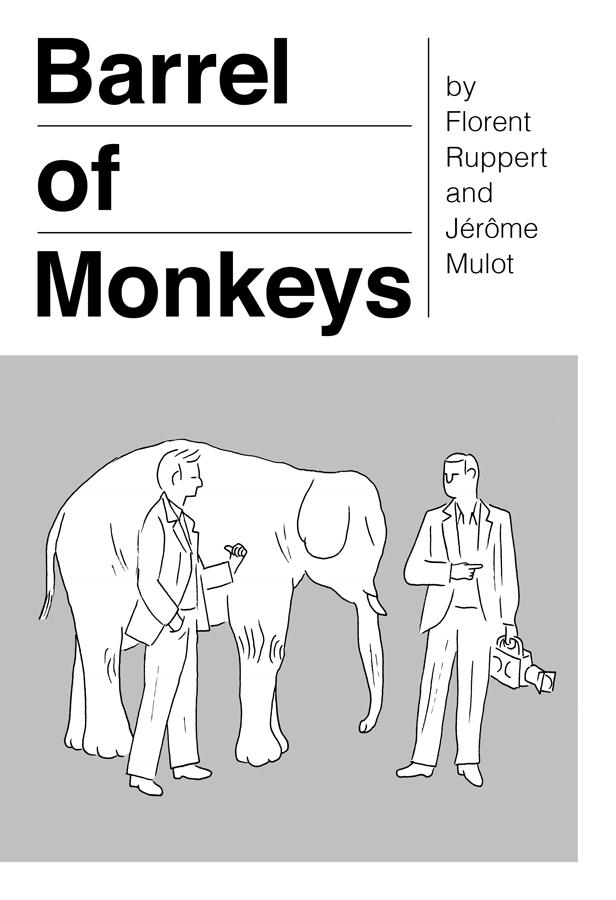 Bill Kartalopoulos' new publishing venture Rebus Books (website / tumblr) has just launched with Barrel of Monkeys by Ruppert & Mulot.Winner of the Prix Révélation at the Festival International de la Bande Dessinée d'Angoulême. The first book of comics in English by Florent Ruppert and Jérôme Mulot, easily among the most important cartoonists to emerge in a generation. This translated edition has been hand-lettered by Jérôme Mulot for maximum fidelity. Strong, innovative, provocative work. See the preview video.
Here's a random selection of images from the book — the book you need to buy immediately so we can get more books from Ruppert & Mulot and Rebus:
Bill Kartalopoulos' new publishing venture Rebus Books (website / tumblr) has just launched with Barrel of Monkeys by Ruppert & Mulot.Winner of the Prix Révélation at the Festival International de la Bande Dessinée d'Angoulême. The first book of comics in English by Florent Ruppert and Jérôme Mulot, easily among the most important cartoonists to emerge in a generation. This translated edition has been hand-lettered by Jérôme Mulot for maximum fidelity. Strong, innovative, provocative work. See the preview video.
Here's a random selection of images from the book — the book you need to buy immediately so we can get more books from Ruppert & Mulot and Rebus:
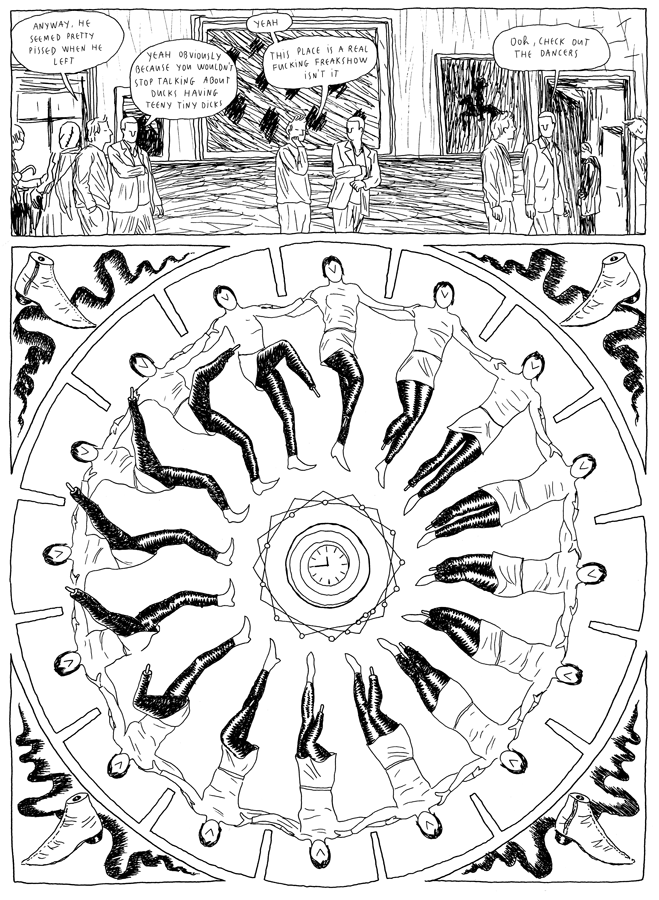 click through for animated phenakistoscopes!
click through for animated phenakistoscopes!
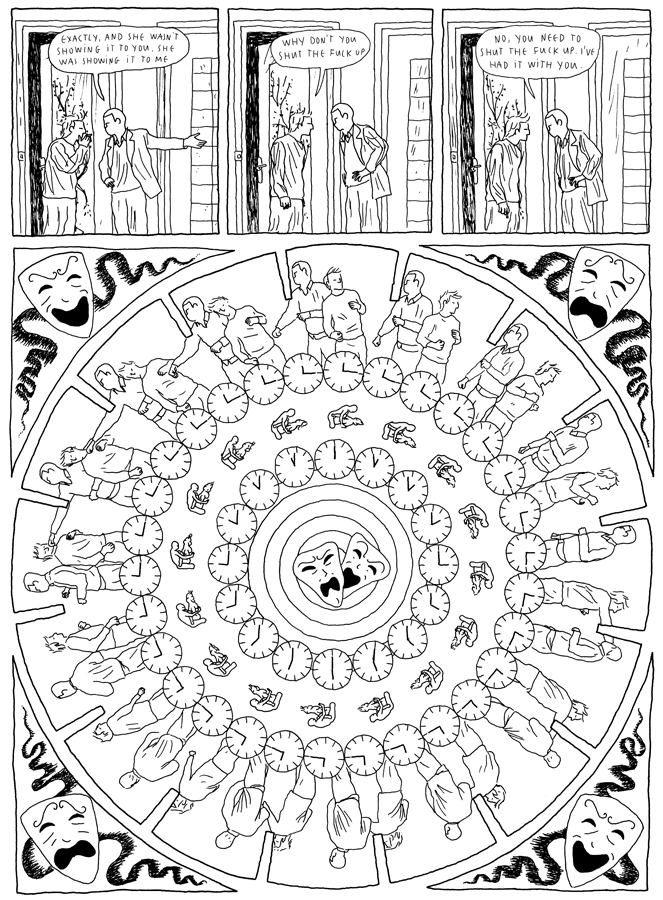
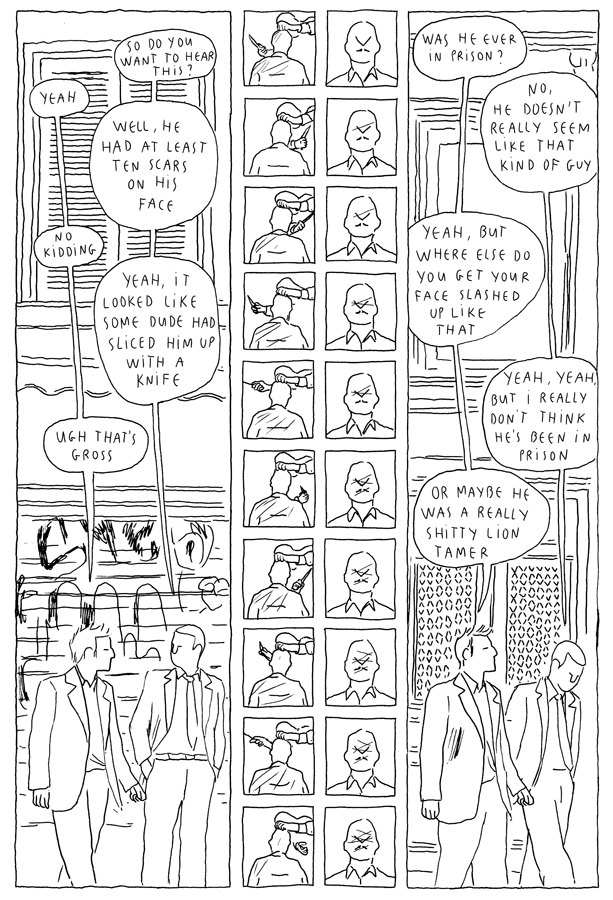
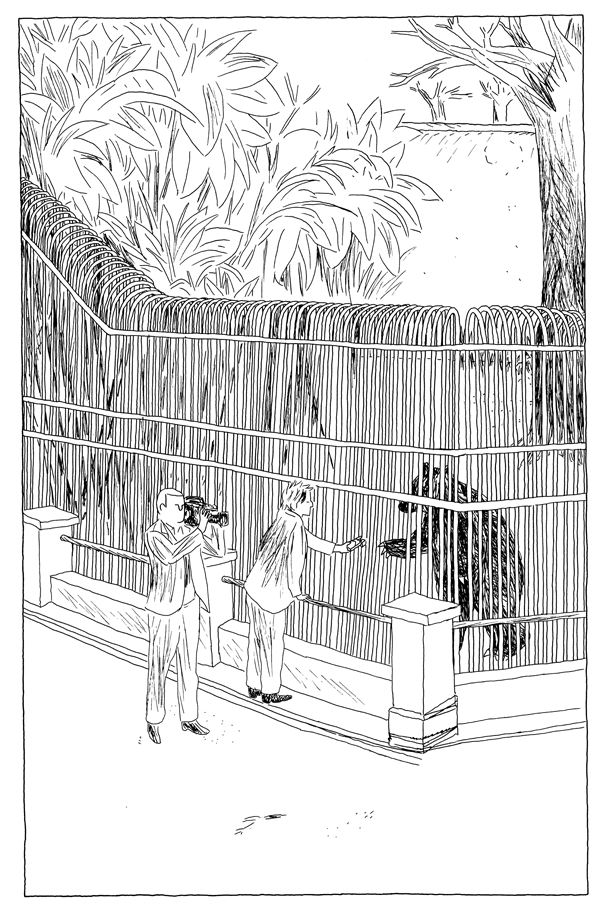
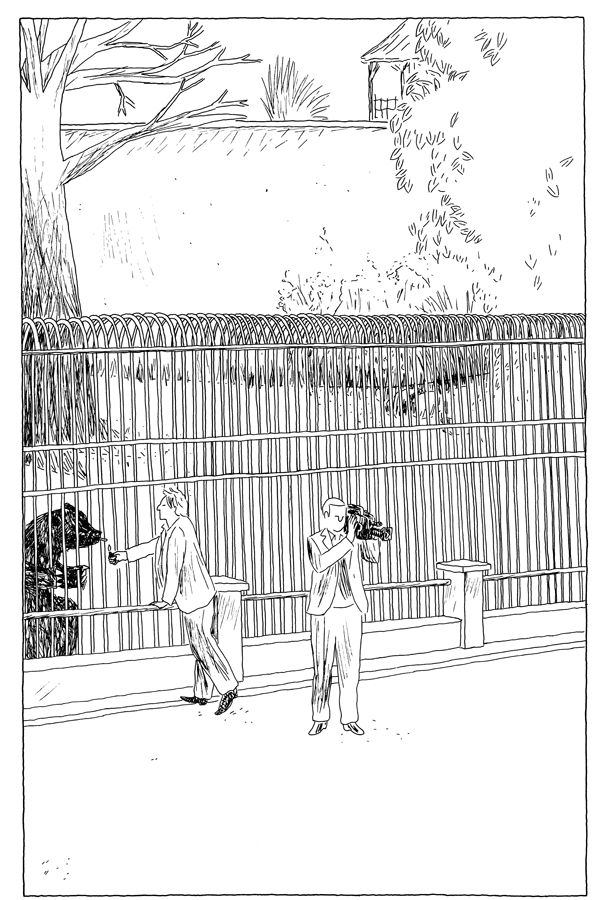 Phenakistoscope mania, watch it:
LE PETIT THÉÂTRE DE L'ÉBRIÉTÉ
And here are some other images by Ruppert & Mulot:
Phenakistoscope mania, watch it:
LE PETIT THÉÂTRE DE L'ÉBRIÉTÉ
And here are some other images by Ruppert & Mulot: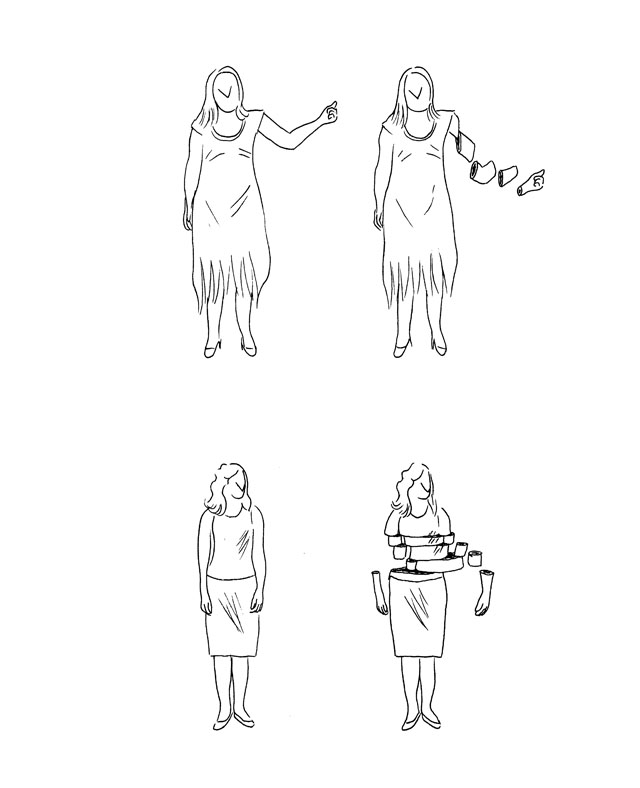 decoupe
decoupe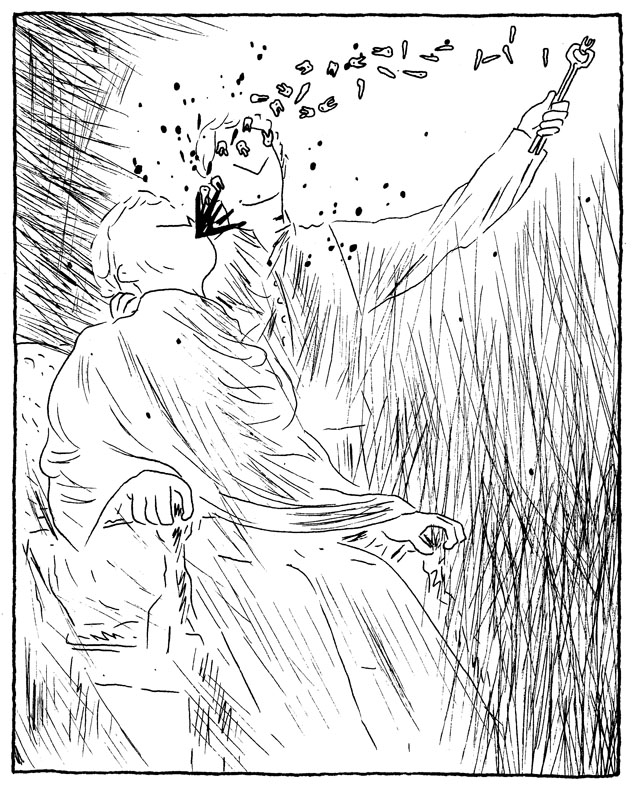 les dents
les dents more
more
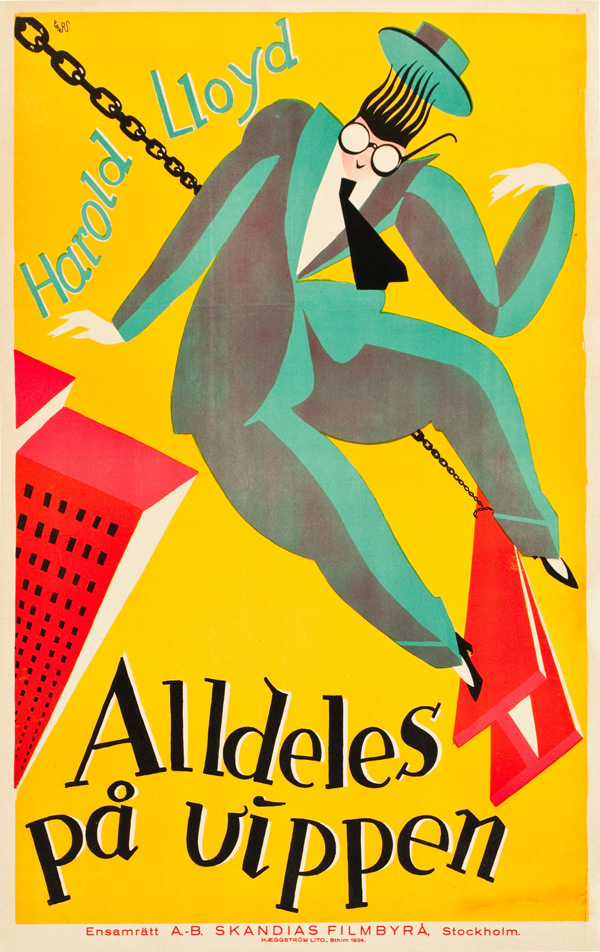 Safety Last! (Skandias, 1924)
Here is my long-threatened sequel to "20 Swedish Posters for 1930s Hollywood." This time the posters range from the silent era through the 40s. Many of the posters are the work of designers Eric Rohman and Gösta Åberg (I gave credits whenever possible).
Most of the scans are from expired auction listings at HA.
Also see Hallå!: 25 Vintage Posters from Sweden.
Safety Last! (Skandias, 1924)
Here is my long-threatened sequel to "20 Swedish Posters for 1930s Hollywood." This time the posters range from the silent era through the 40s. Many of the posters are the work of designers Eric Rohman and Gösta Åberg (I gave credits whenever possible).
Most of the scans are from expired auction listings at HA.
Also see Hallå!: 25 Vintage Posters from Sweden.
 Flying Pat (Famous Players Lasky, 1920)
artist: Håkansson
Flying Pat (Famous Players Lasky, 1920)
artist: Håkansson
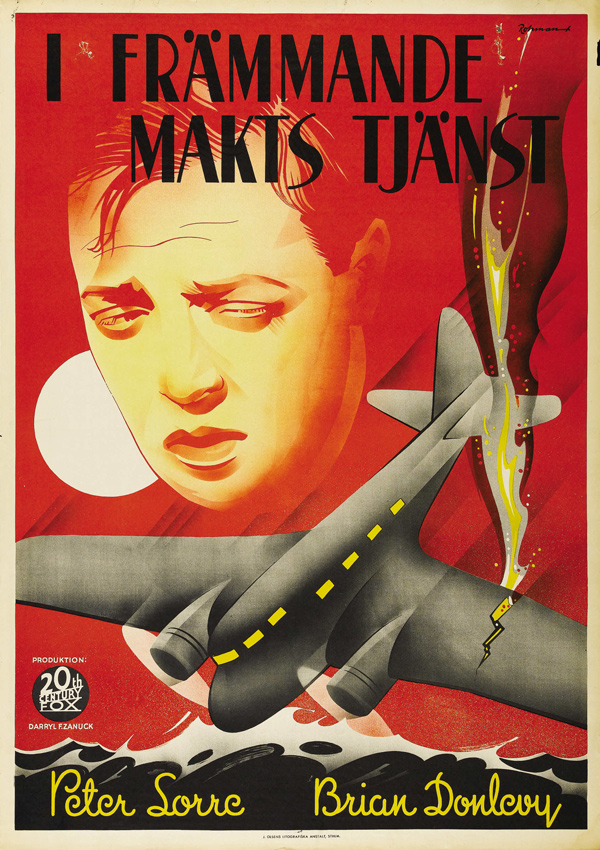 Crack-Up (20th Century Fox, 1936)
artist: Eric Rohman
Crack-Up (20th Century Fox, 1936)
artist: Eric Rohman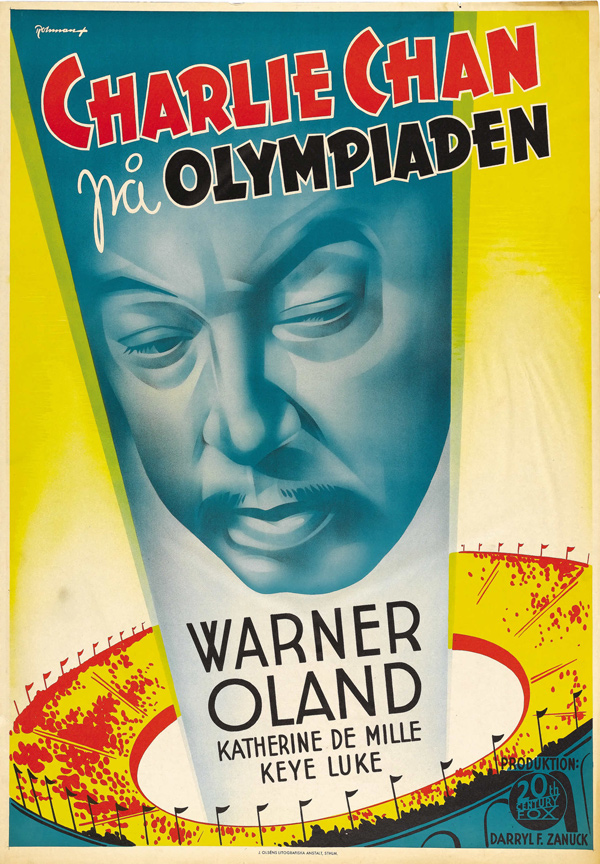 Charlie Chan at the Olympics (20th Century Fox, 1937)
artist: Eric Rohman
Charlie Chan at the Olympics (20th Century Fox, 1937)
artist: Eric Rohman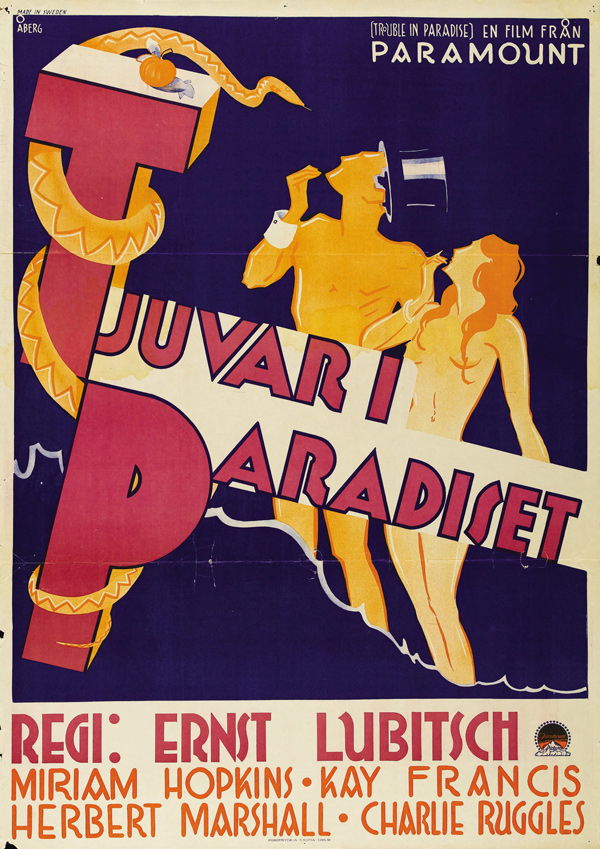 Trouble in Paradise (Paramount, 1932)
artist: Gösta Åberg
(one of my favorite movies)
Trouble in Paradise (Paramount, 1932)
artist: Gösta Åberg
(one of my favorite movies)
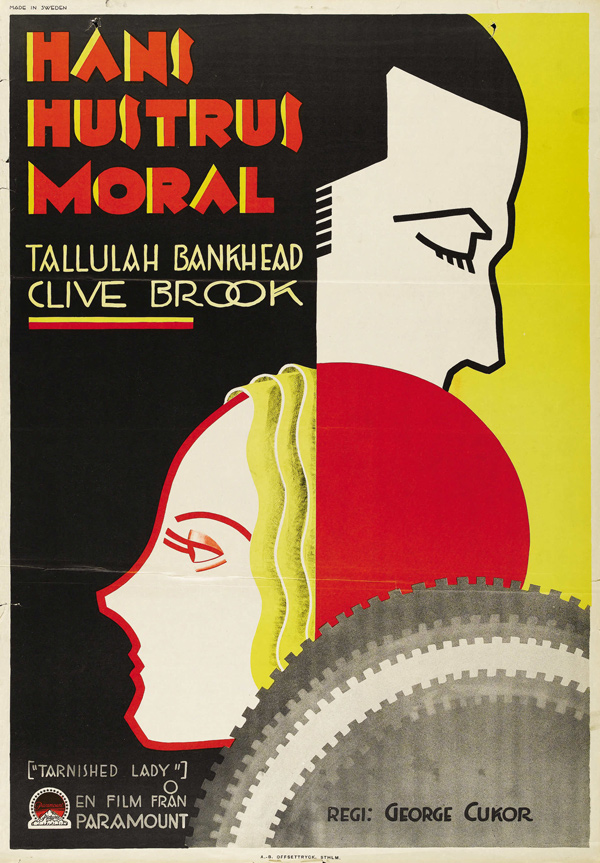 Tarnished Lady (Paramount, 1931)
Tarnished Lady (Paramount, 1931)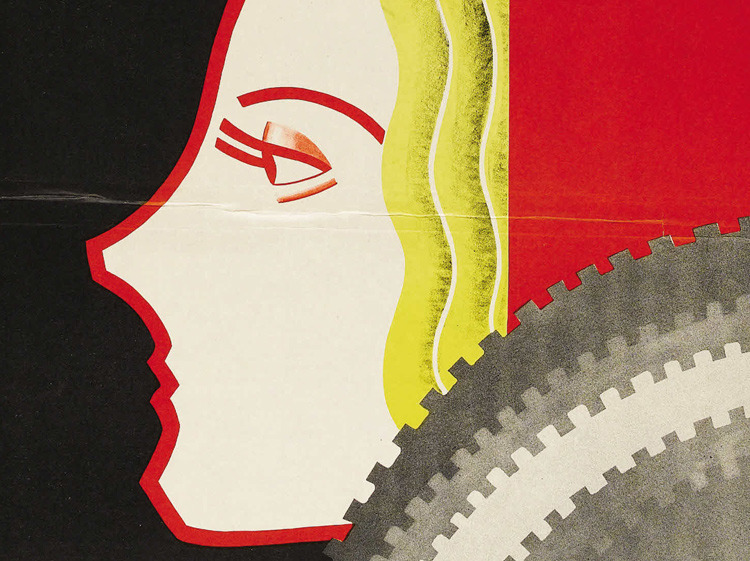 detail
detail Anna Christie (MGM, 1930)
artist: Eric Rohman
Anna Christie (MGM, 1930)
artist: Eric Rohman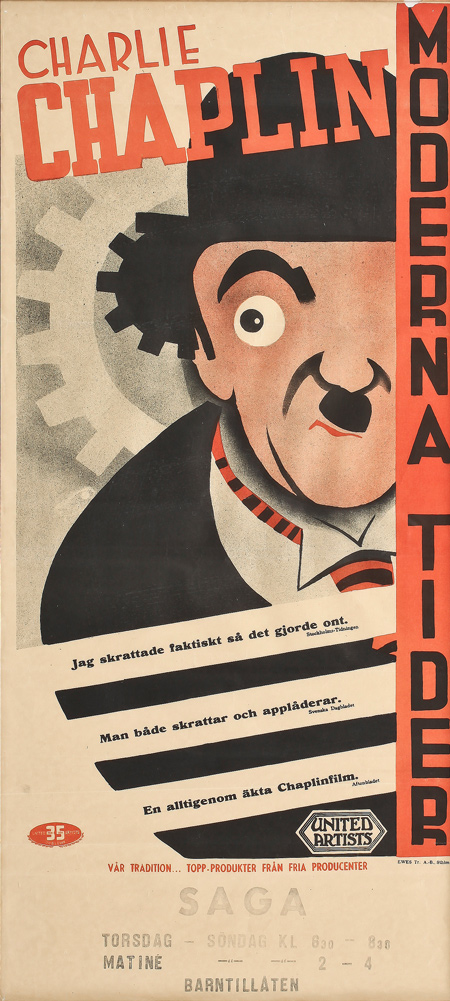 Modern Times, 1936
Modern Times, 1936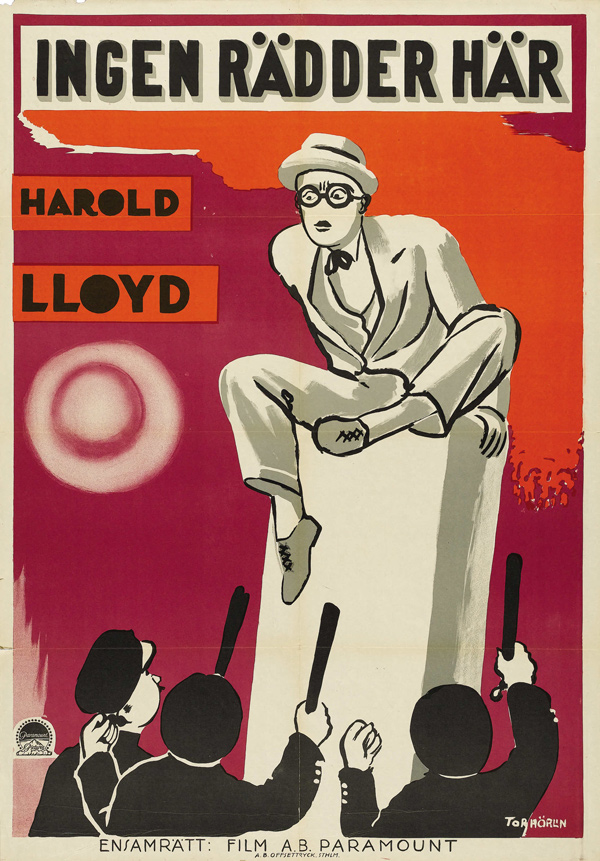 Harold Lloyd poster, 1933
artist: Tor Hörlin
Harold Lloyd poster, 1933
artist: Tor Hörlin
 The Killers (Universal, 1946)
artist: Martin Gavler (I learned from Martin Klasch)
The Killers (Universal, 1946)
artist: Martin Gavler (I learned from Martin Klasch)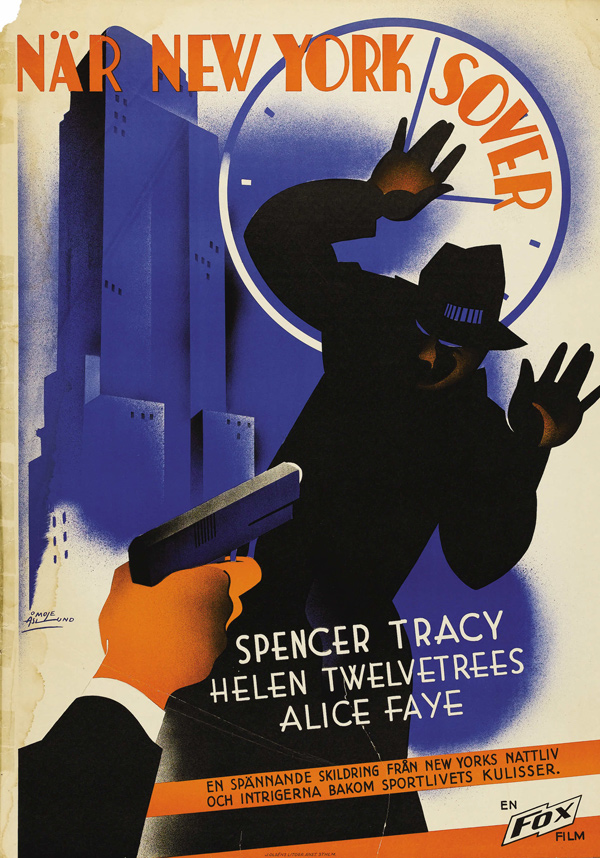 Now I'll Tell (Fox, 1934)
artist: Aslund
Now I'll Tell (Fox, 1934)
artist: Aslund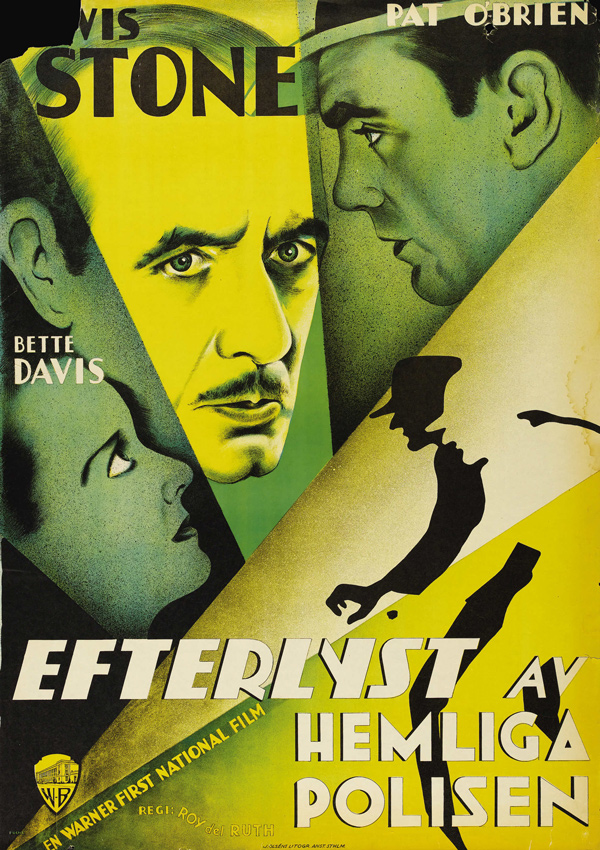 Bureau of Missing Persons (Warner Brothers, First National, 1933)
artist: Fuchs
Bureau of Missing Persons (Warner Brothers, First National, 1933)
artist: Fuchs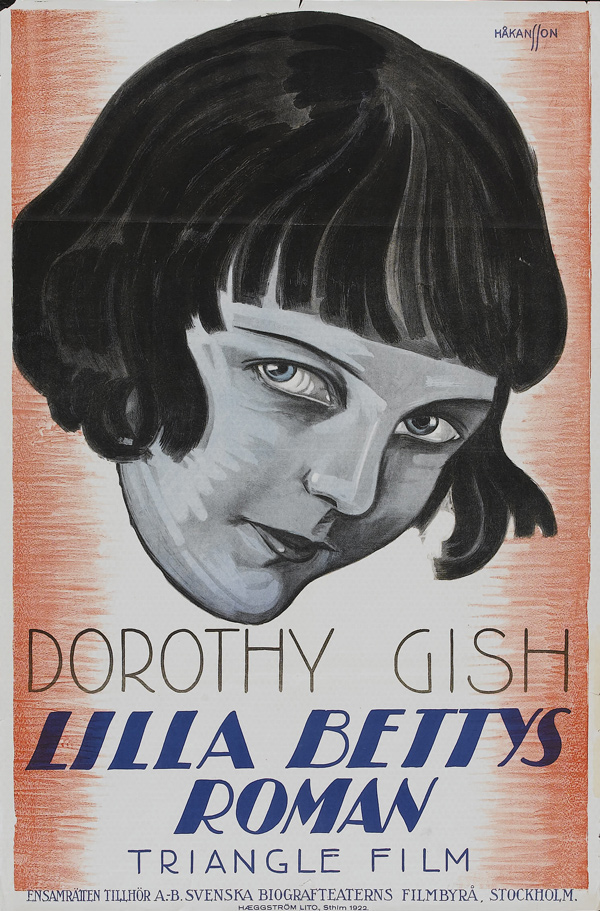 Betty of Greystone (Triangle, 1916)
artist: Håkansson
Betty of Greystone (Triangle, 1916)
artist: Håkansson
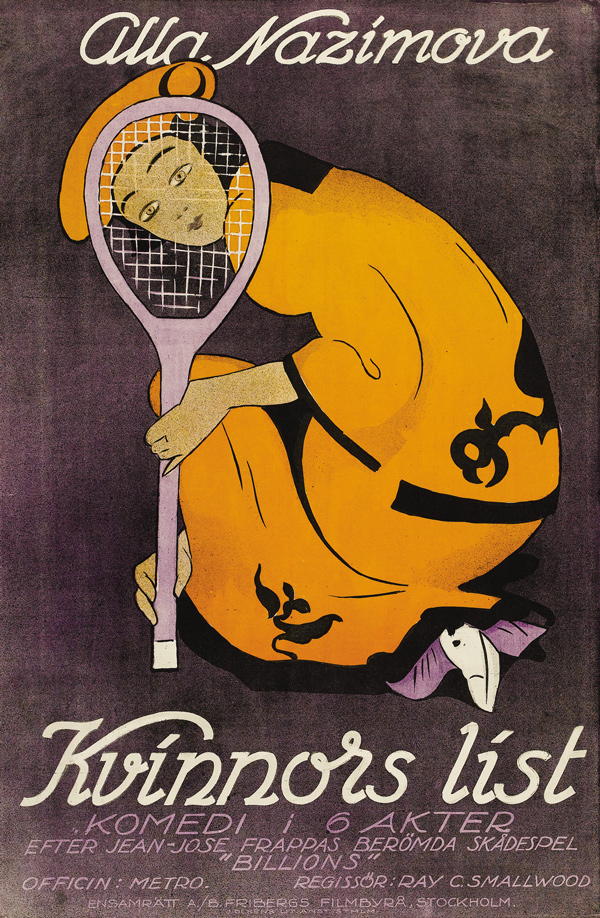 Billions (Metro, 1920)
Billions (Metro, 1920)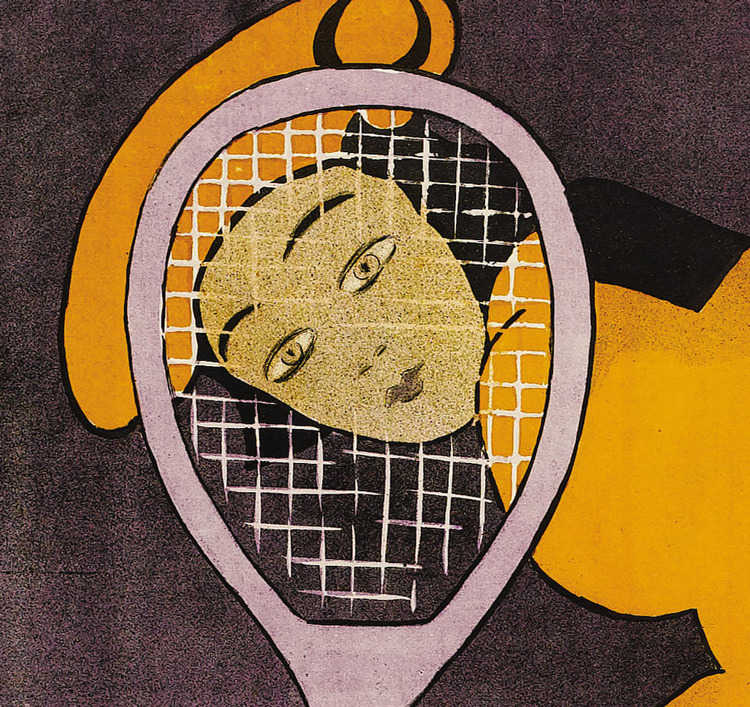 detail
detail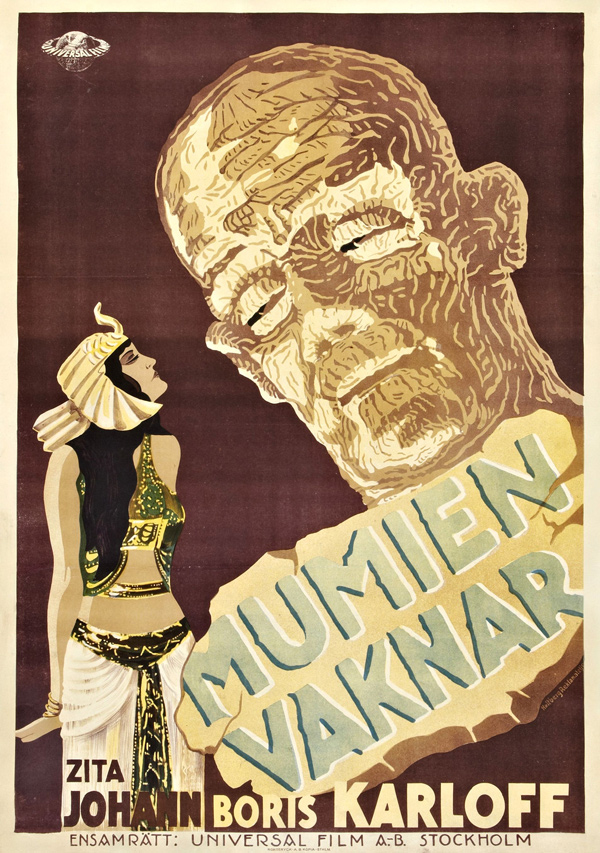 The Mummy, 1929
via Martin Klasch
The Mummy, 1929
via Martin Klasch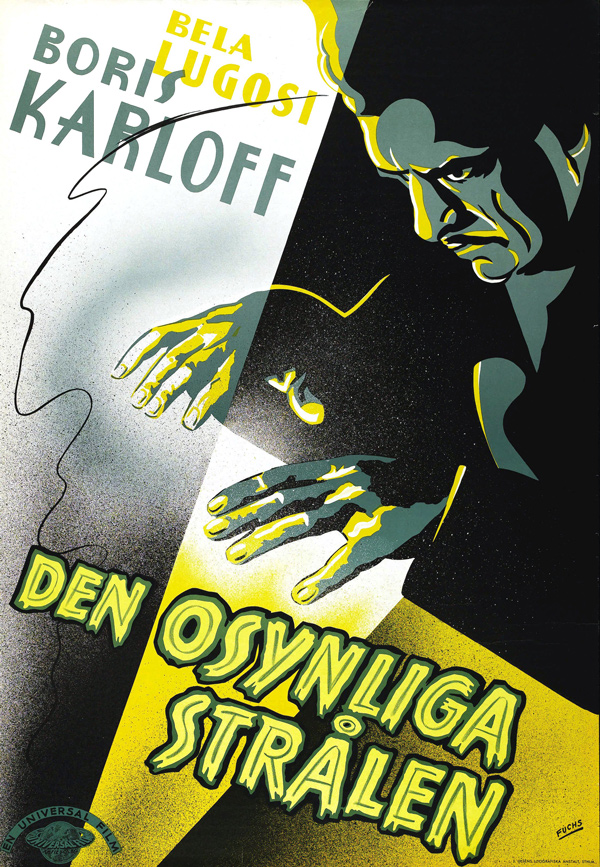 The Invisible Ray, 1936
artist: Fuchs
via Martin Klasch
The Invisible Ray, 1936
artist: Fuchs
via Martin Klasch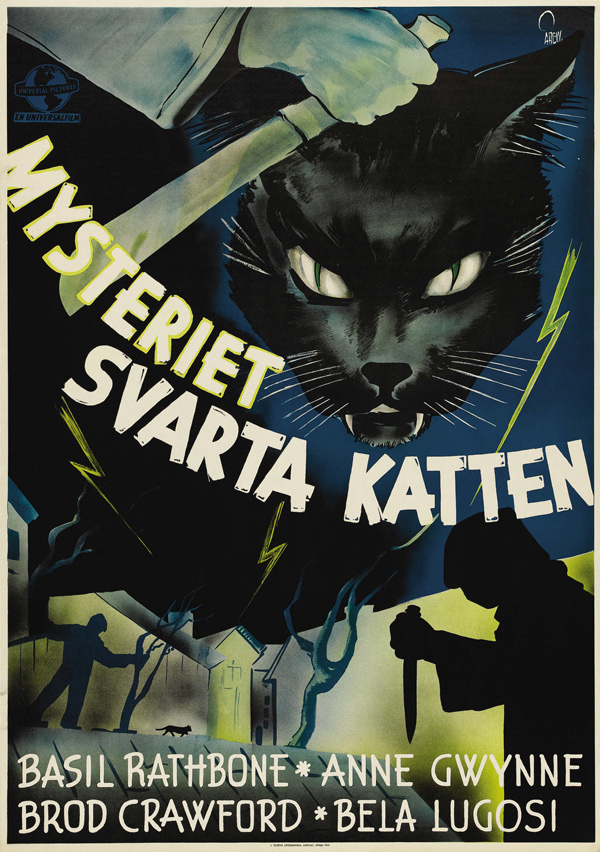 The Black Cat (Universal, 1941)
artist: Gösta Åberg
The Black Cat (Universal, 1941)
artist: Gösta Åberg
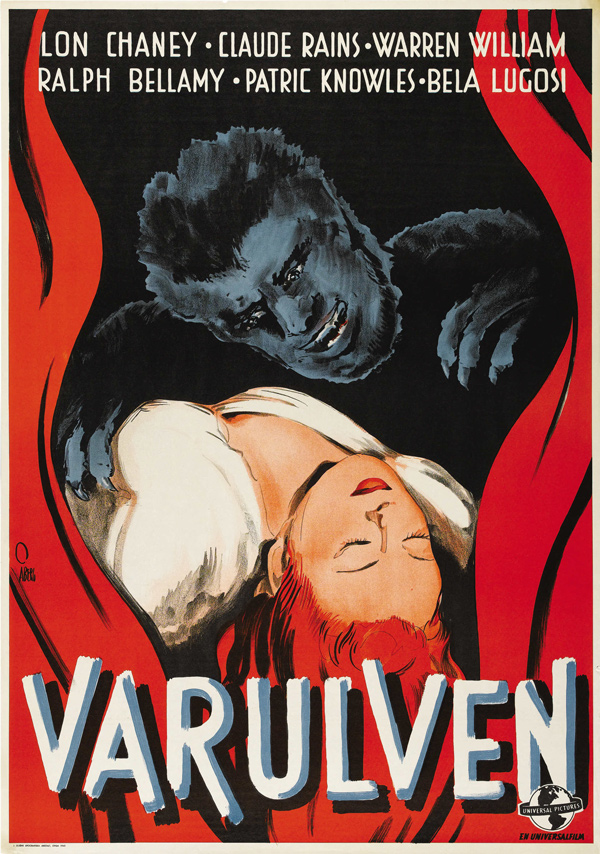 The Wolf Man (Universal, 1943)
artist: Gösta Åberg
The Wolf Man (Universal, 1943)
artist: Gösta Åberg
 Mystery of Edwin Drood (Universal, 1935)
Mystery of Edwin Drood (Universal, 1935)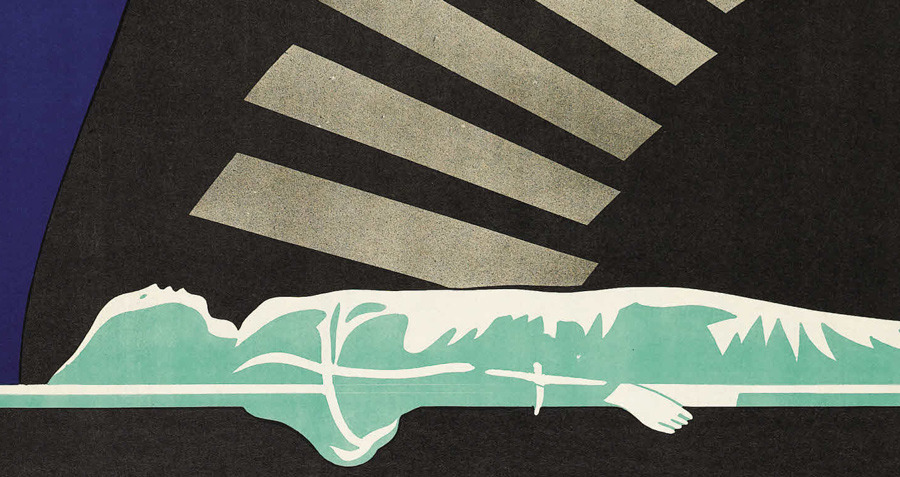 detail
detail The Dragon Murder Case (Warner Brothers, 1934)
artist: Gösta Åberg
The Dragon Murder Case (Warner Brothers, 1934)
artist: Gösta Åberg
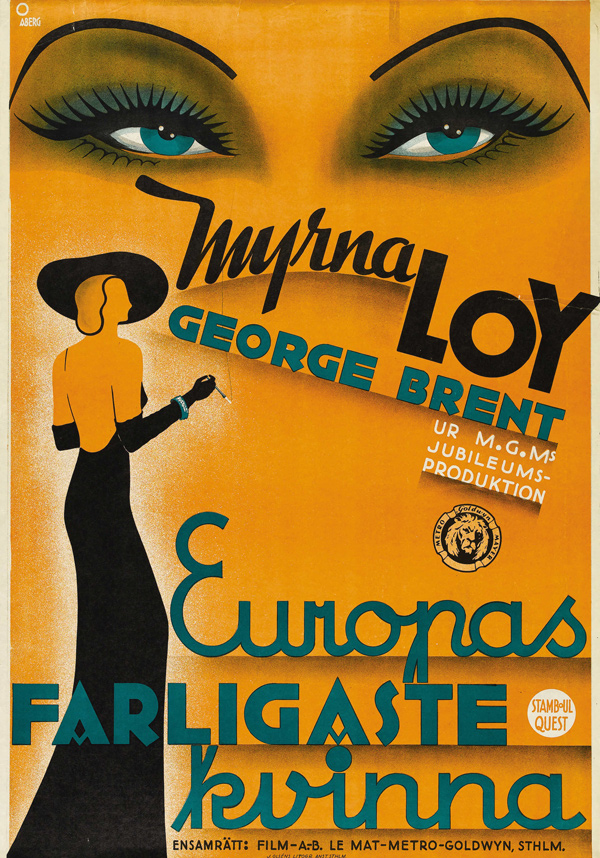 Stamboul Quest (MGM, 1934)
artist: Gösta Åberg
Stamboul Quest (MGM, 1934)
artist: Gösta Åberg
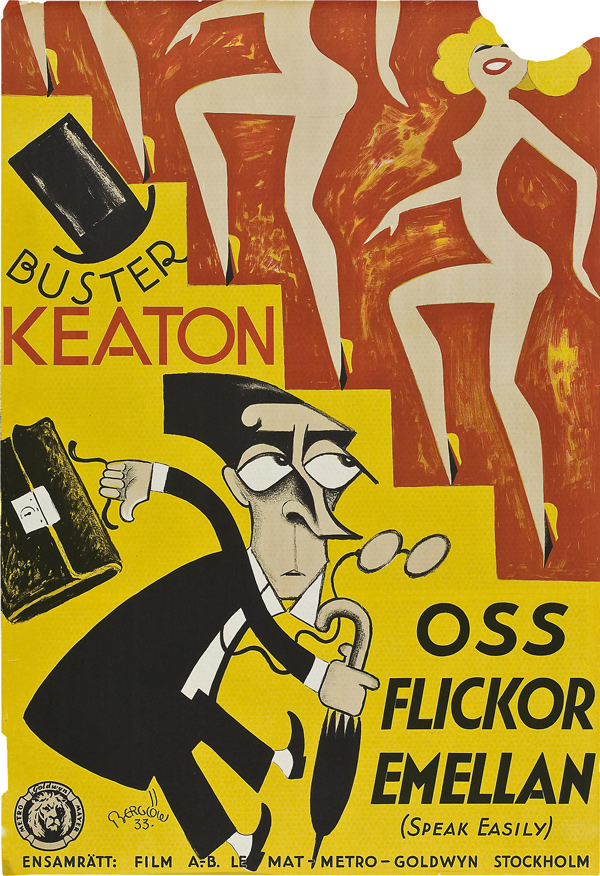 Speak Easily (MGM, 1932)
artist: Carl Gustav Berglow
Speak Easily (MGM, 1932)
artist: Carl Gustav Berglow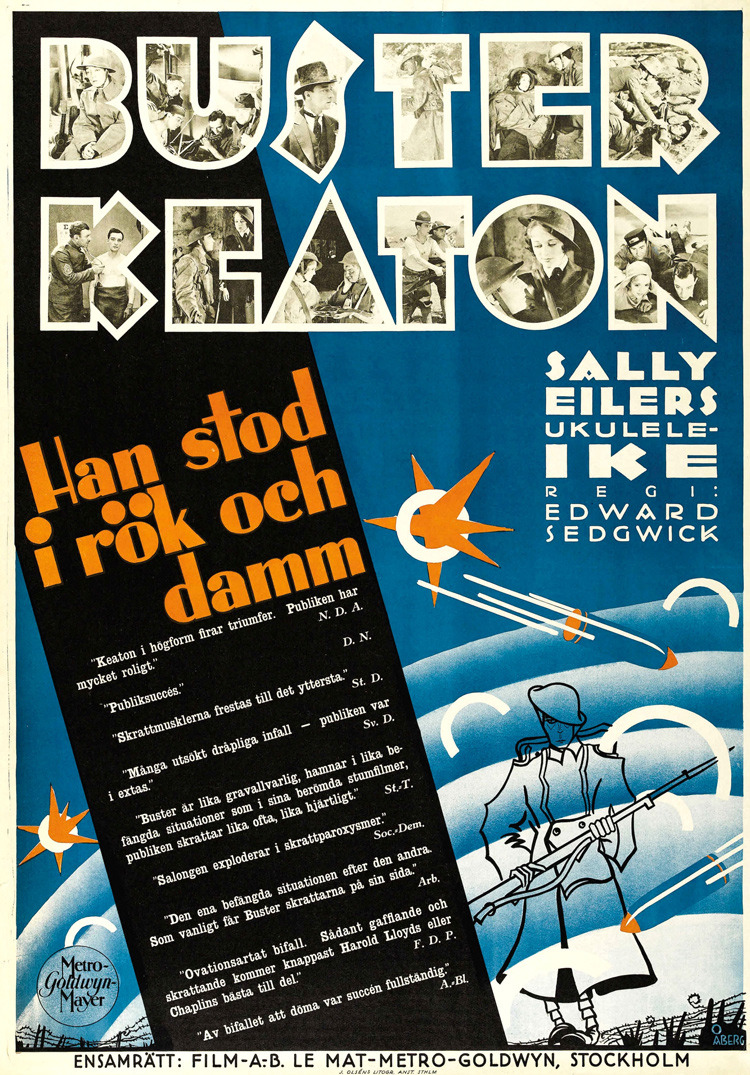 Doughboys (MGM, 1930)
artist: Gösta Åberg
nice Buster Keaton font
Doughboys (MGM, 1930)
artist: Gösta Åberg
nice Buster Keaton font
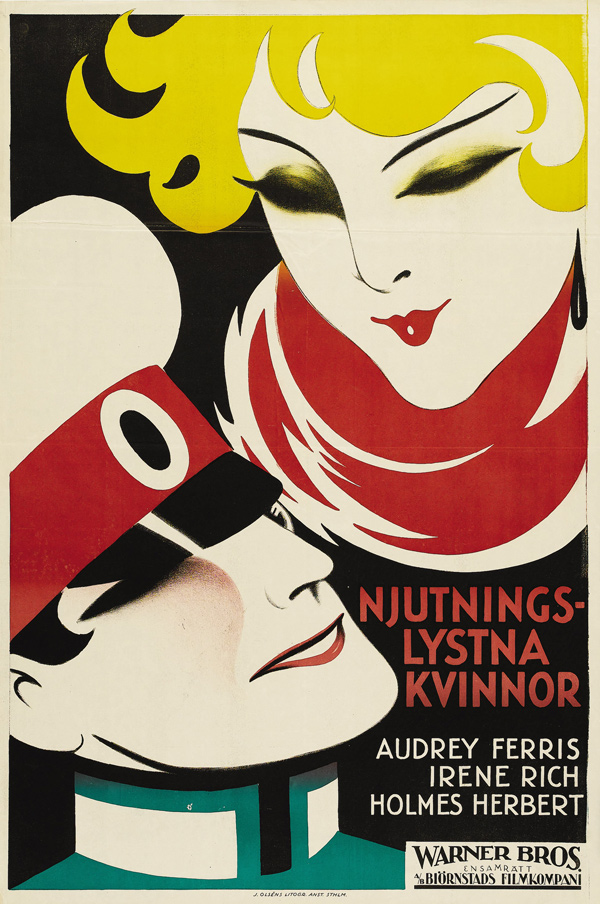 The Silver Slave (Warner Brothers, 1927)
The Silver Slave (Warner Brothers, 1927) We Have Our Moments (Universal, 1937)
artist: Gösta Åberg
We Have Our Moments (Universal, 1937)
artist: Gösta Åberg
 Words and Music (Fox, 1929)
artist: Eric Rohman
Words and Music (Fox, 1929)
artist: Eric Rohman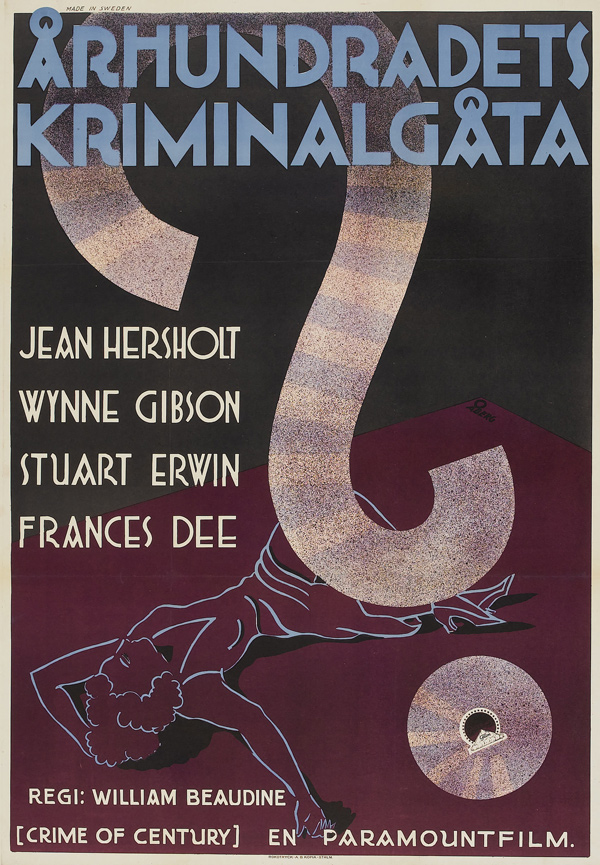 The Crime of the Century (Paramount, 1933)
artist: Gösta Åberg
The Crime of the Century (Paramount, 1933)
artist: Gösta Åberg
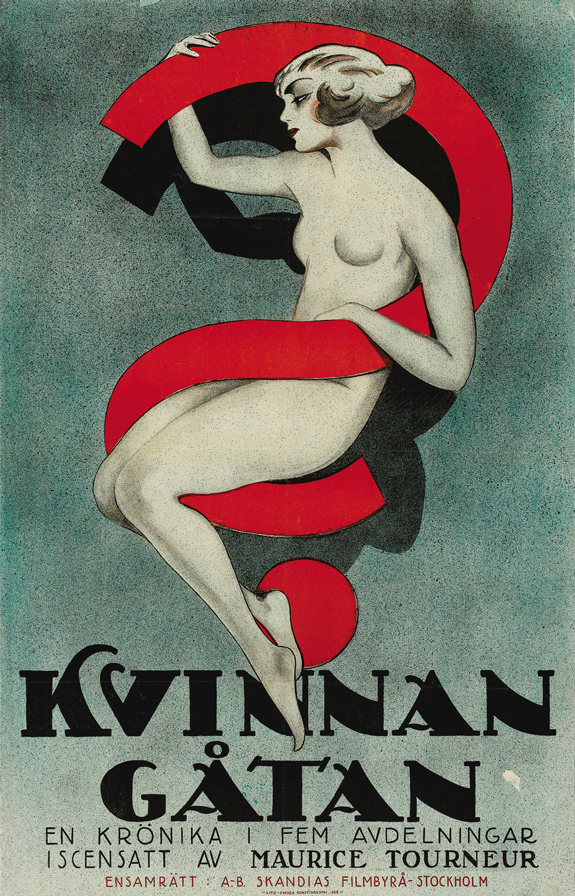 Woman (Hiller & Wick, 1918)
Woman (Hiller & Wick, 1918)